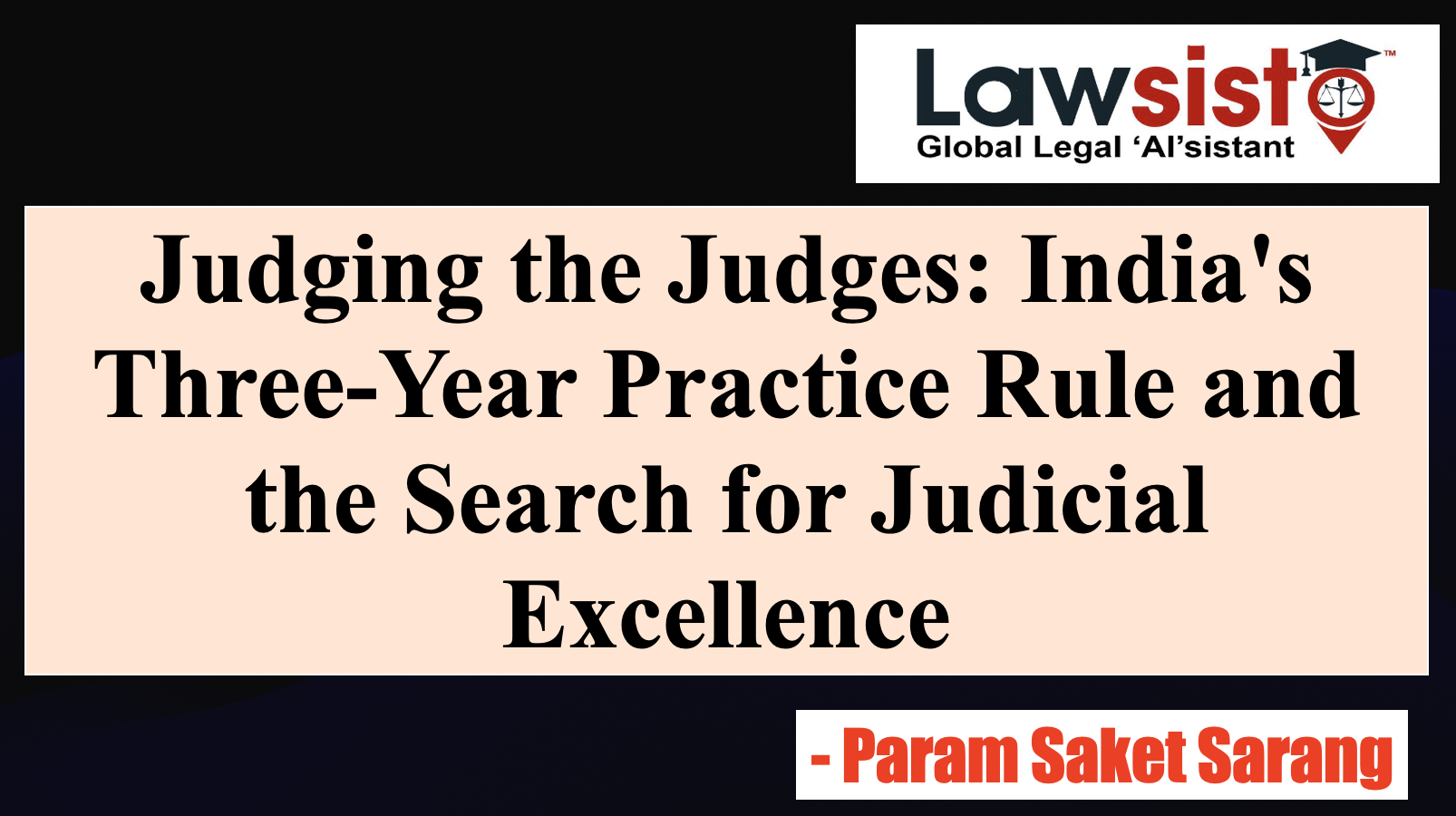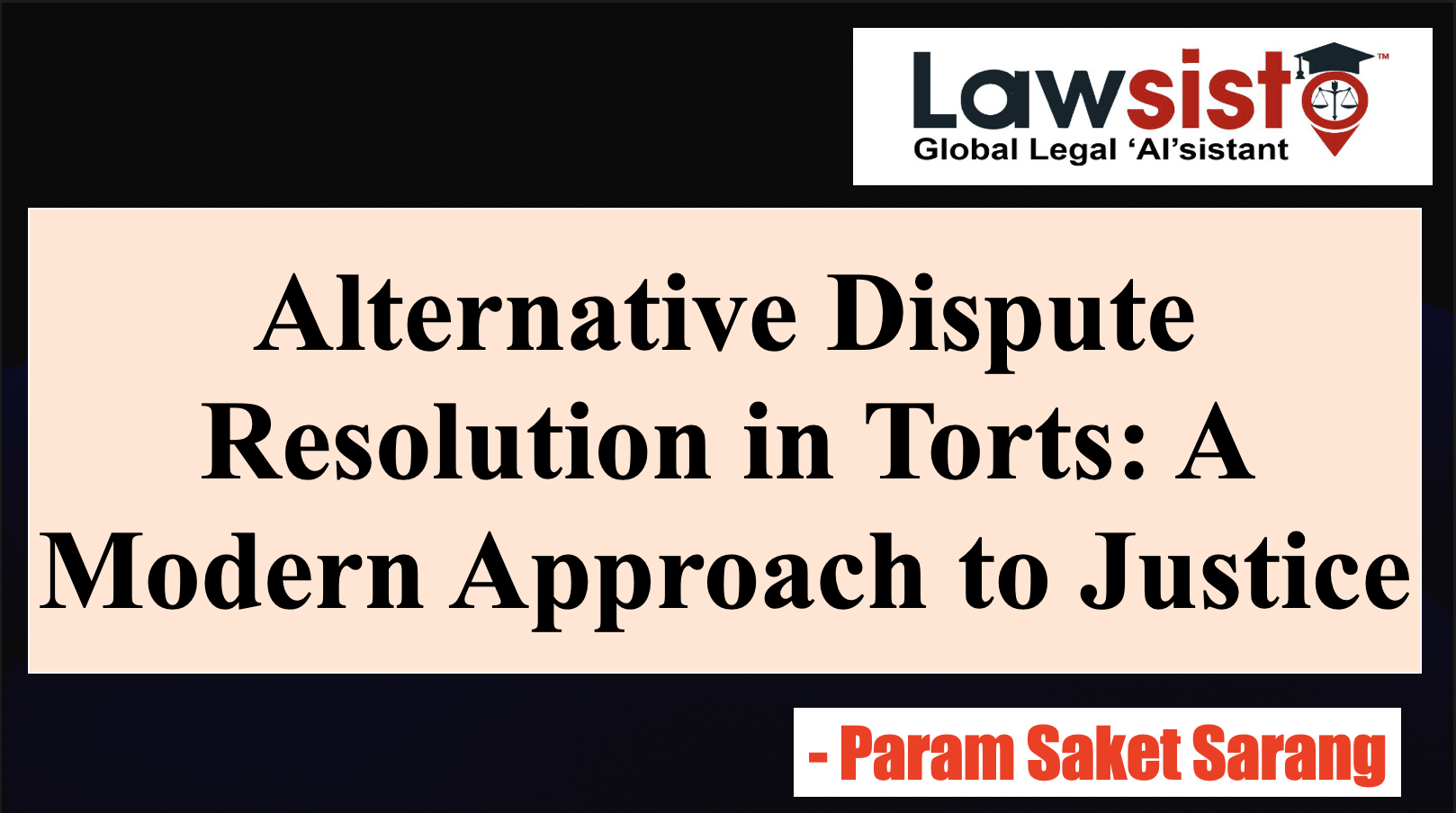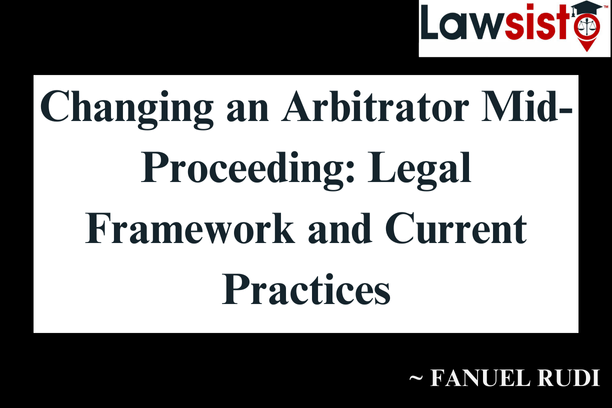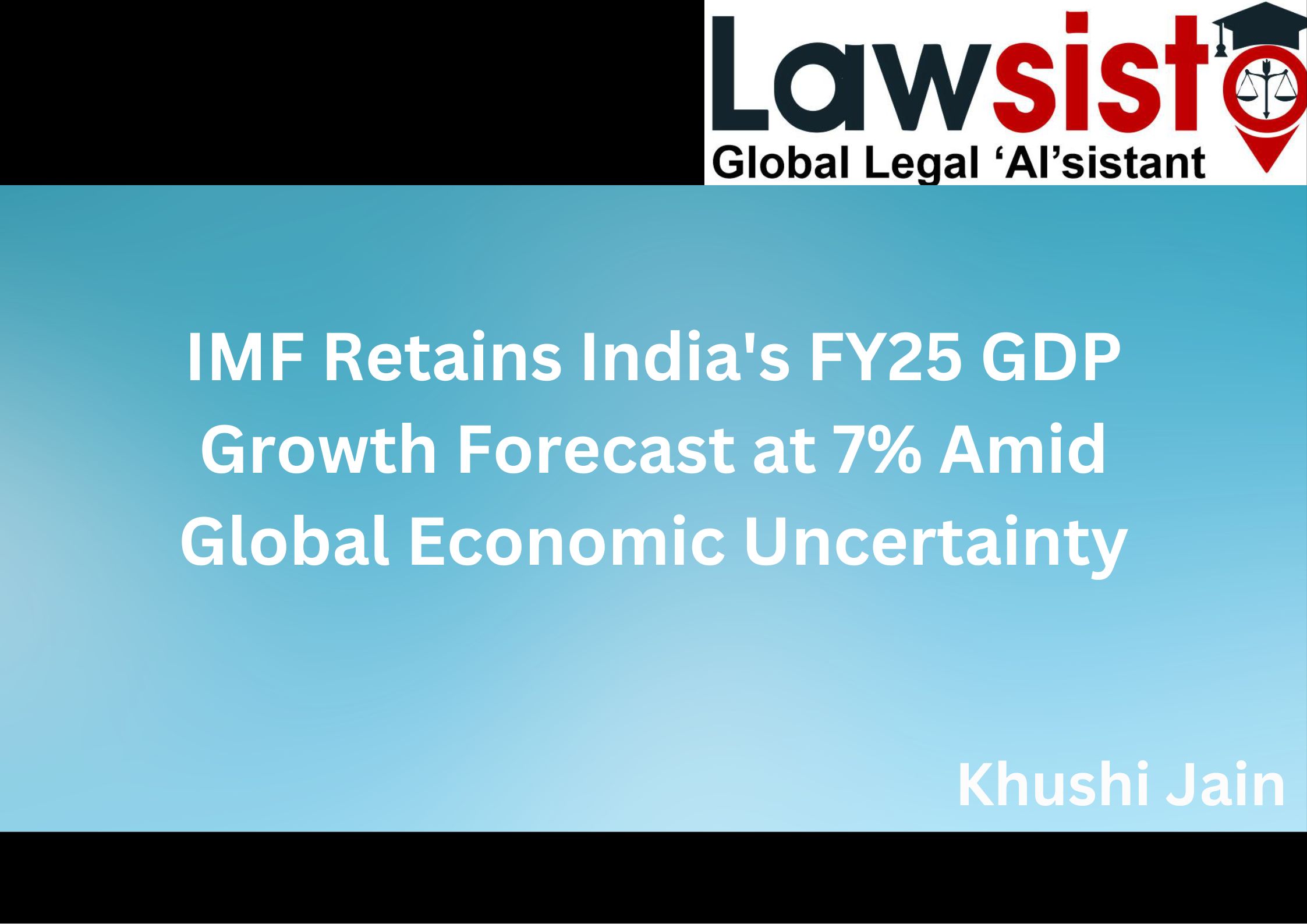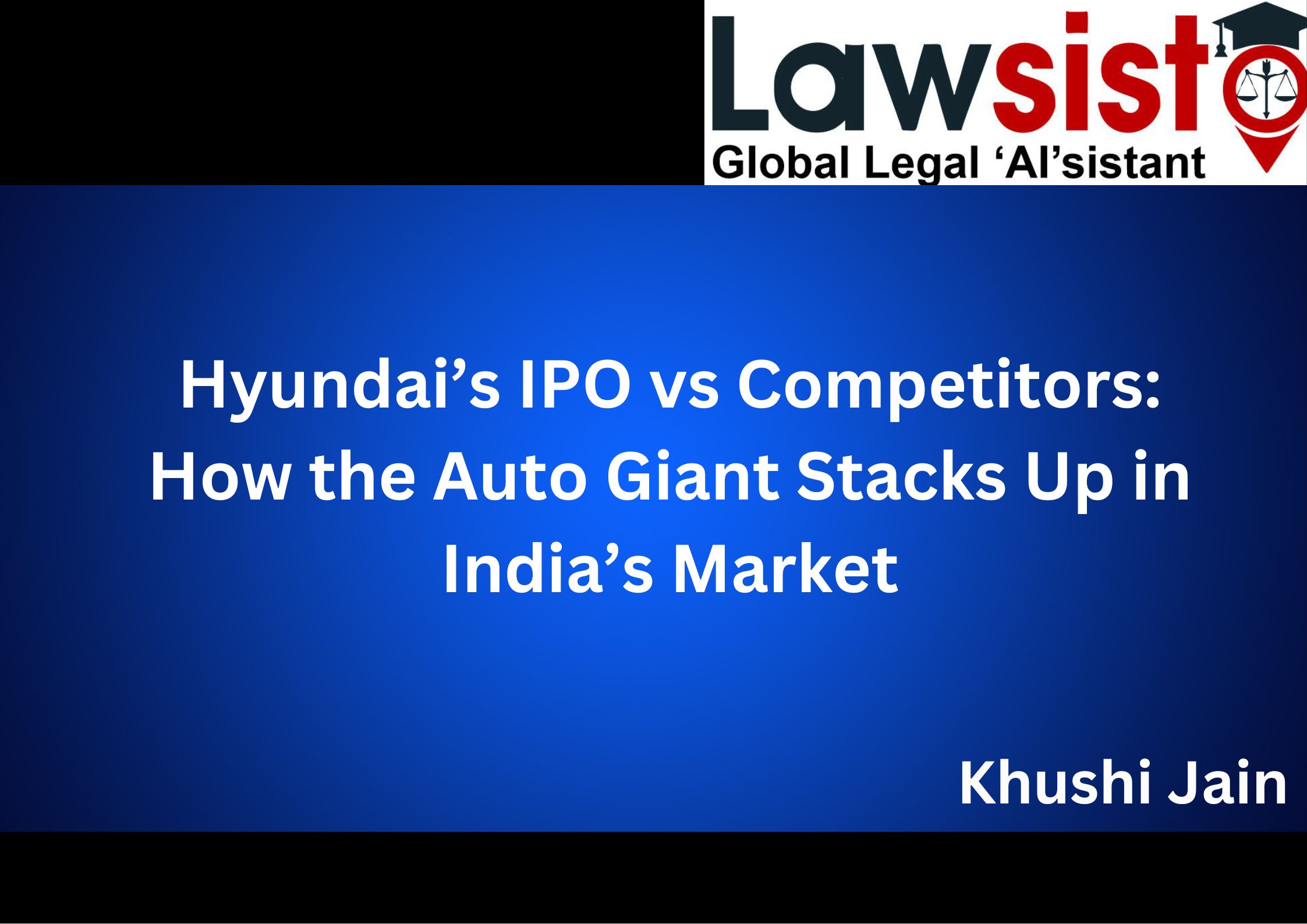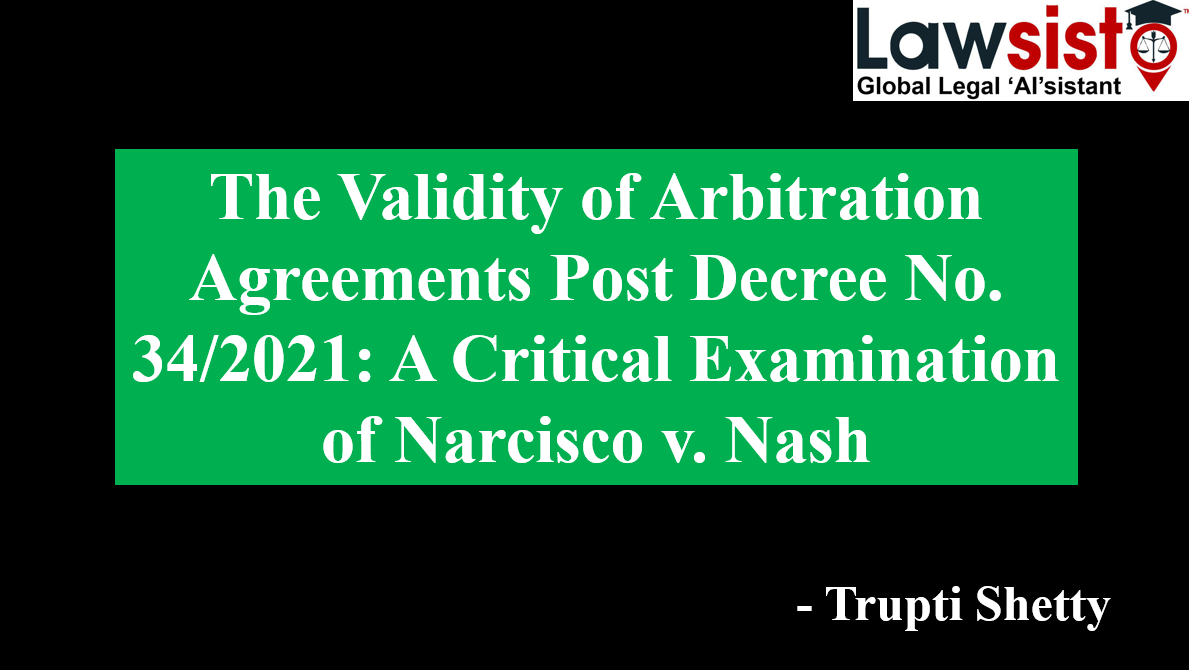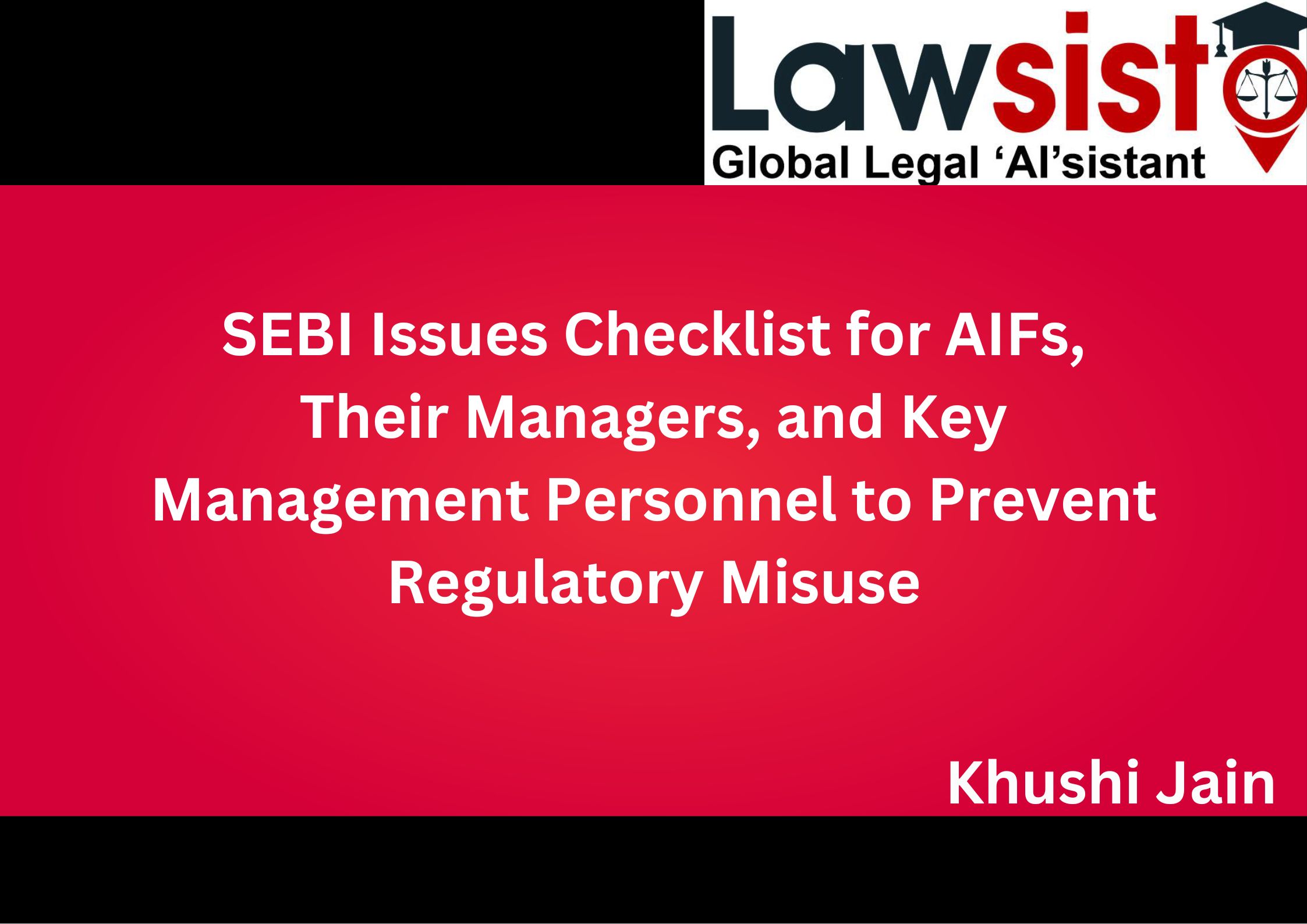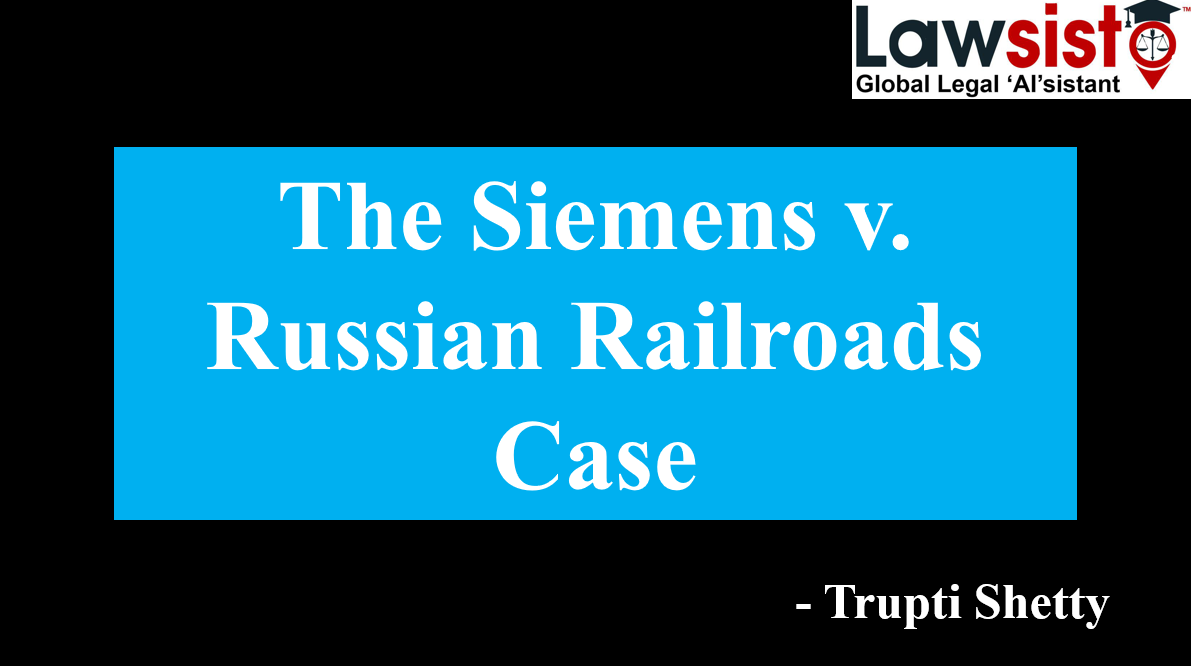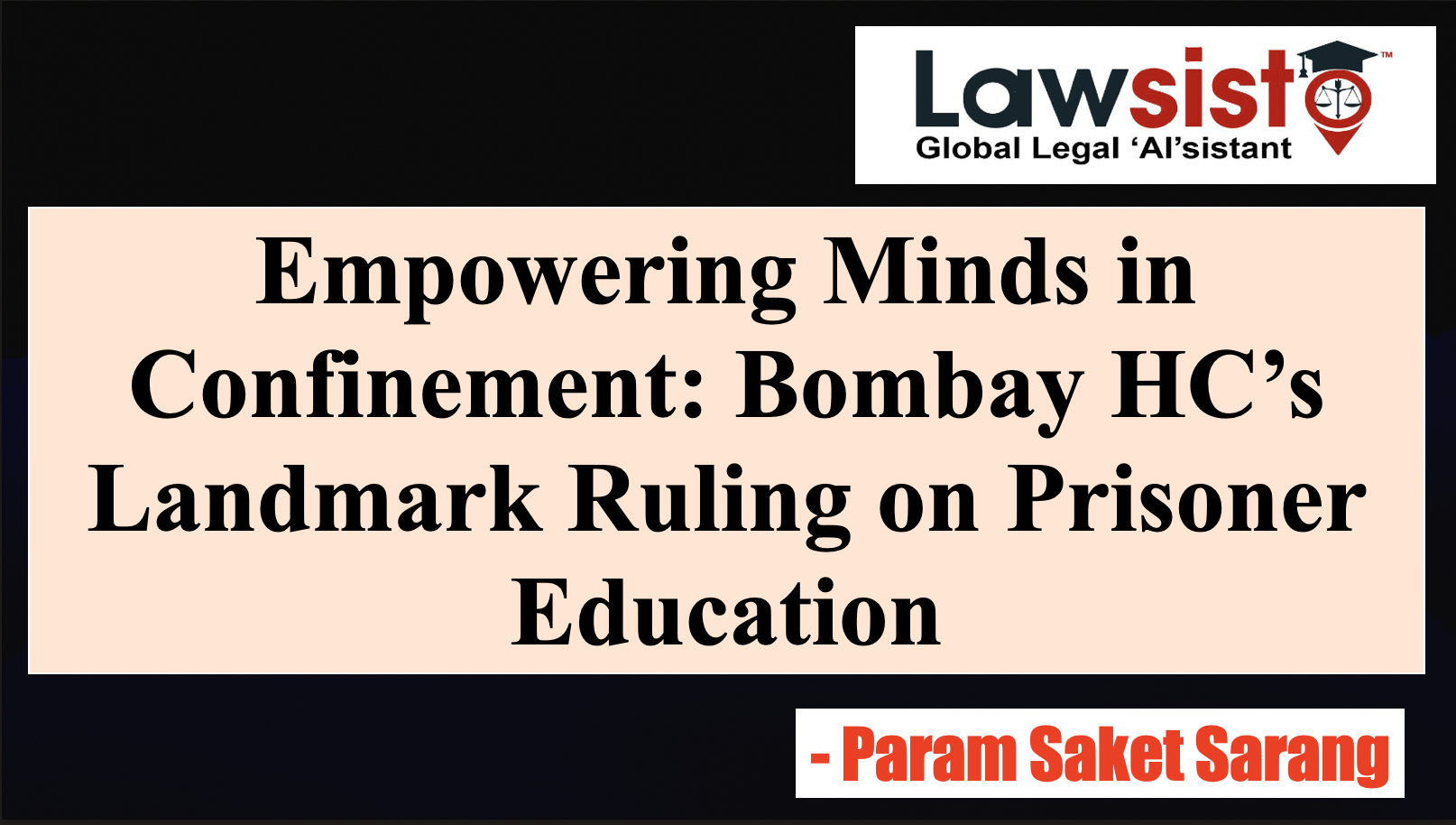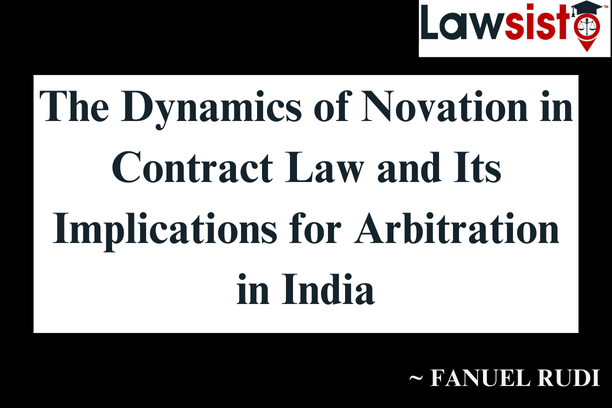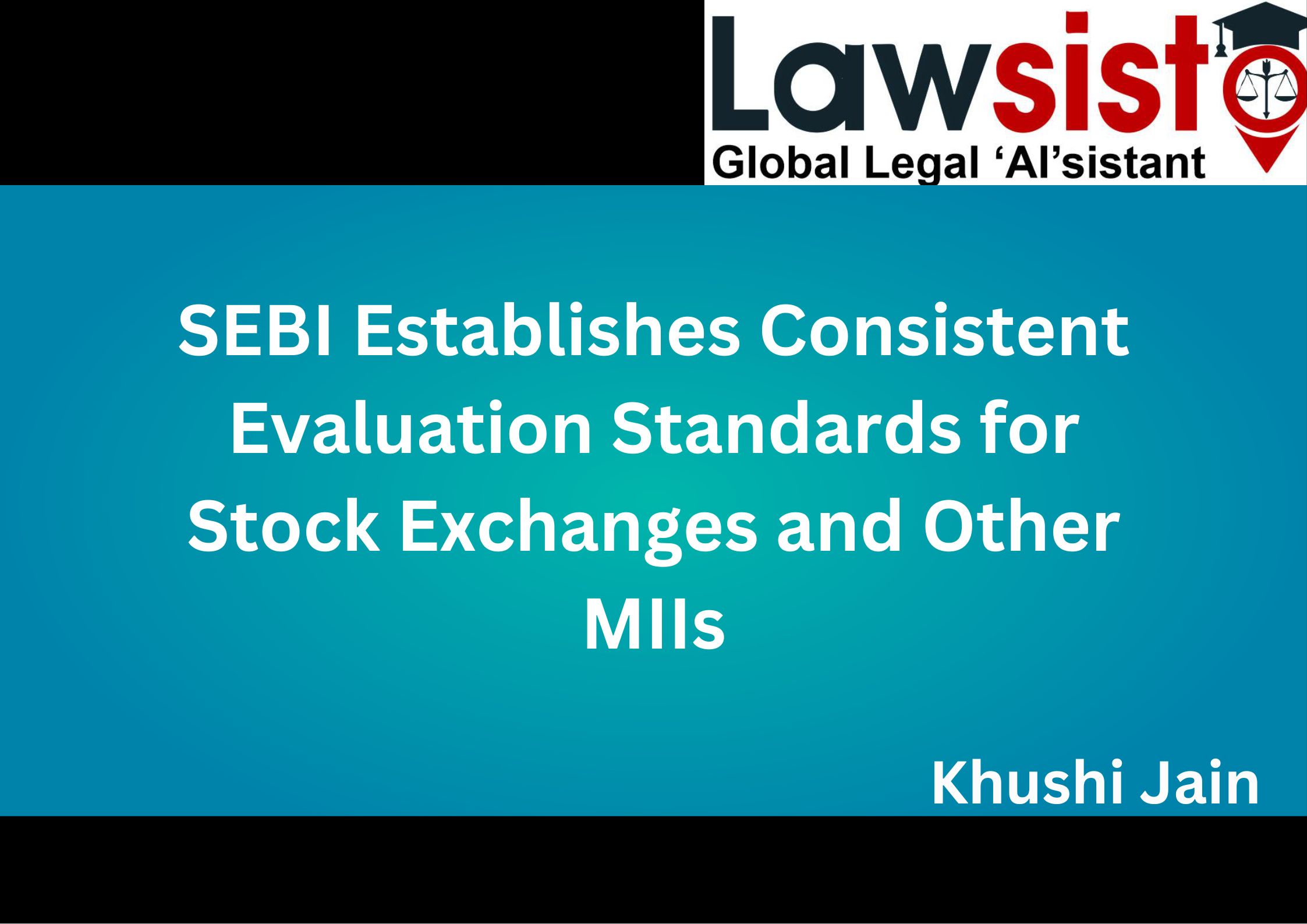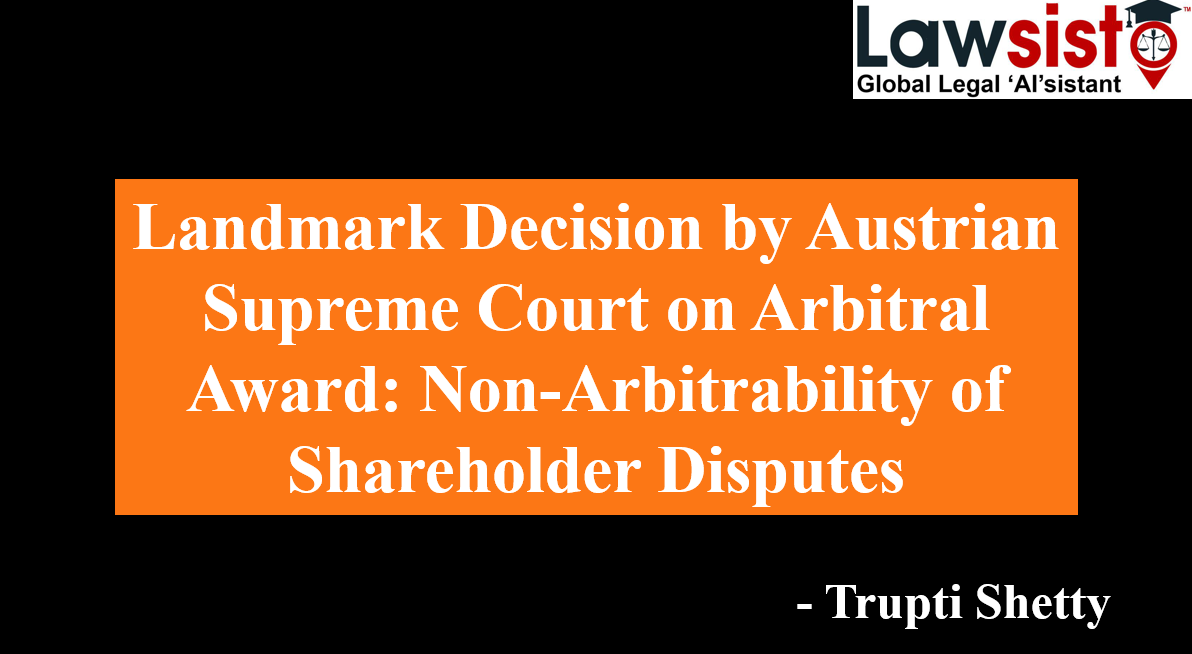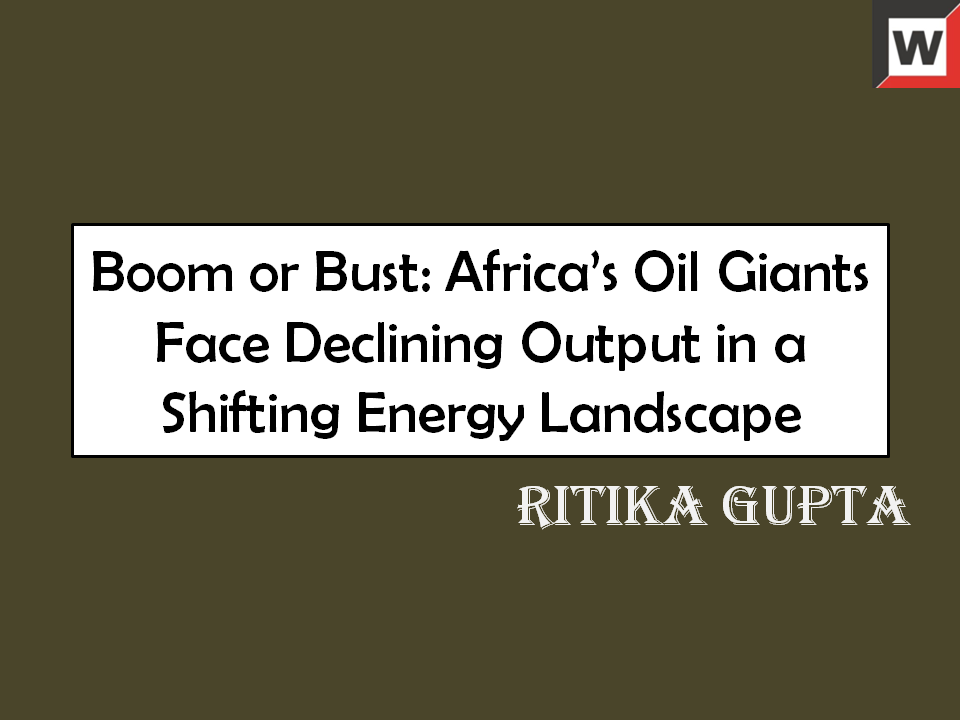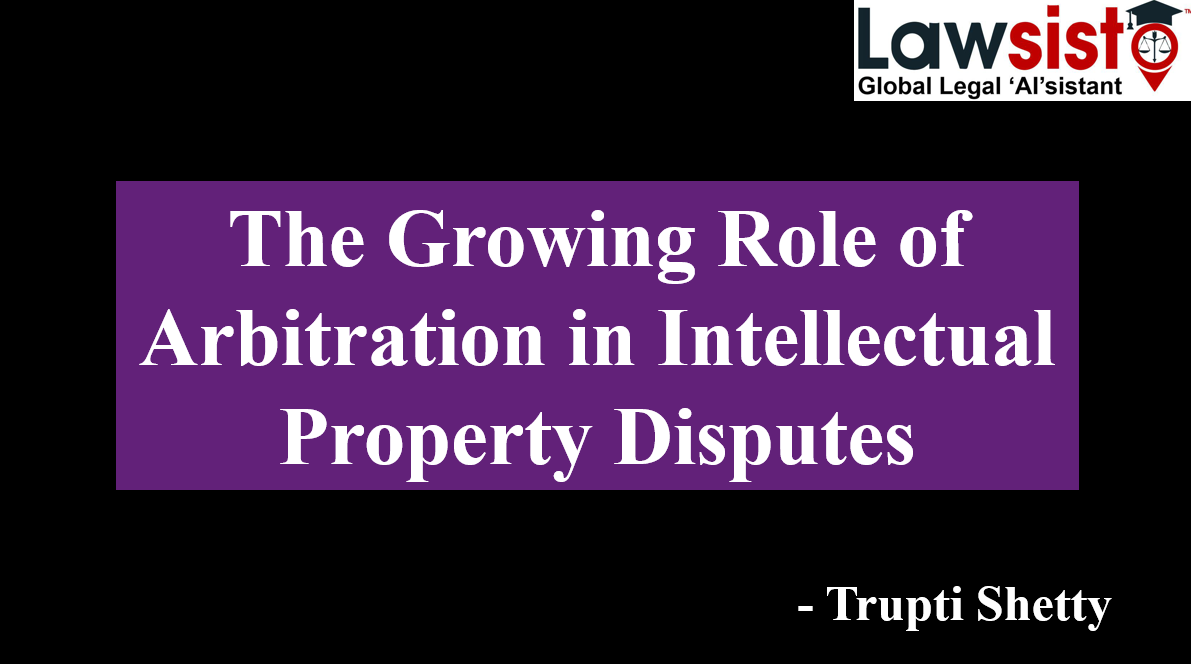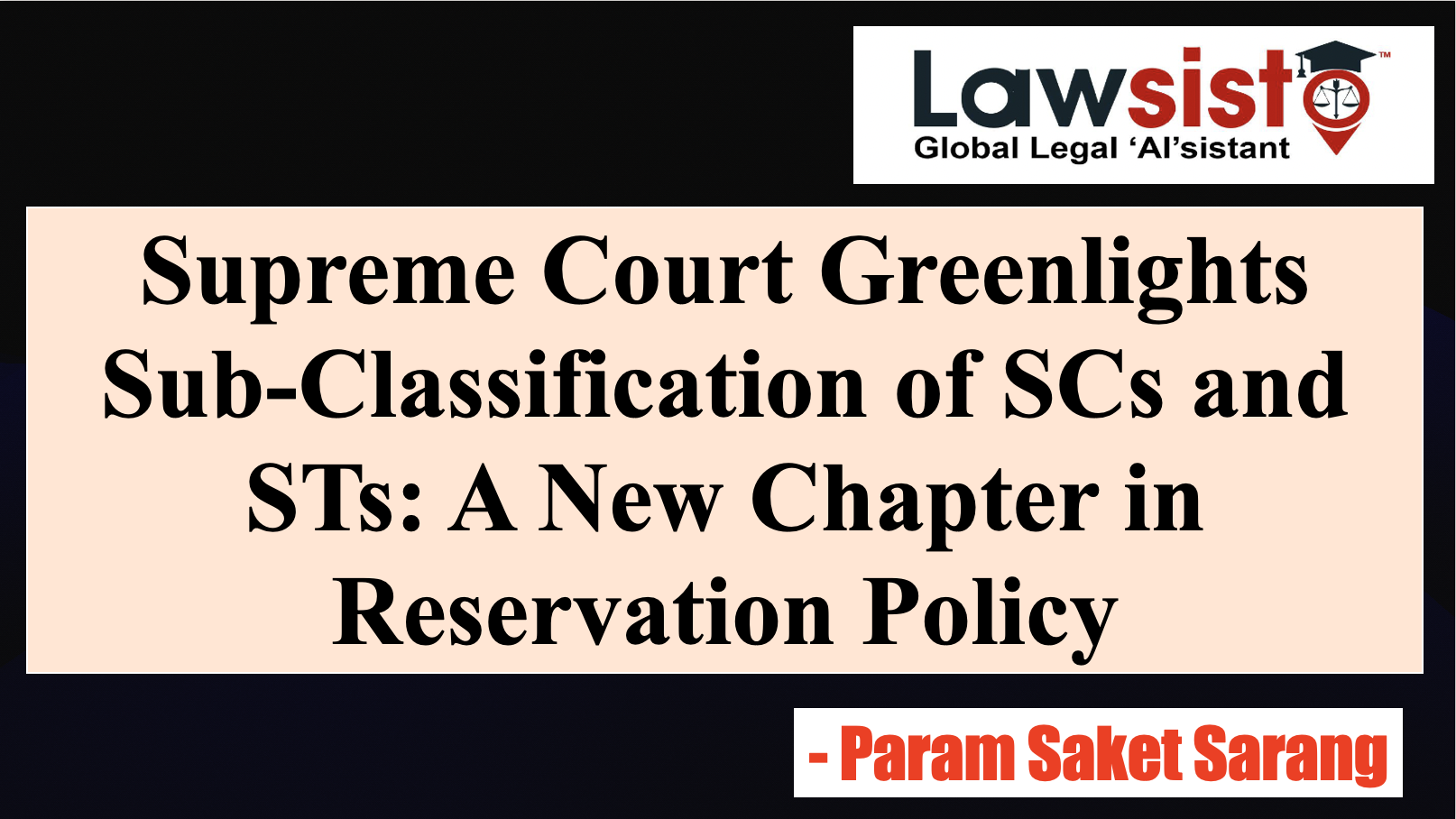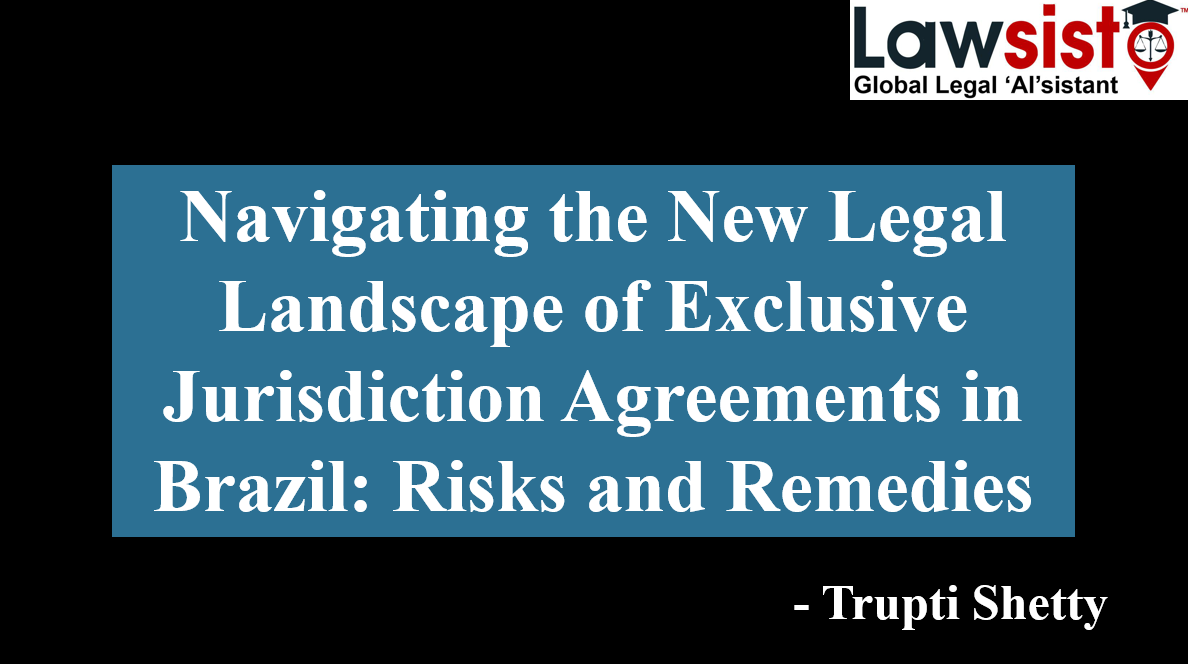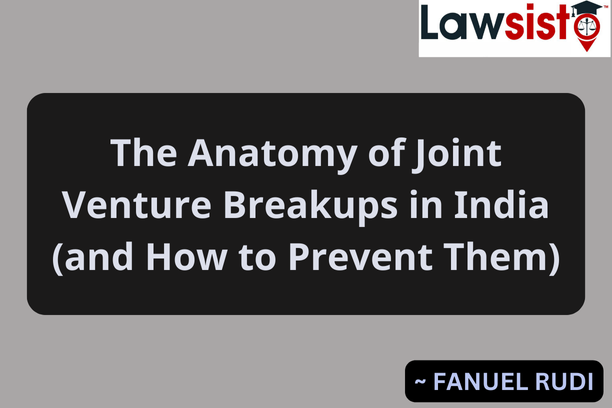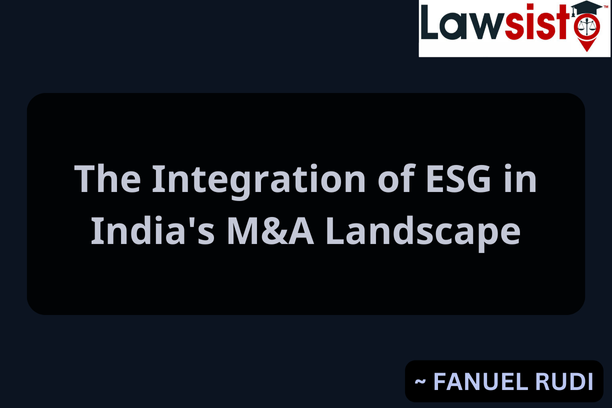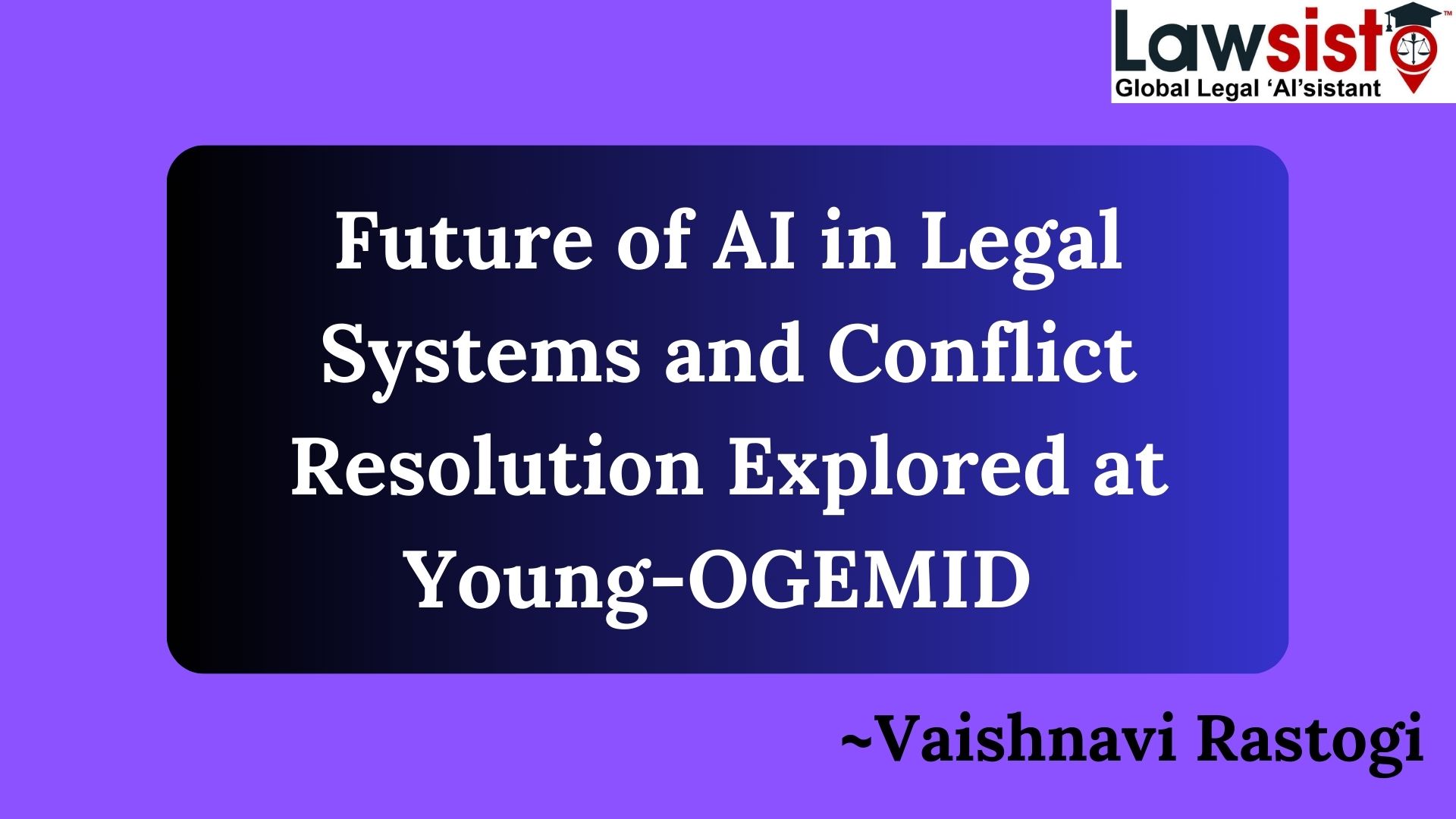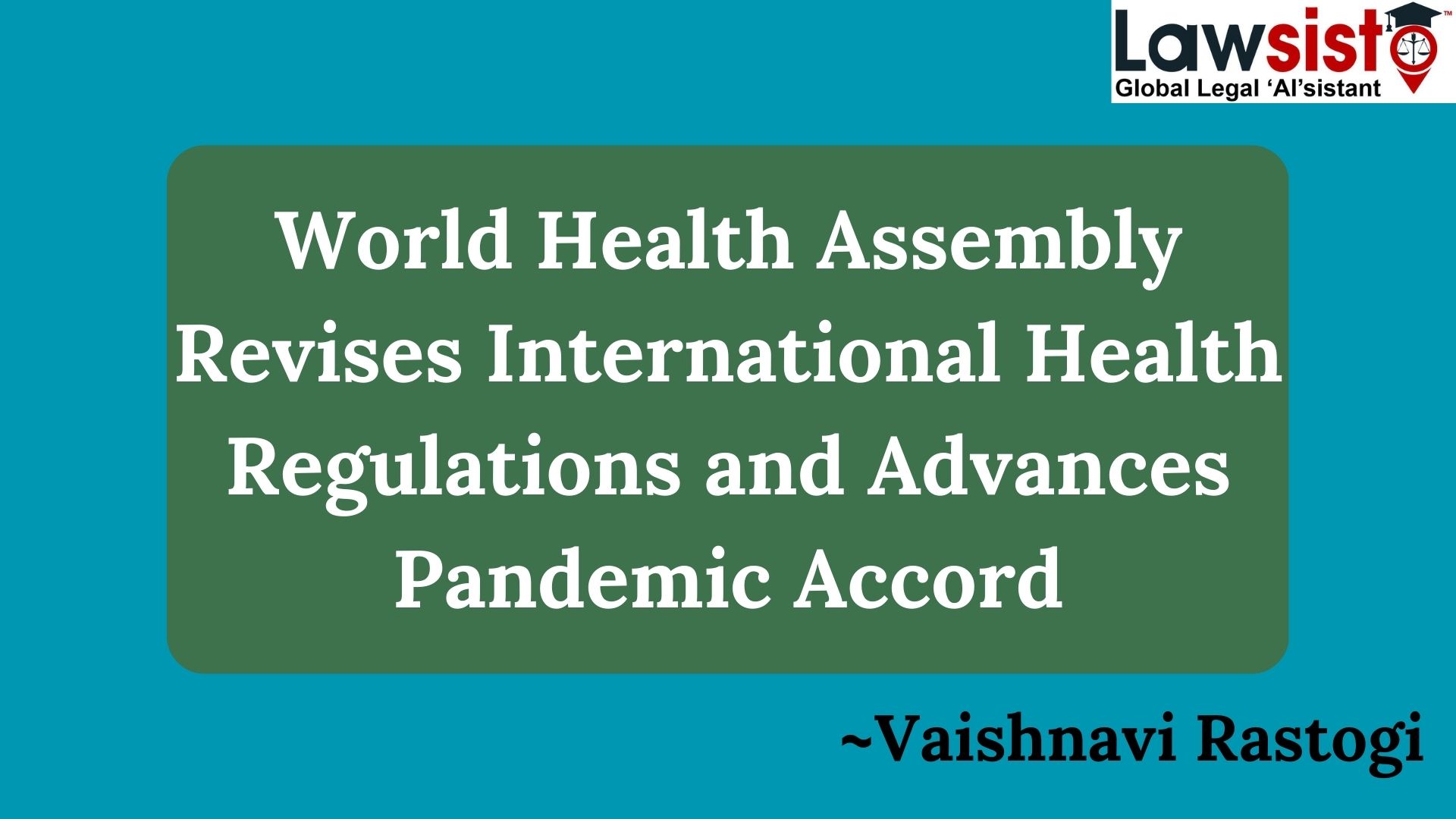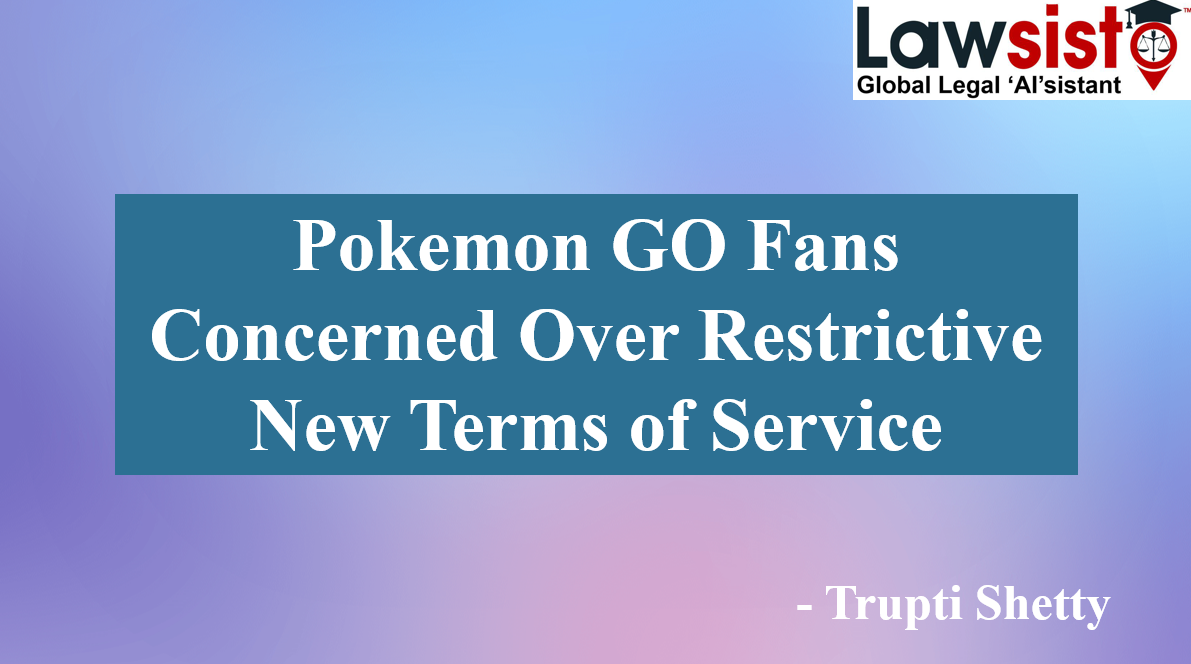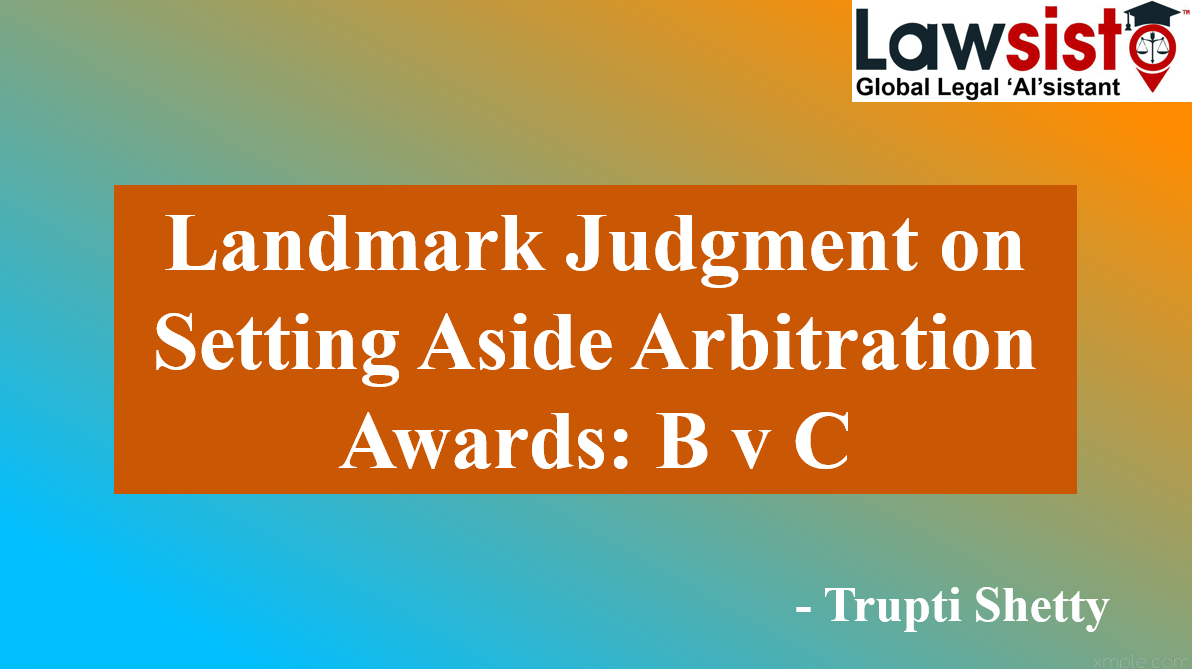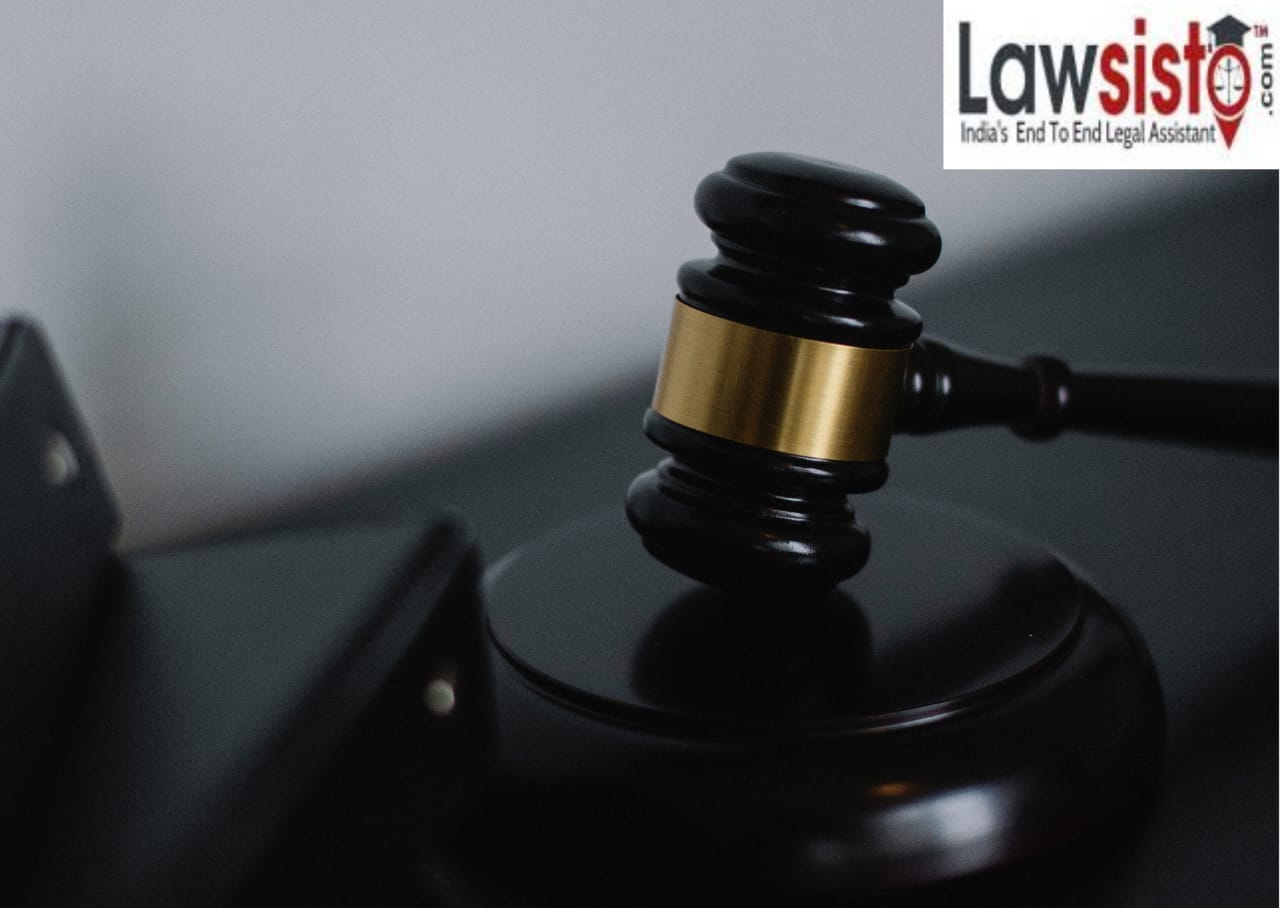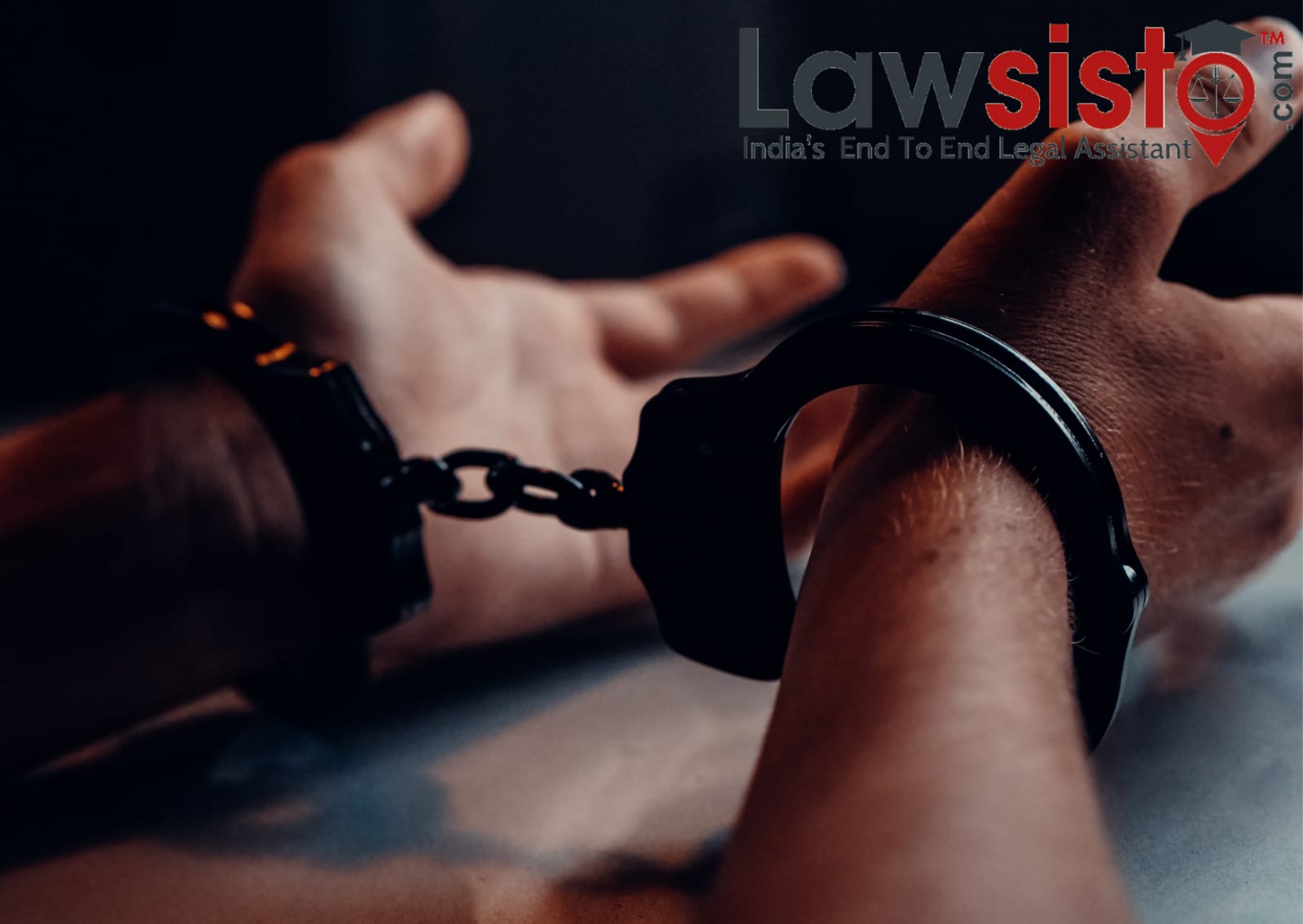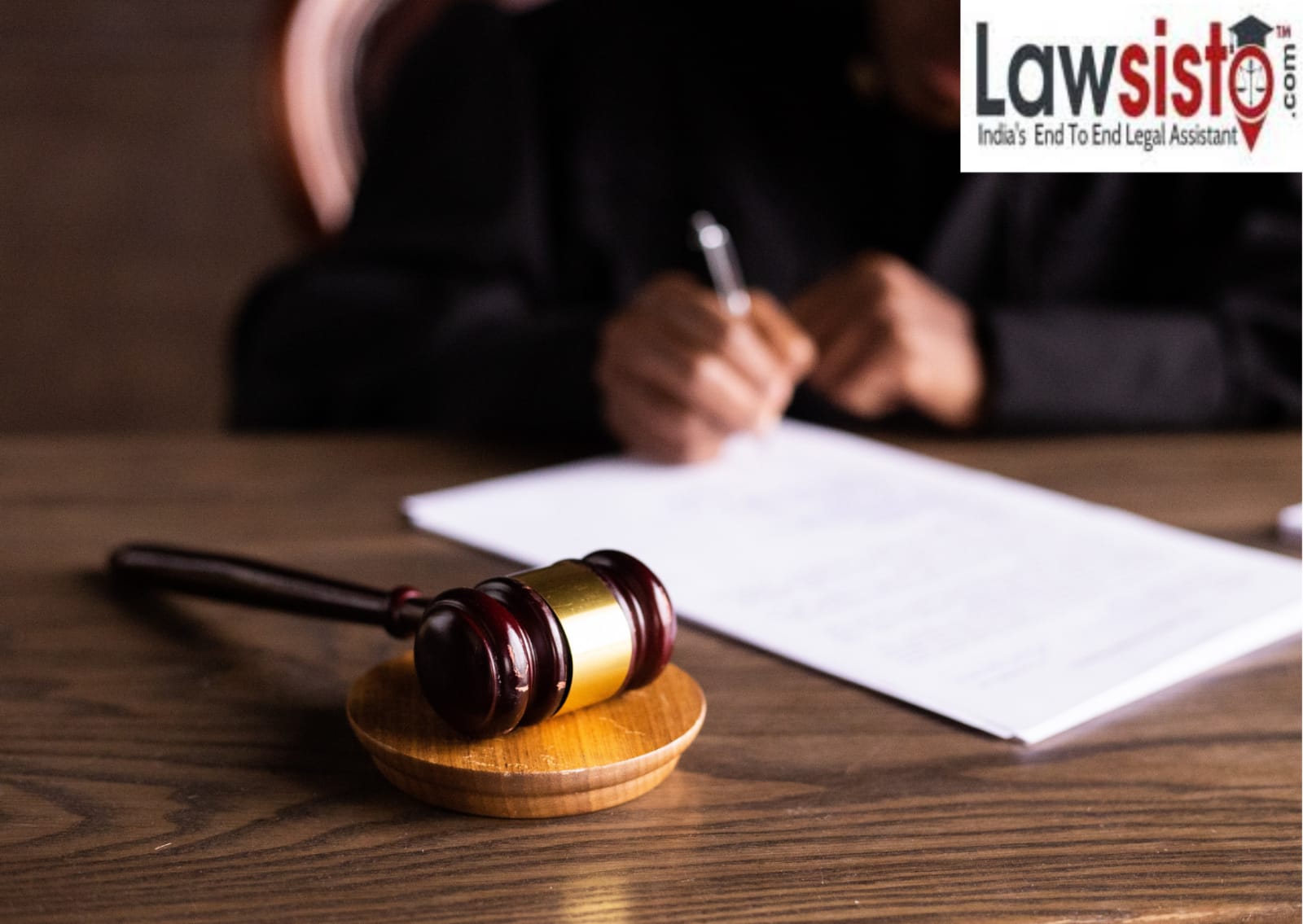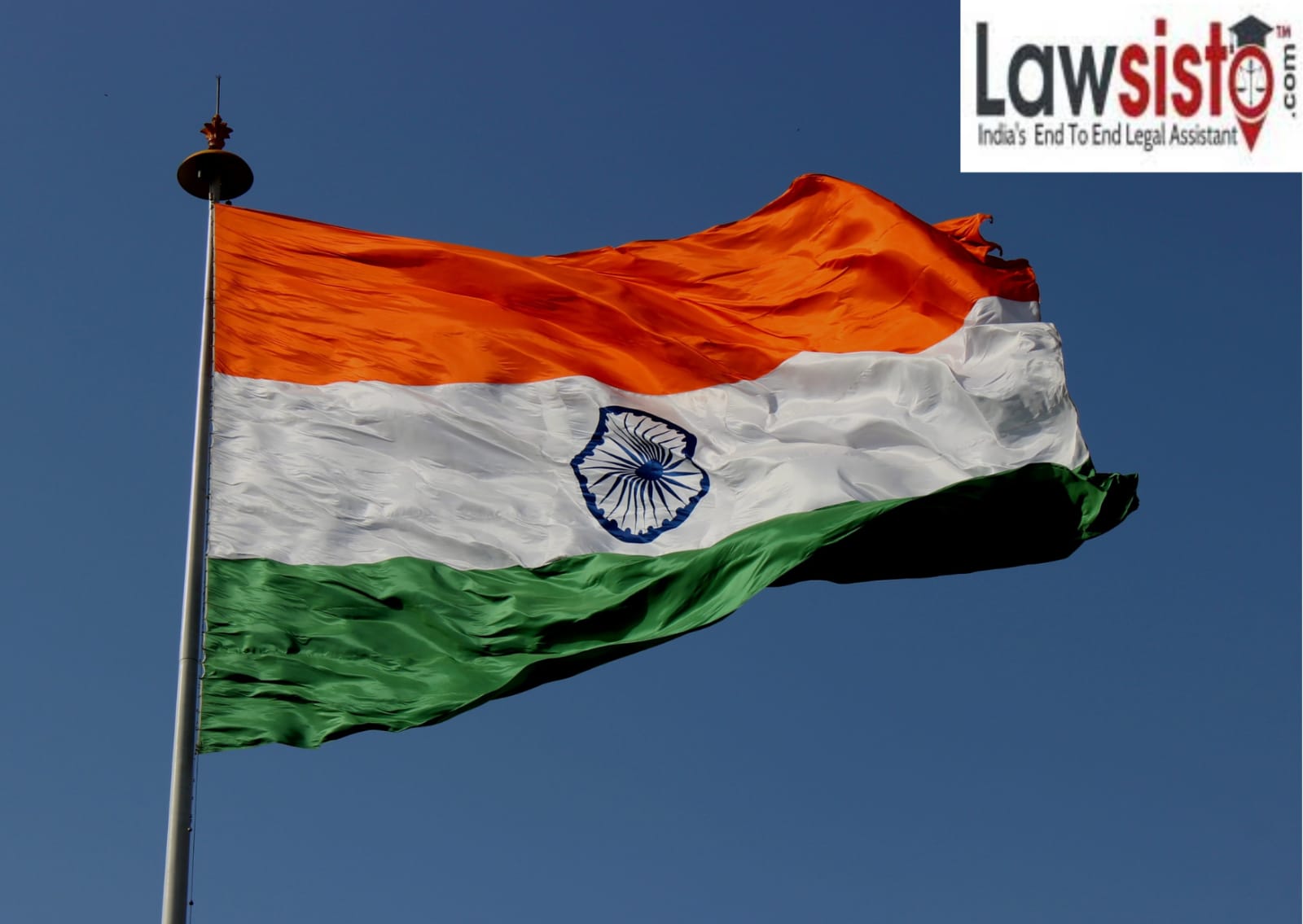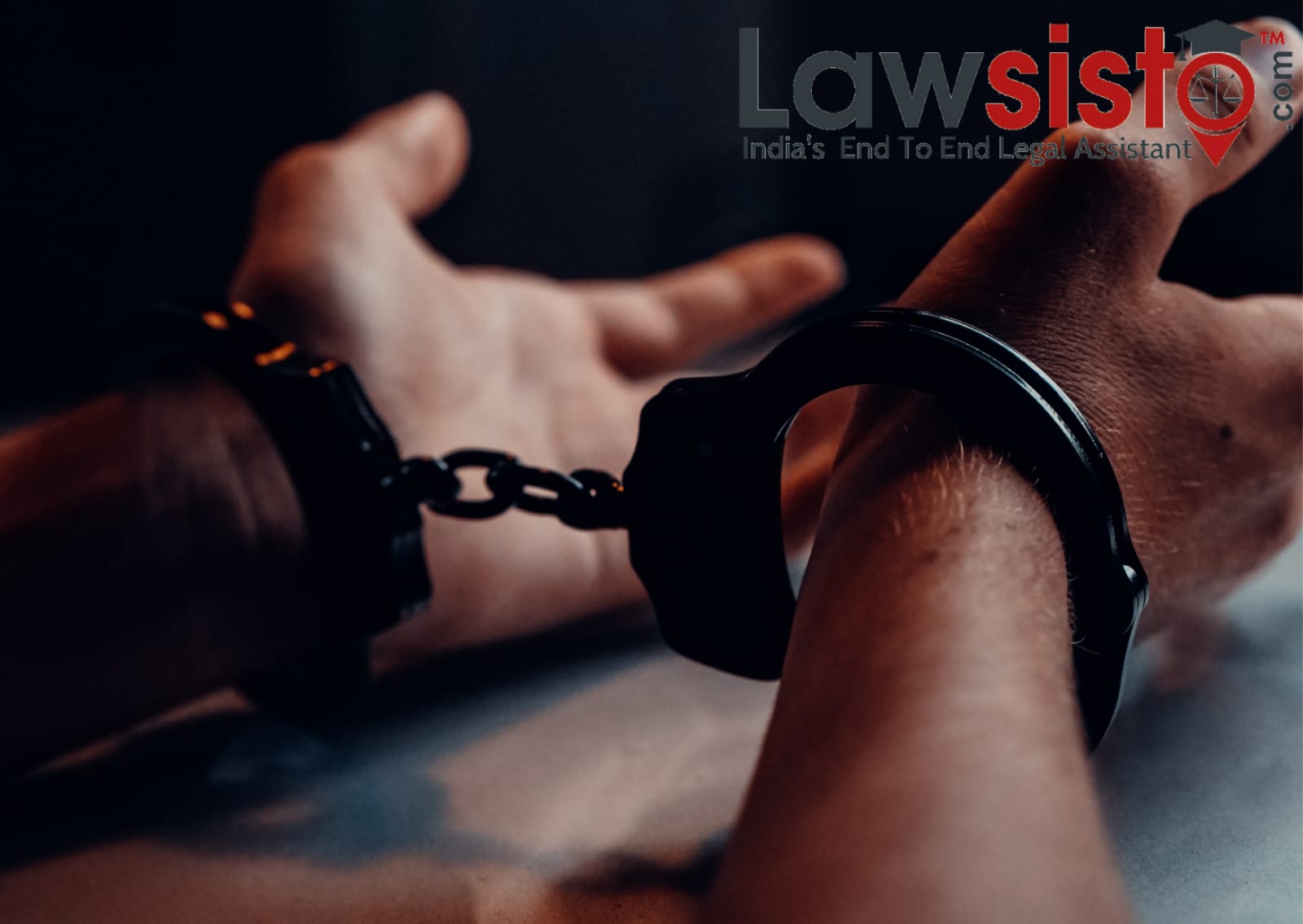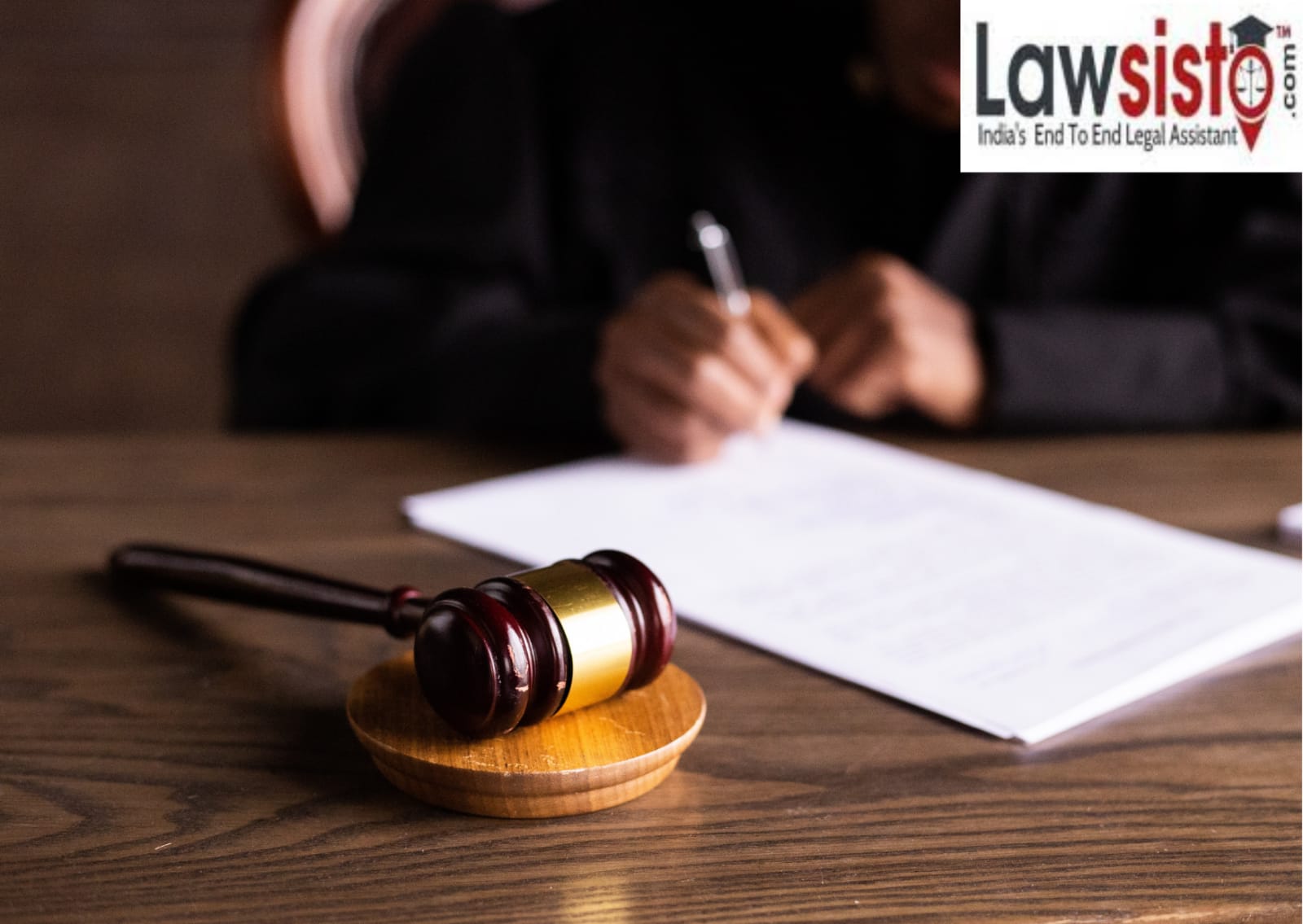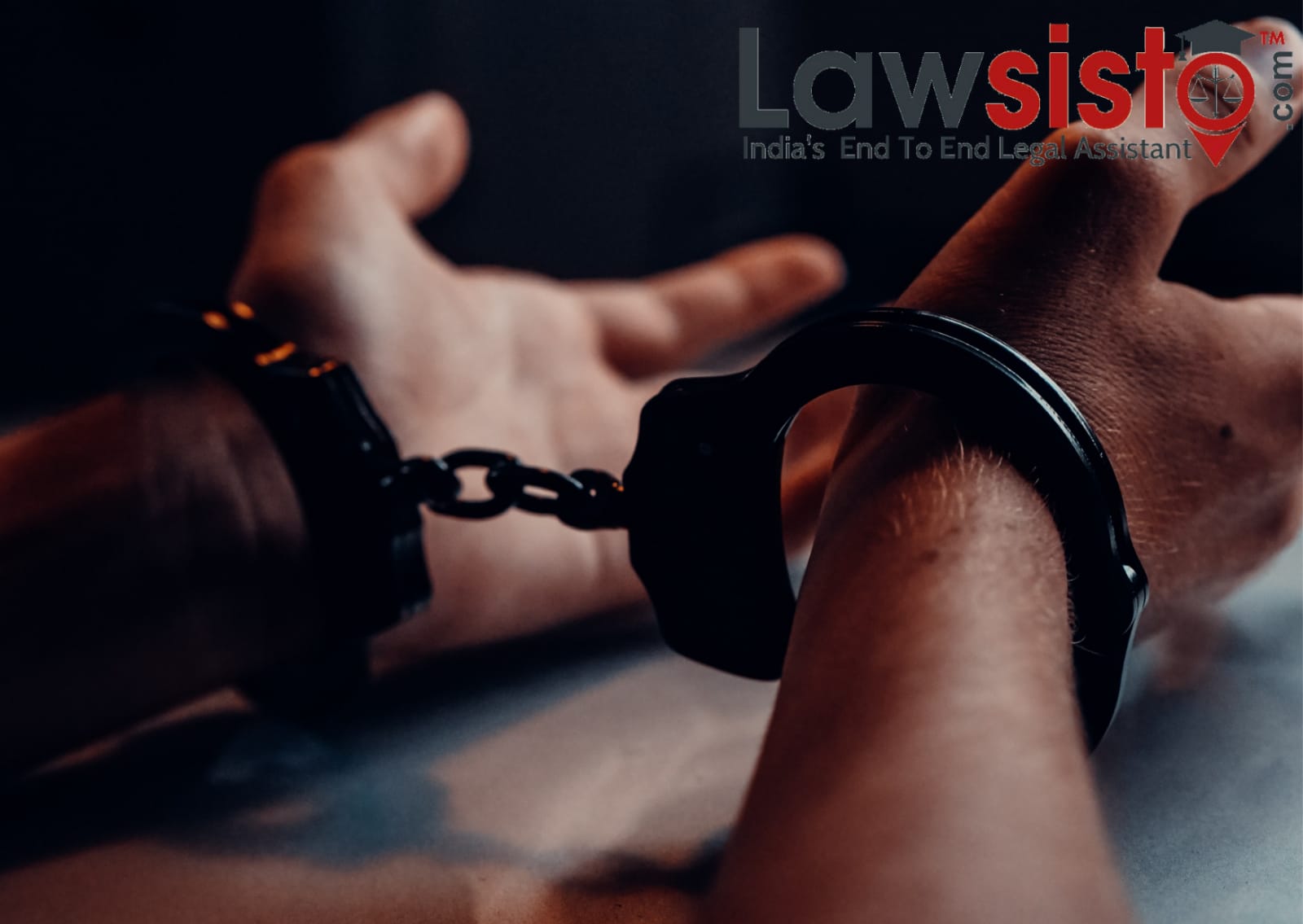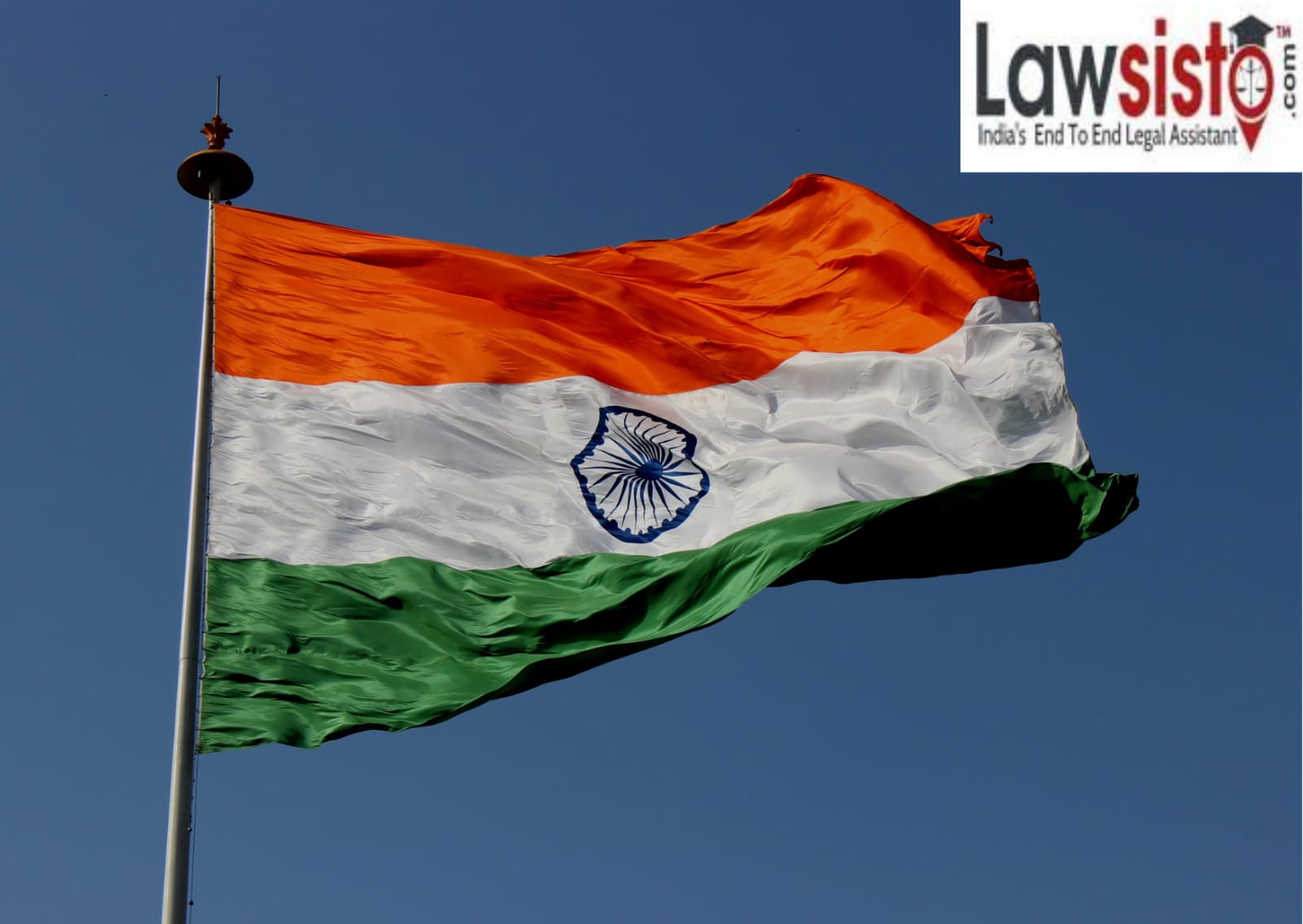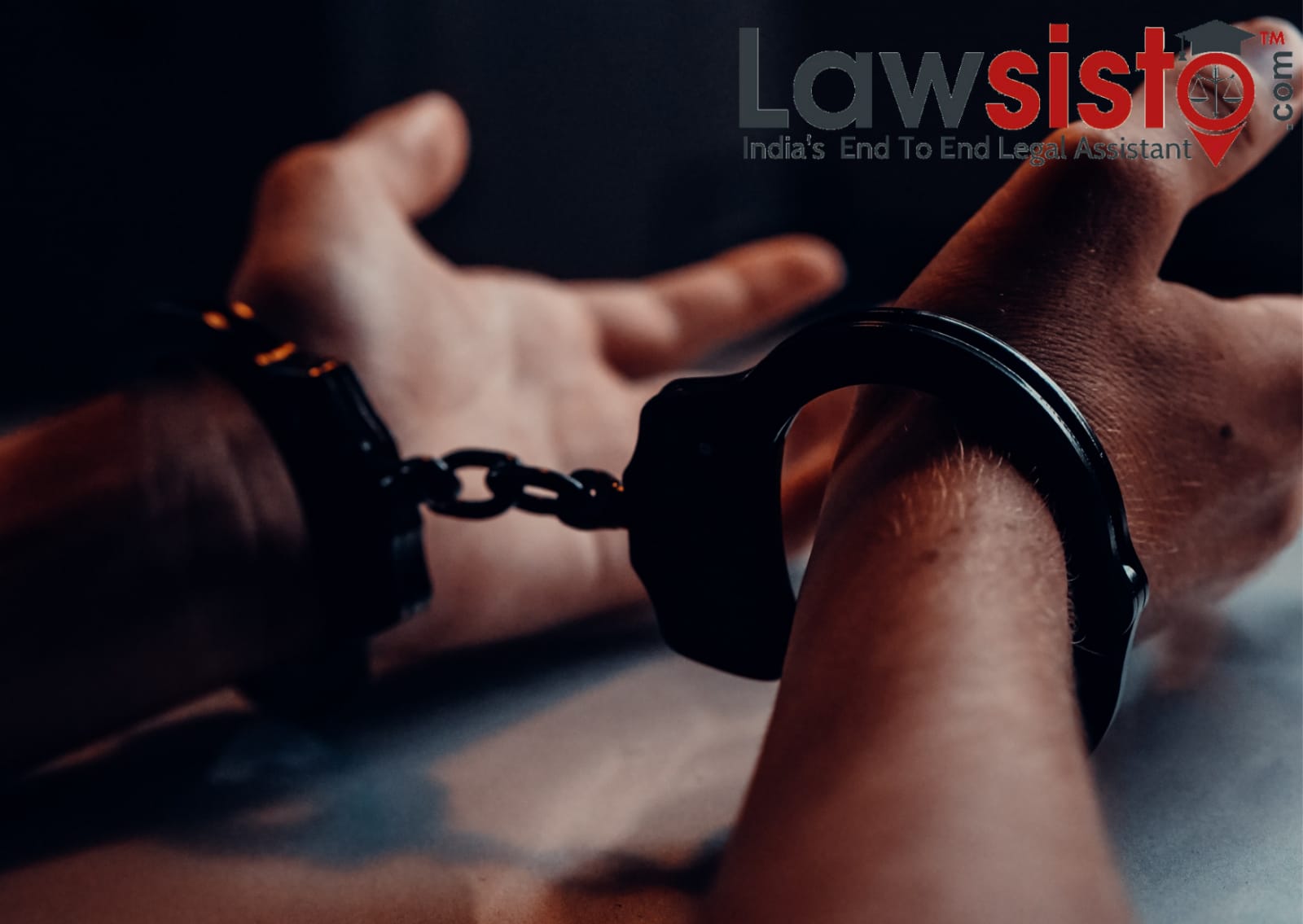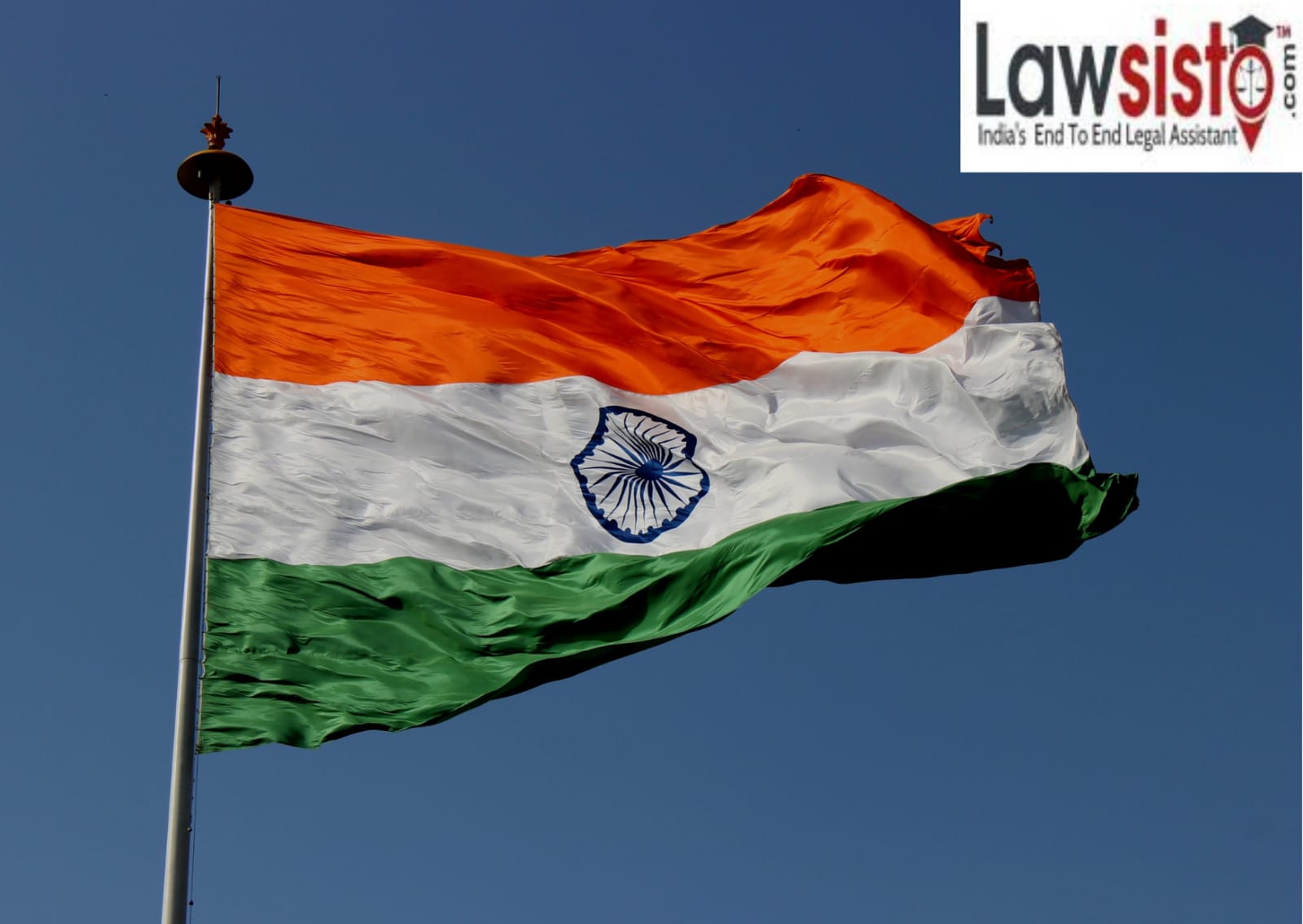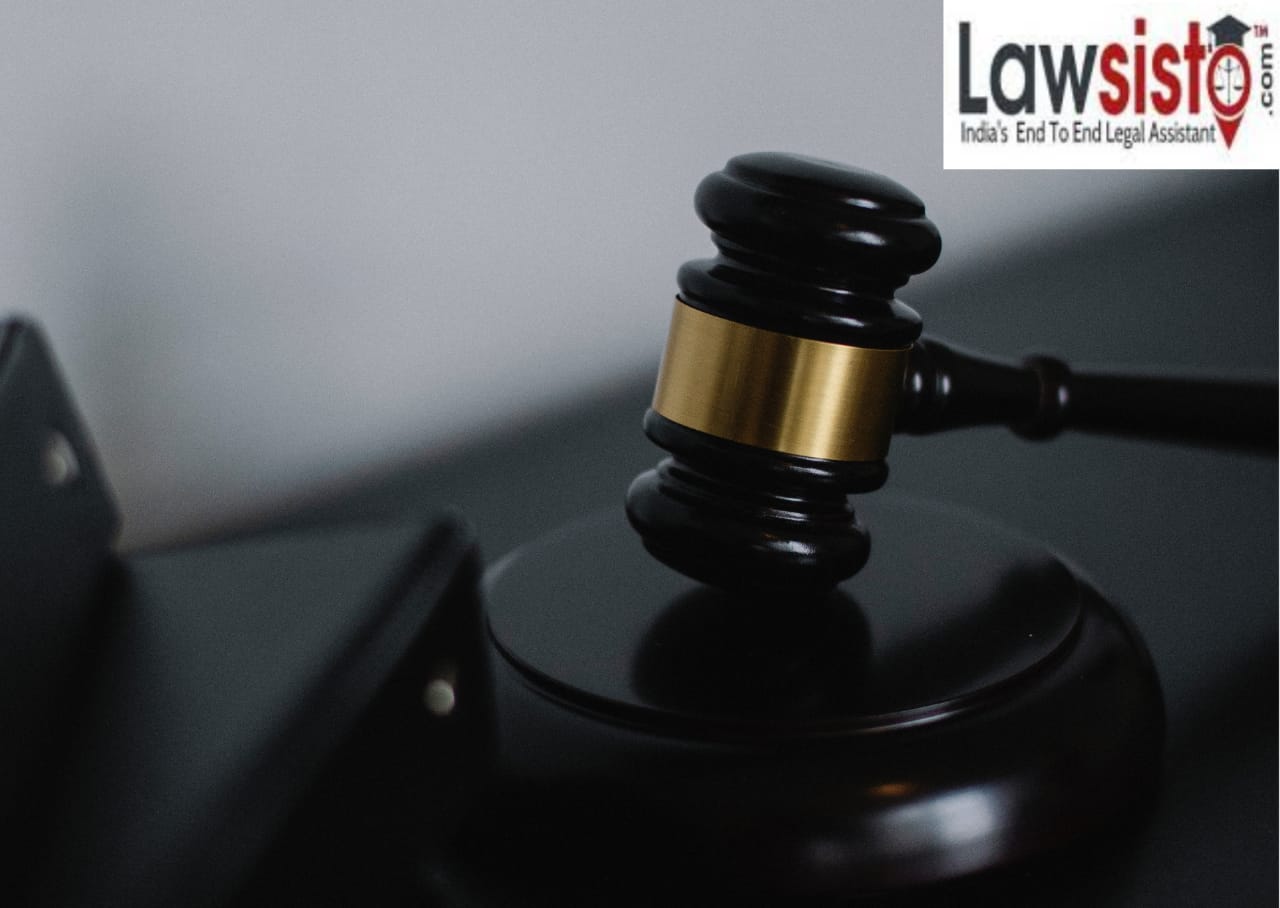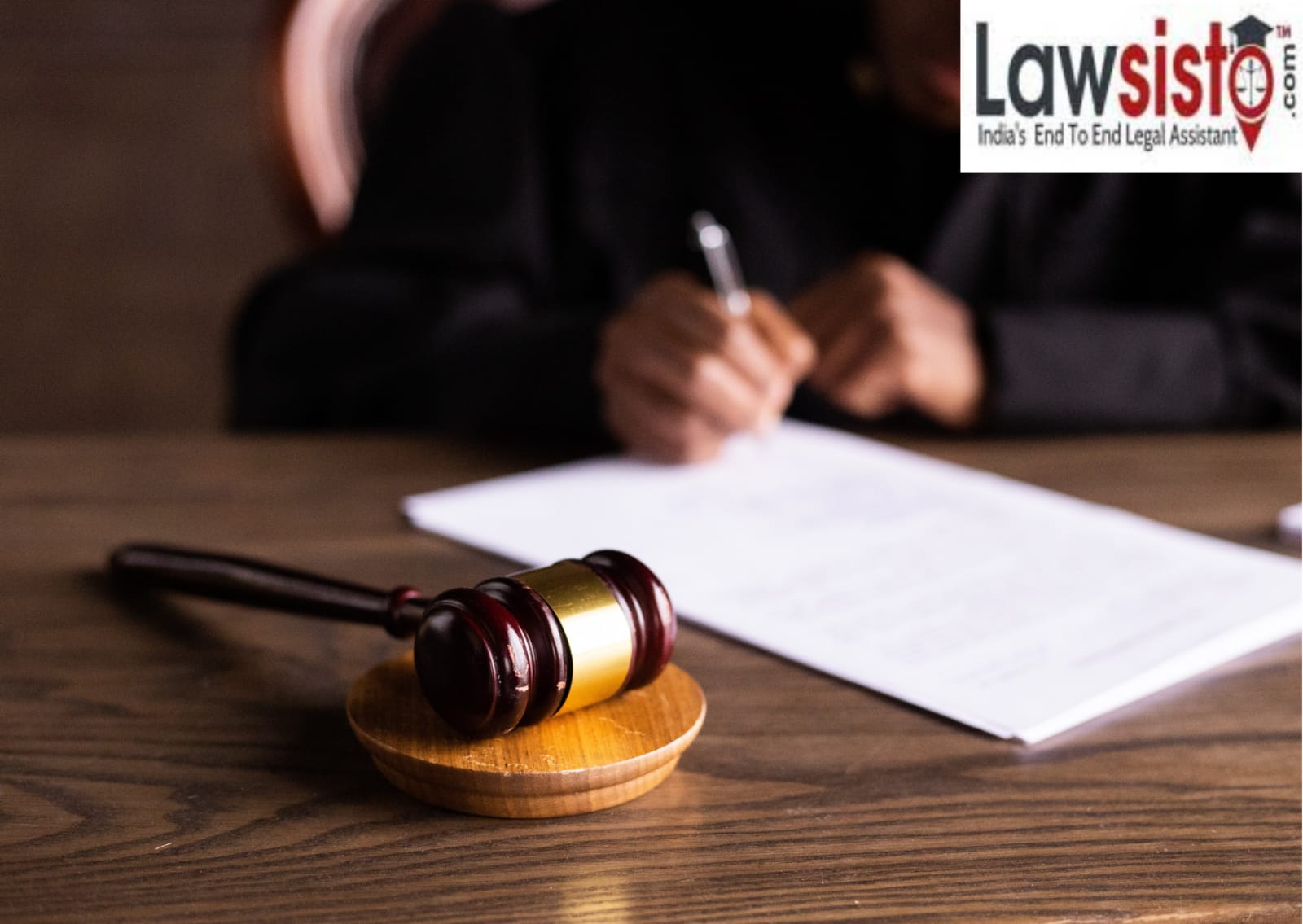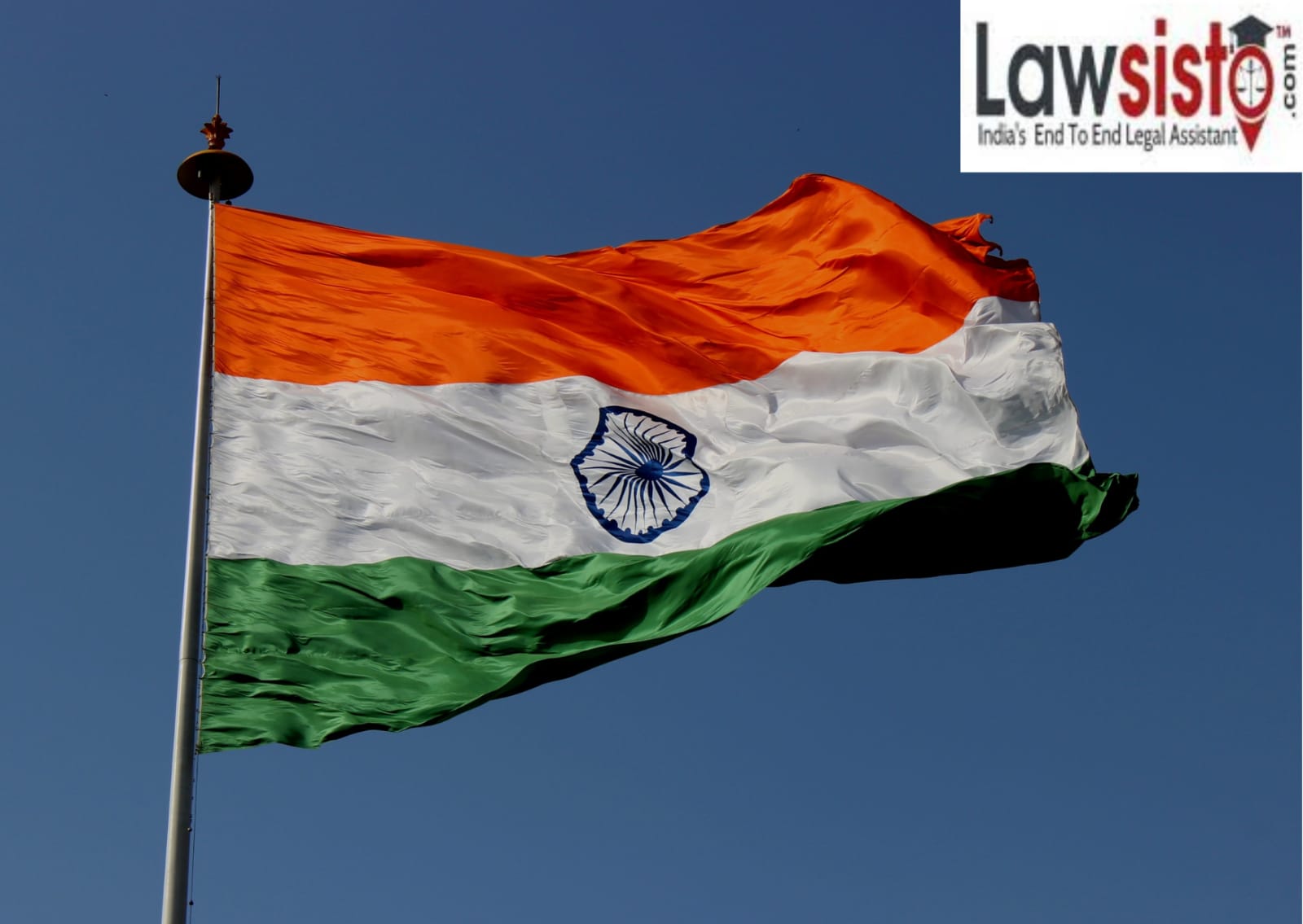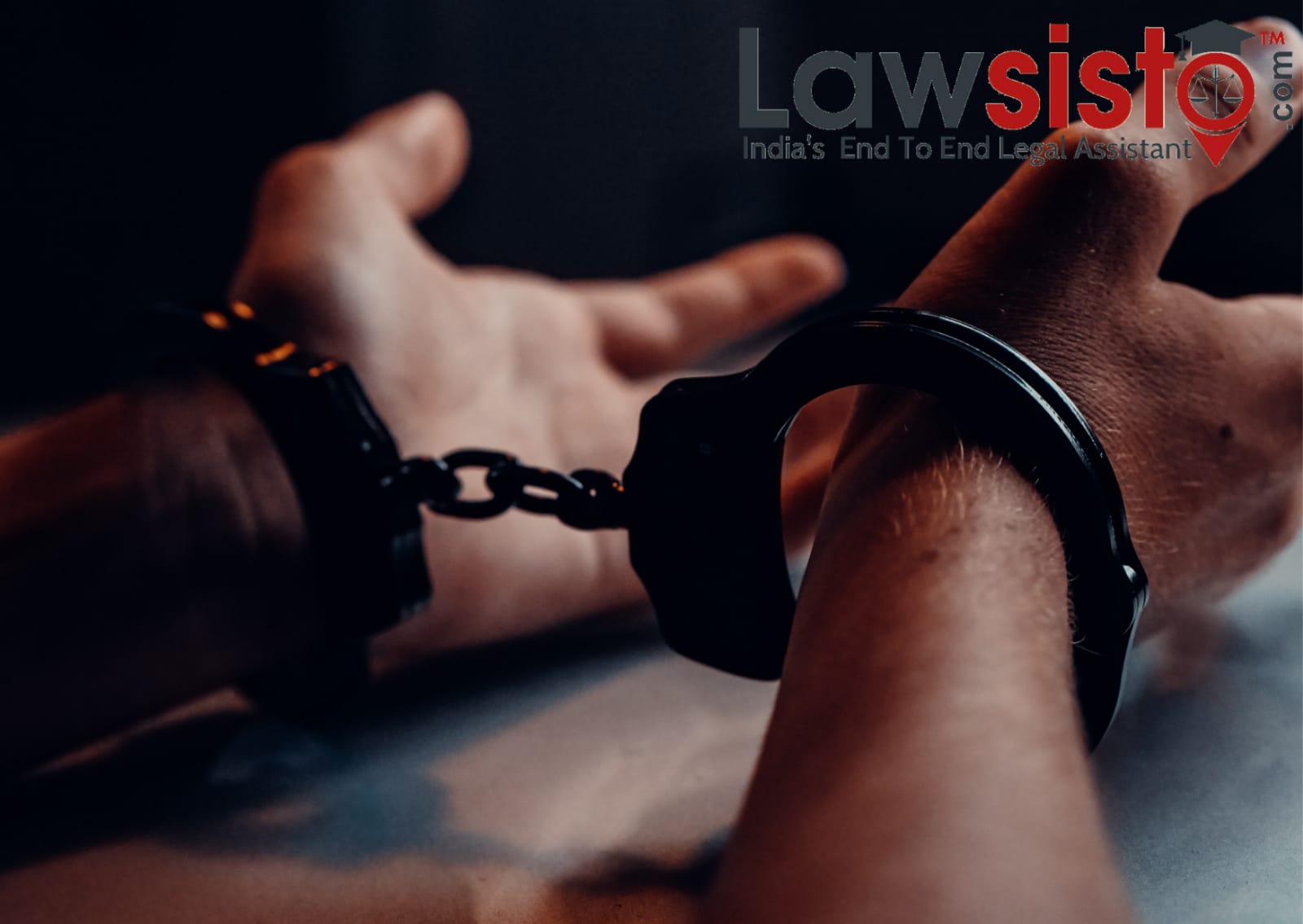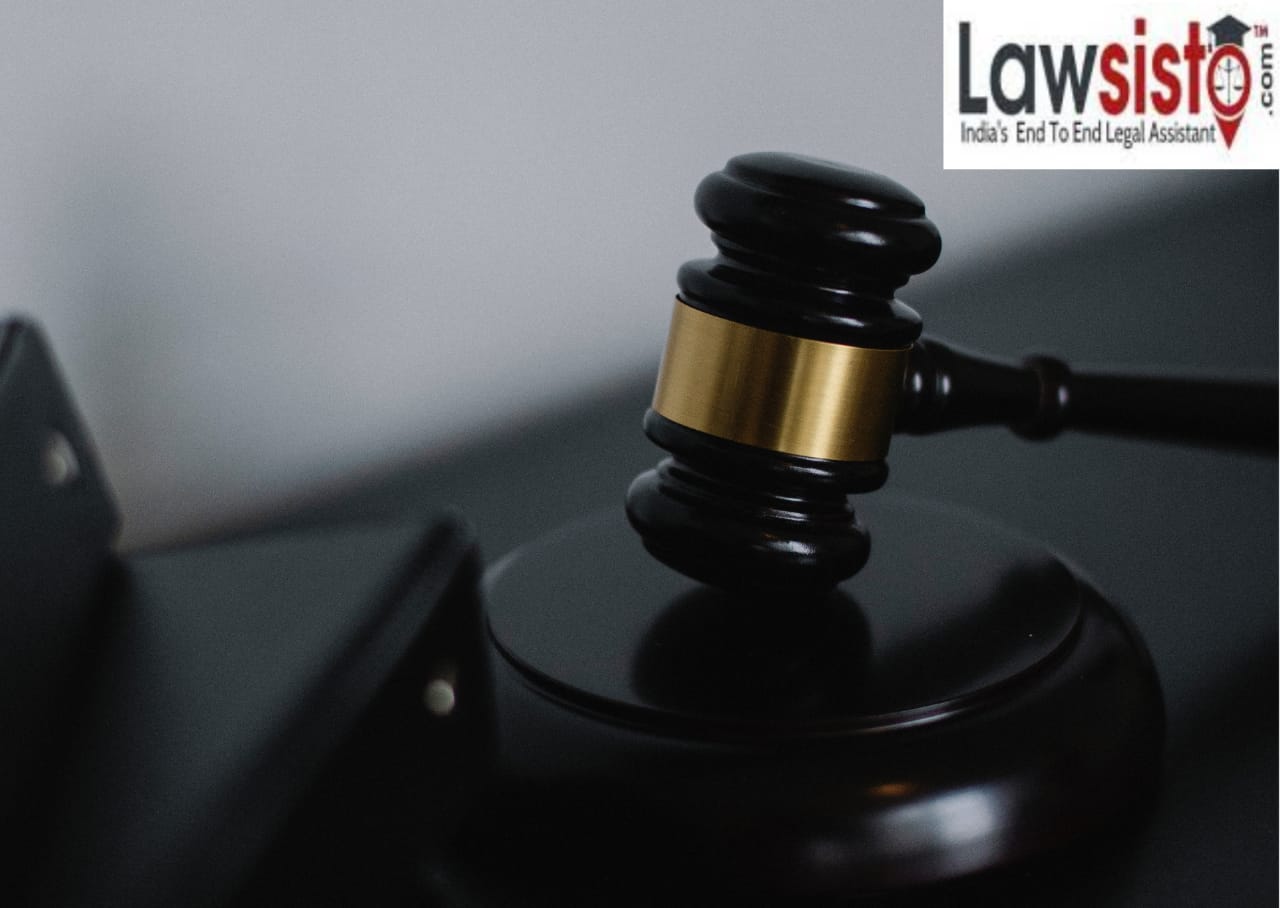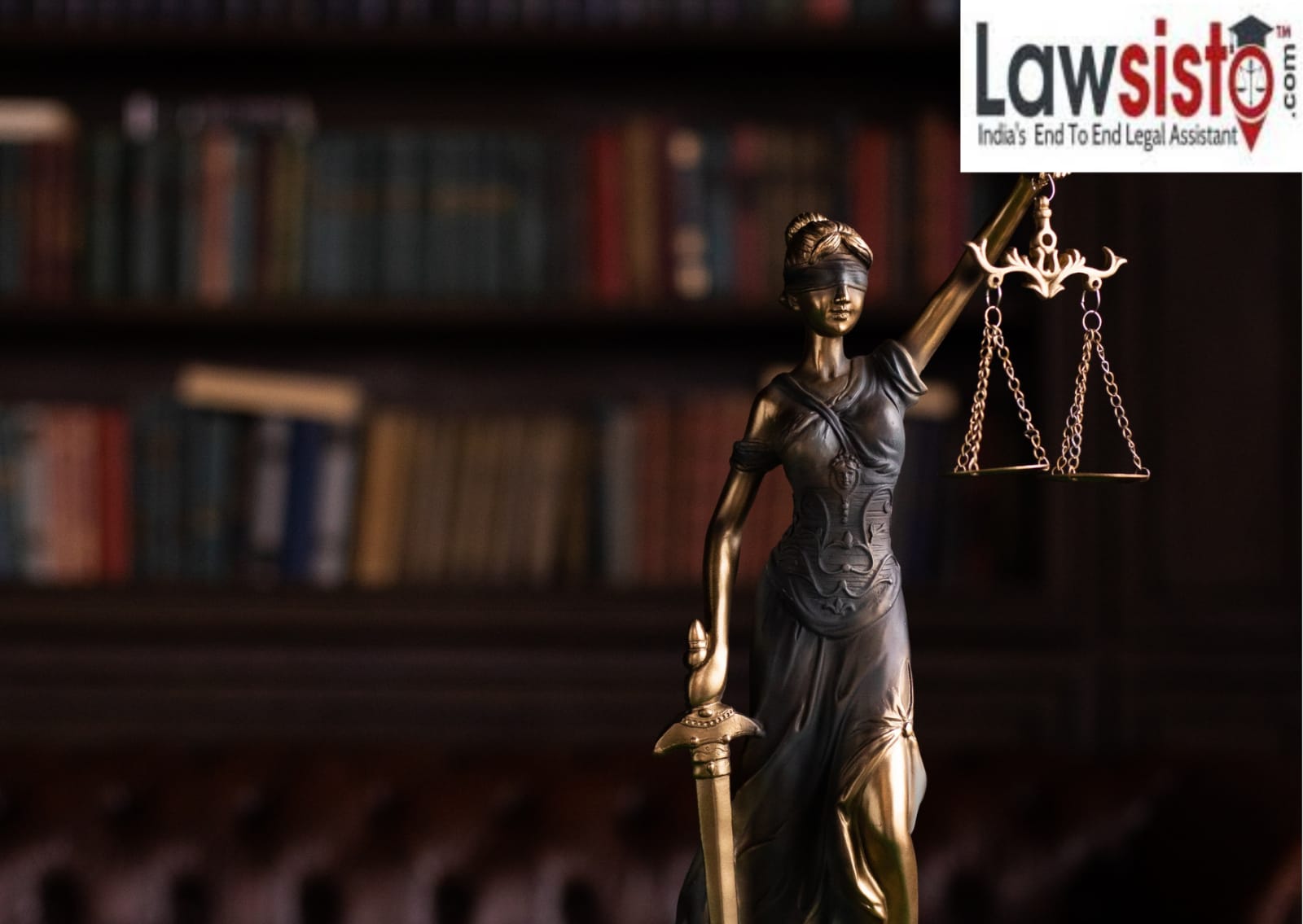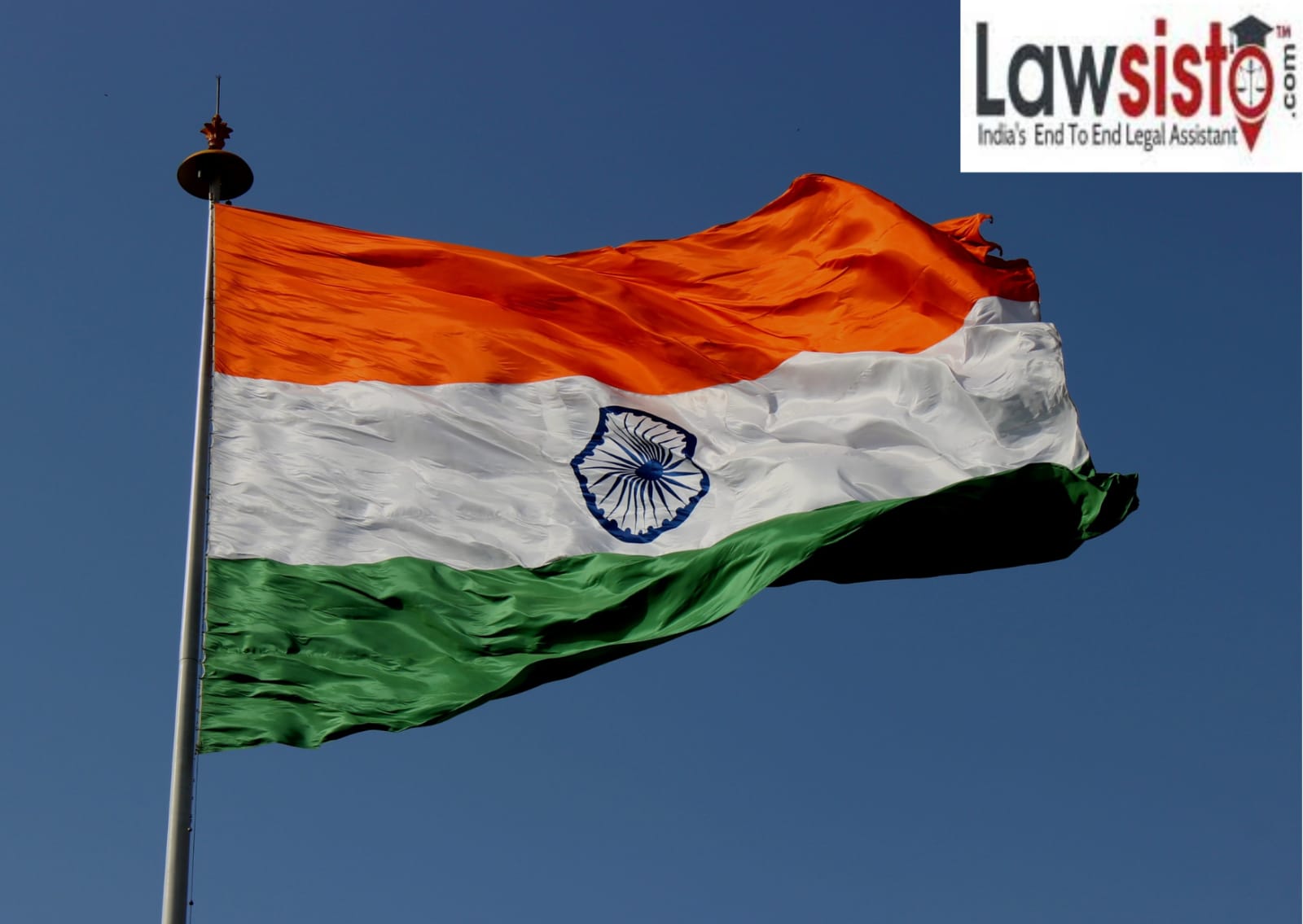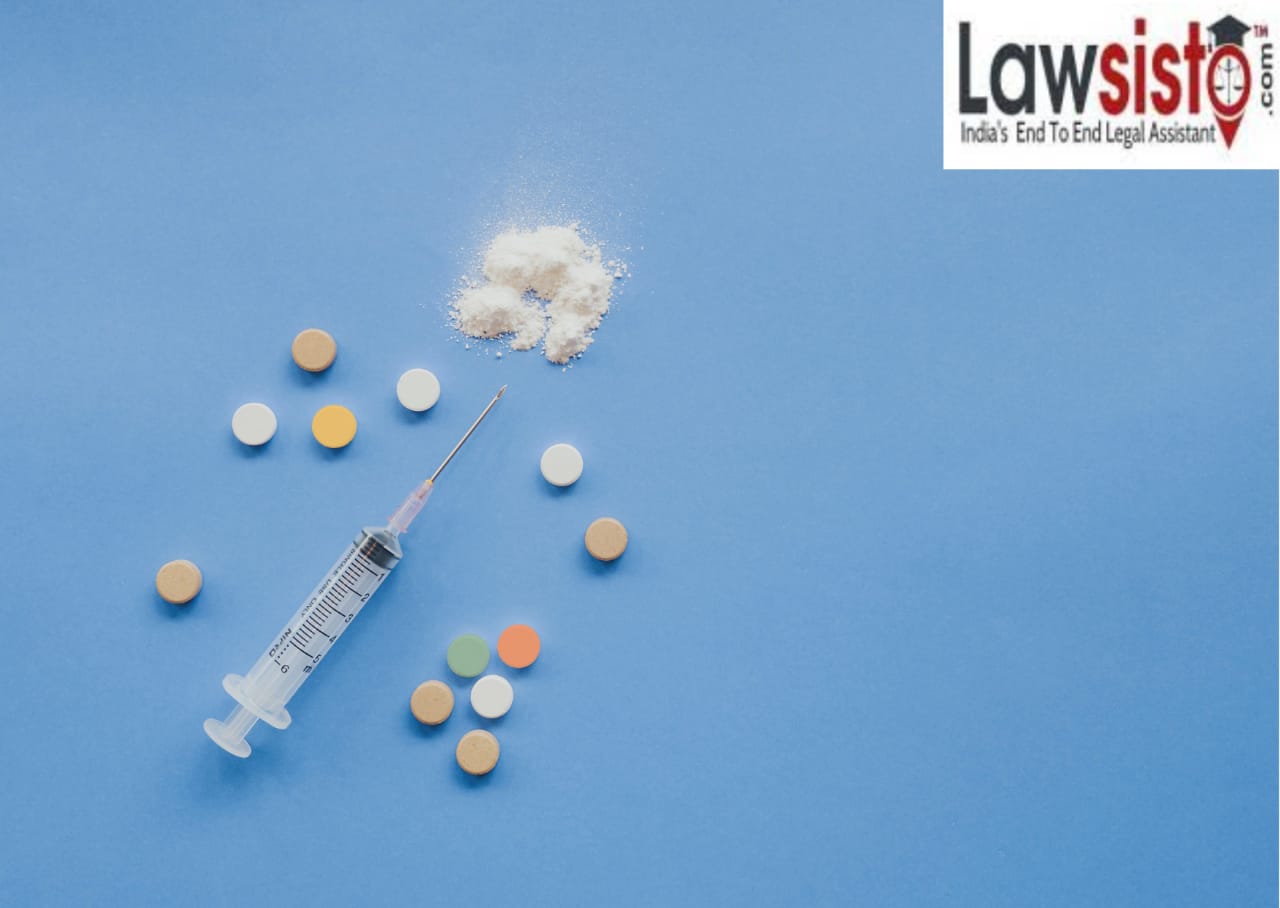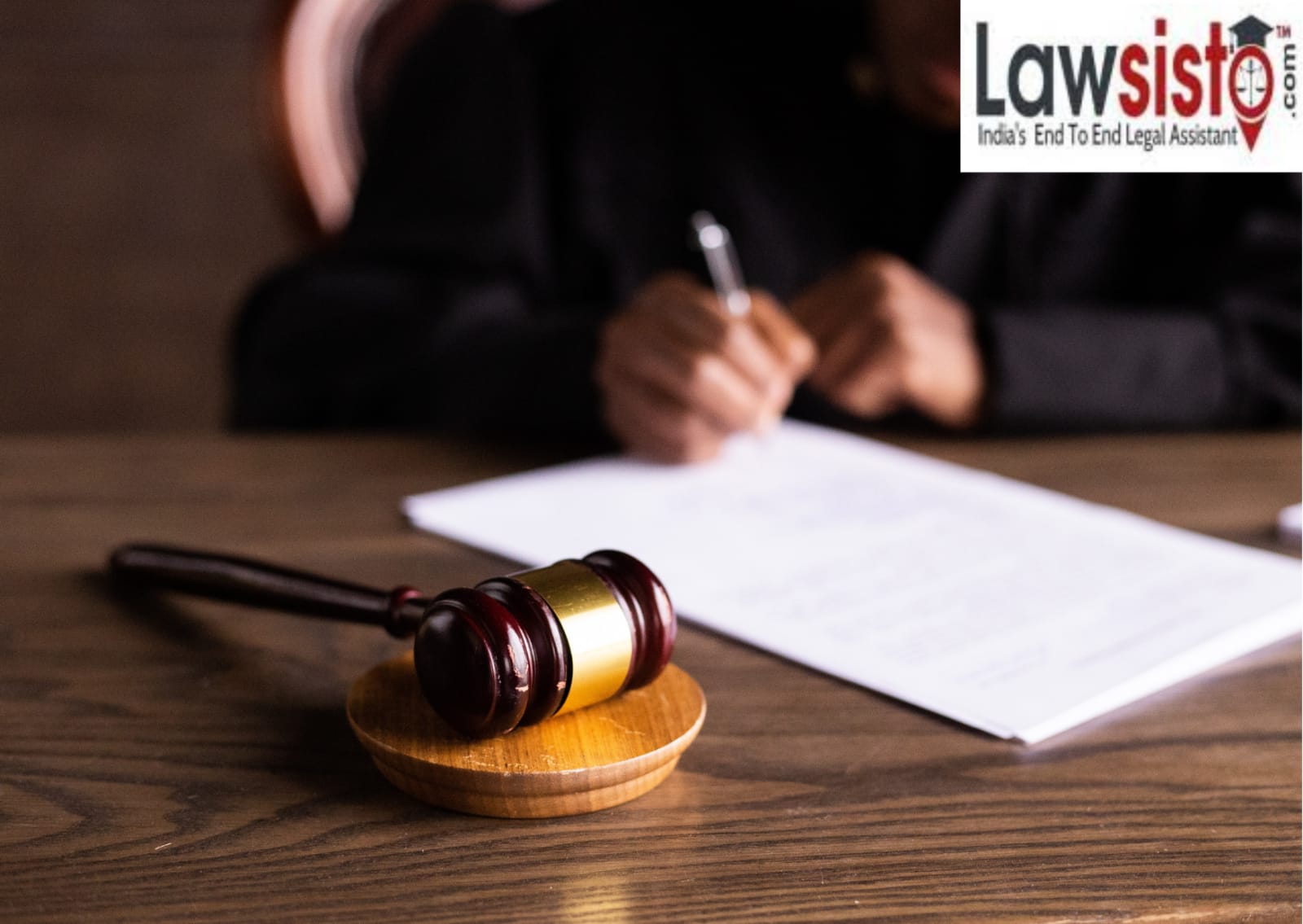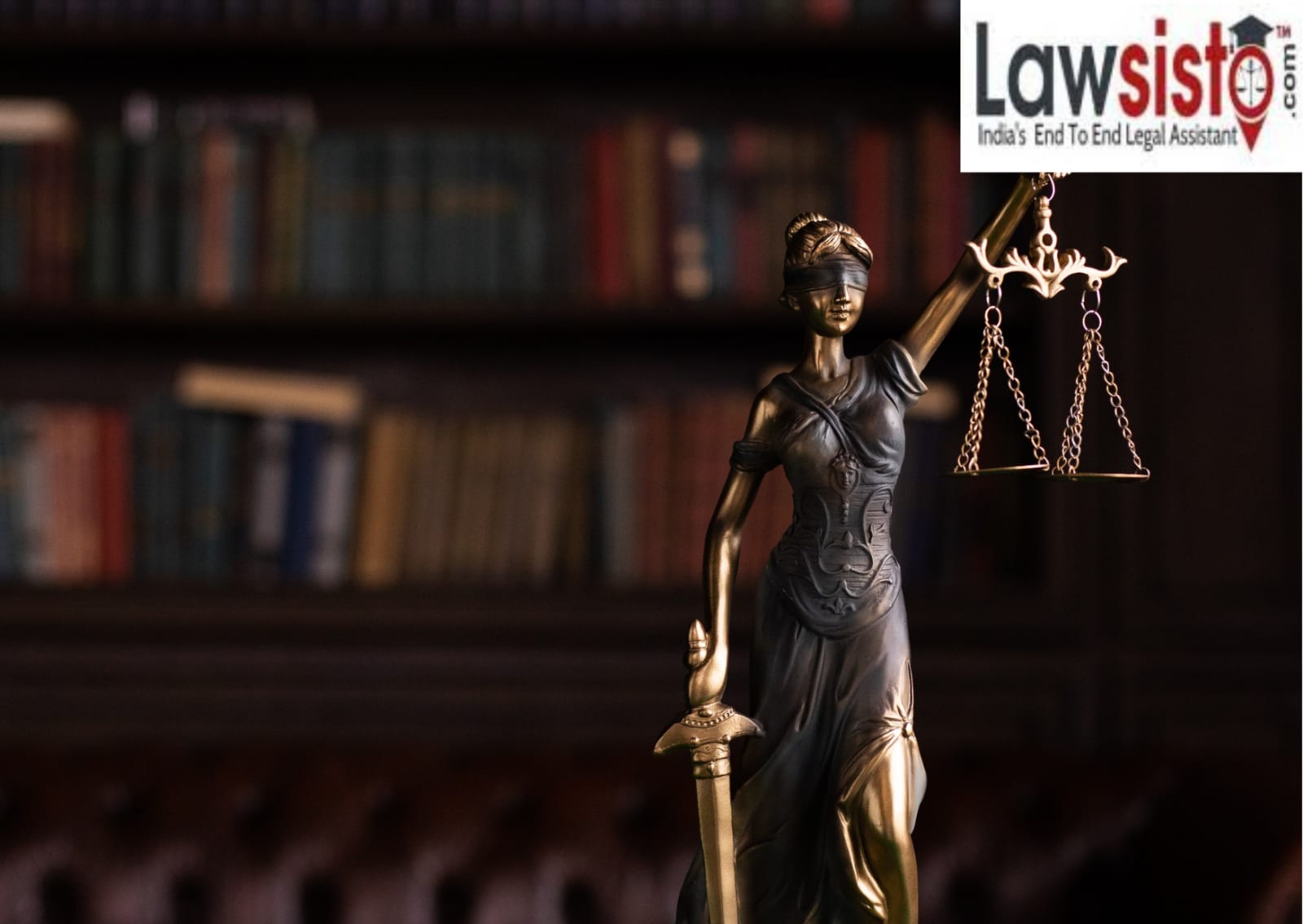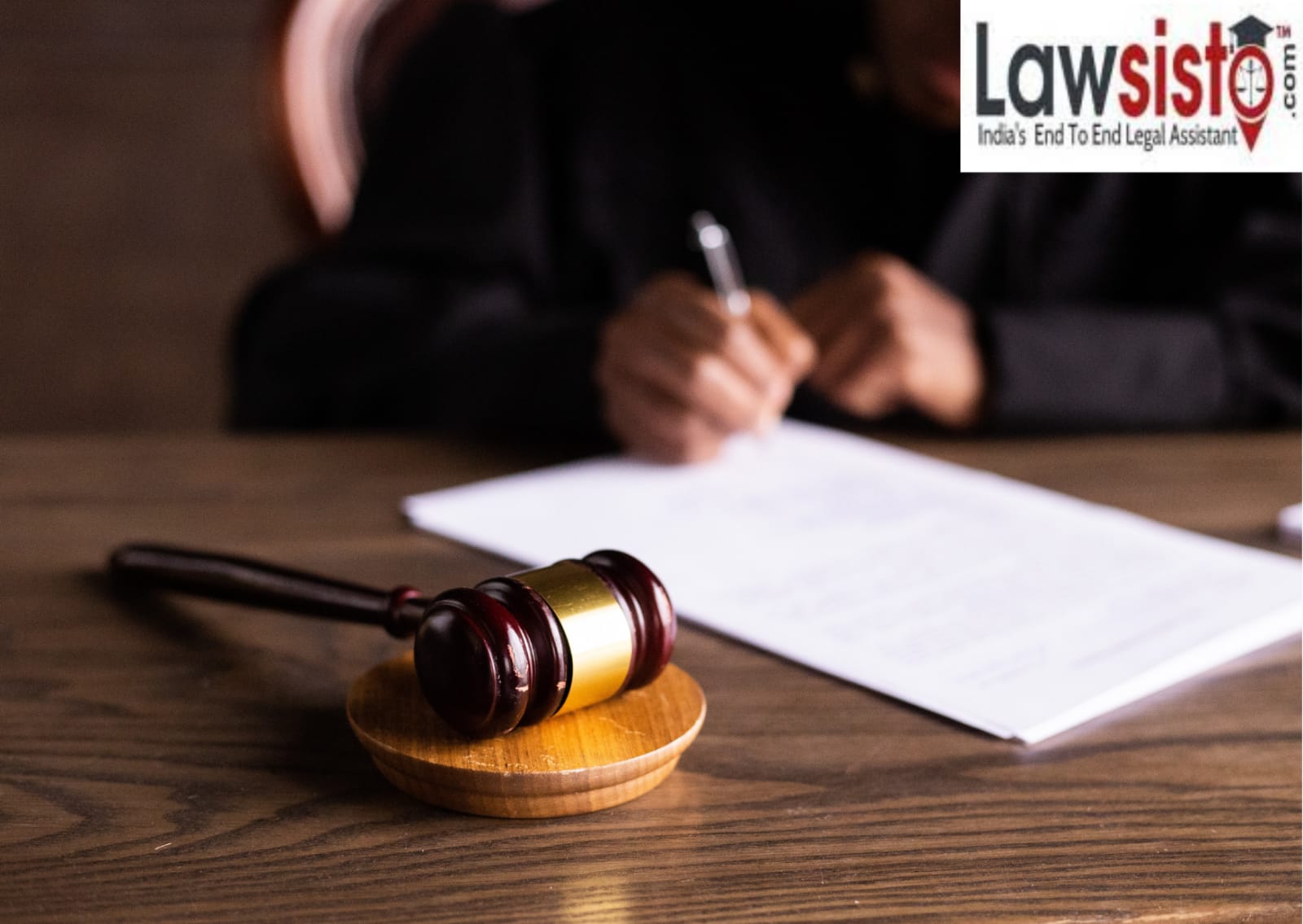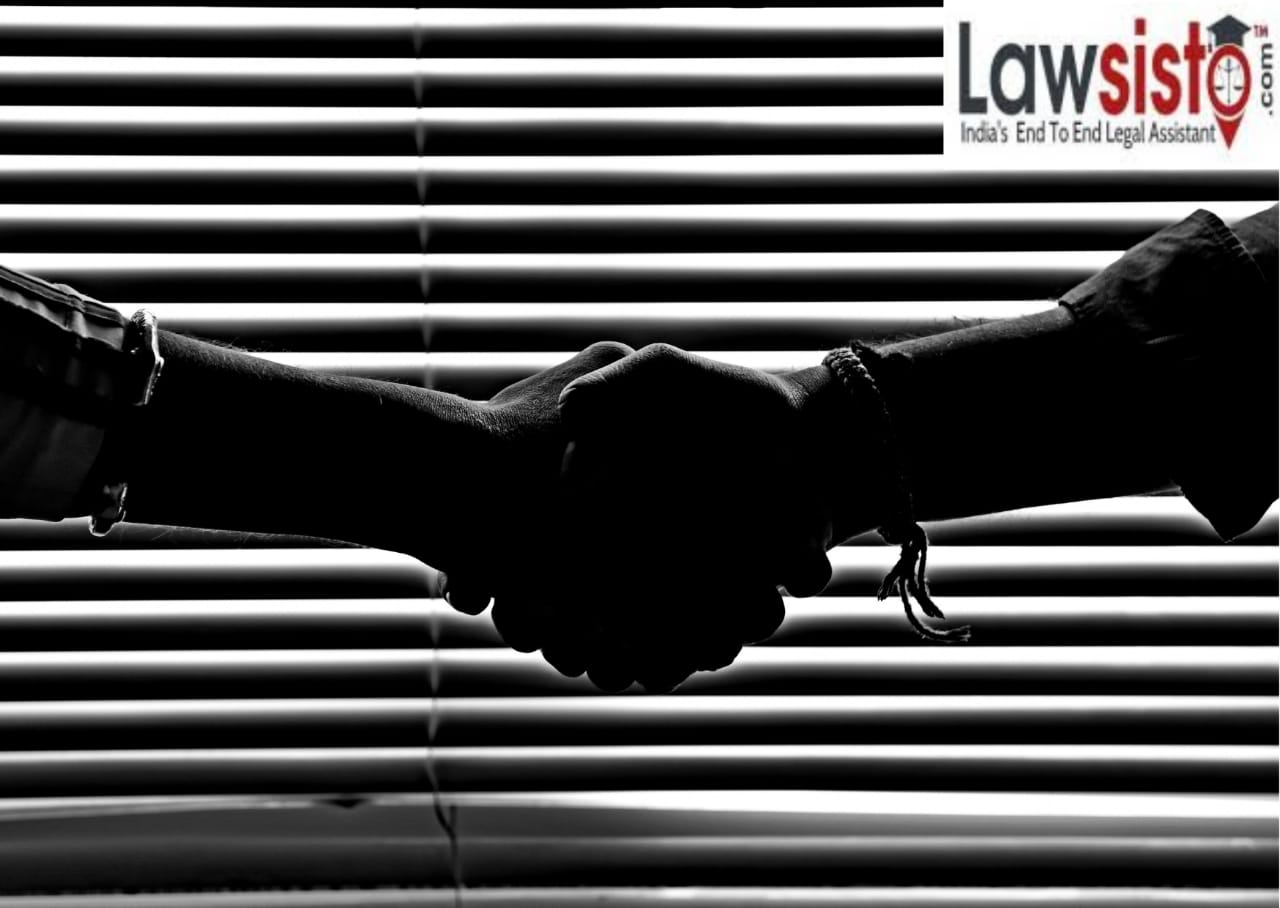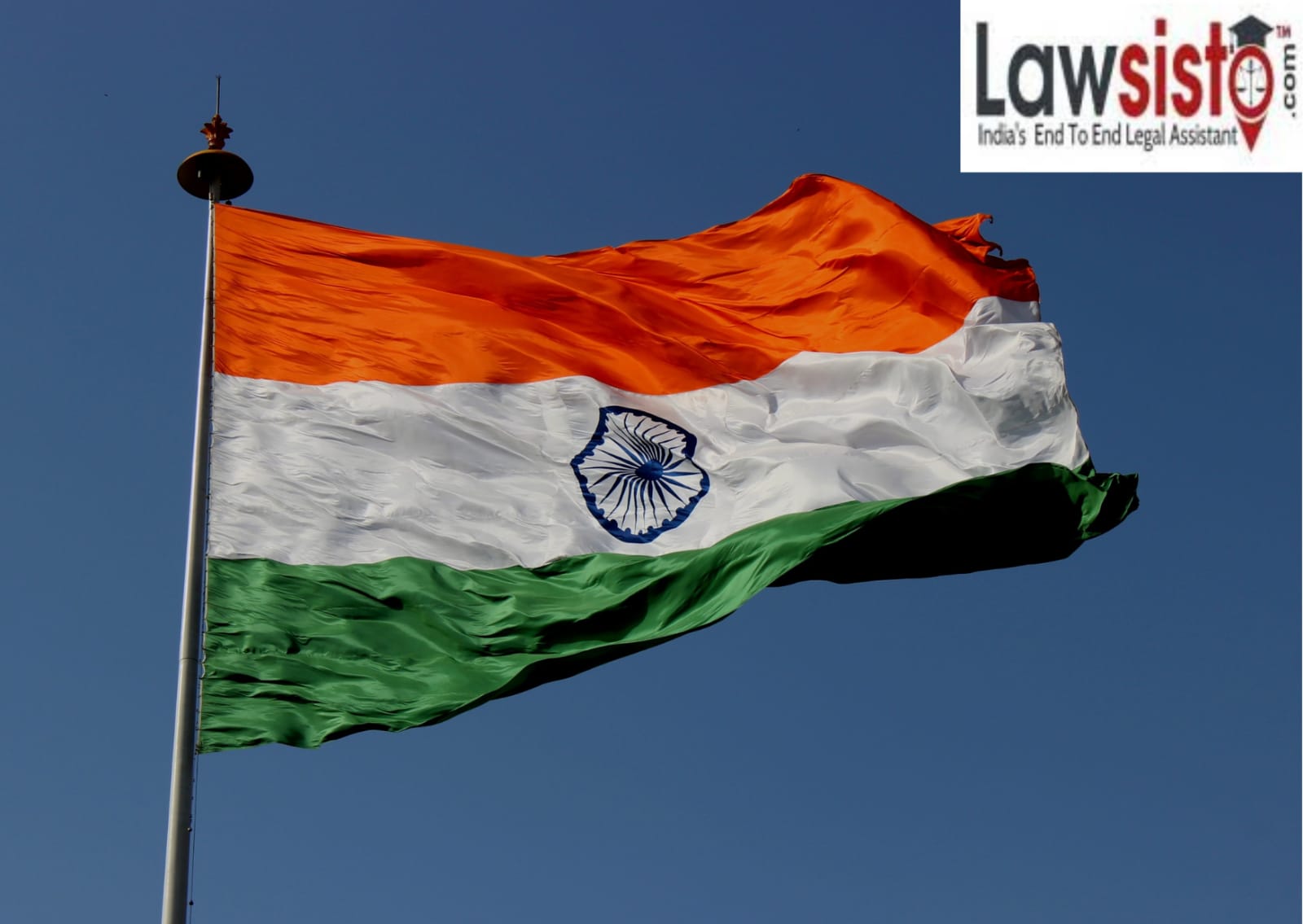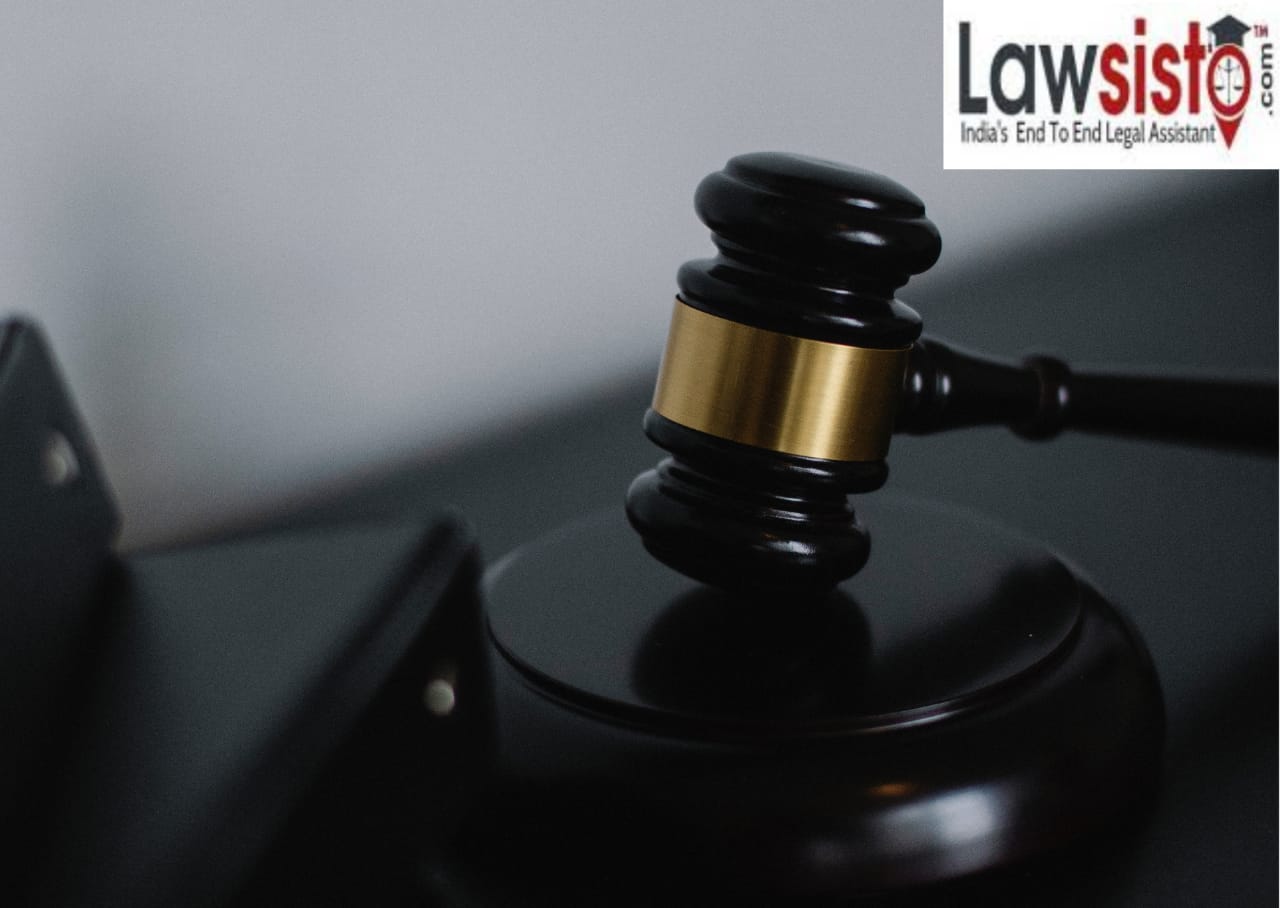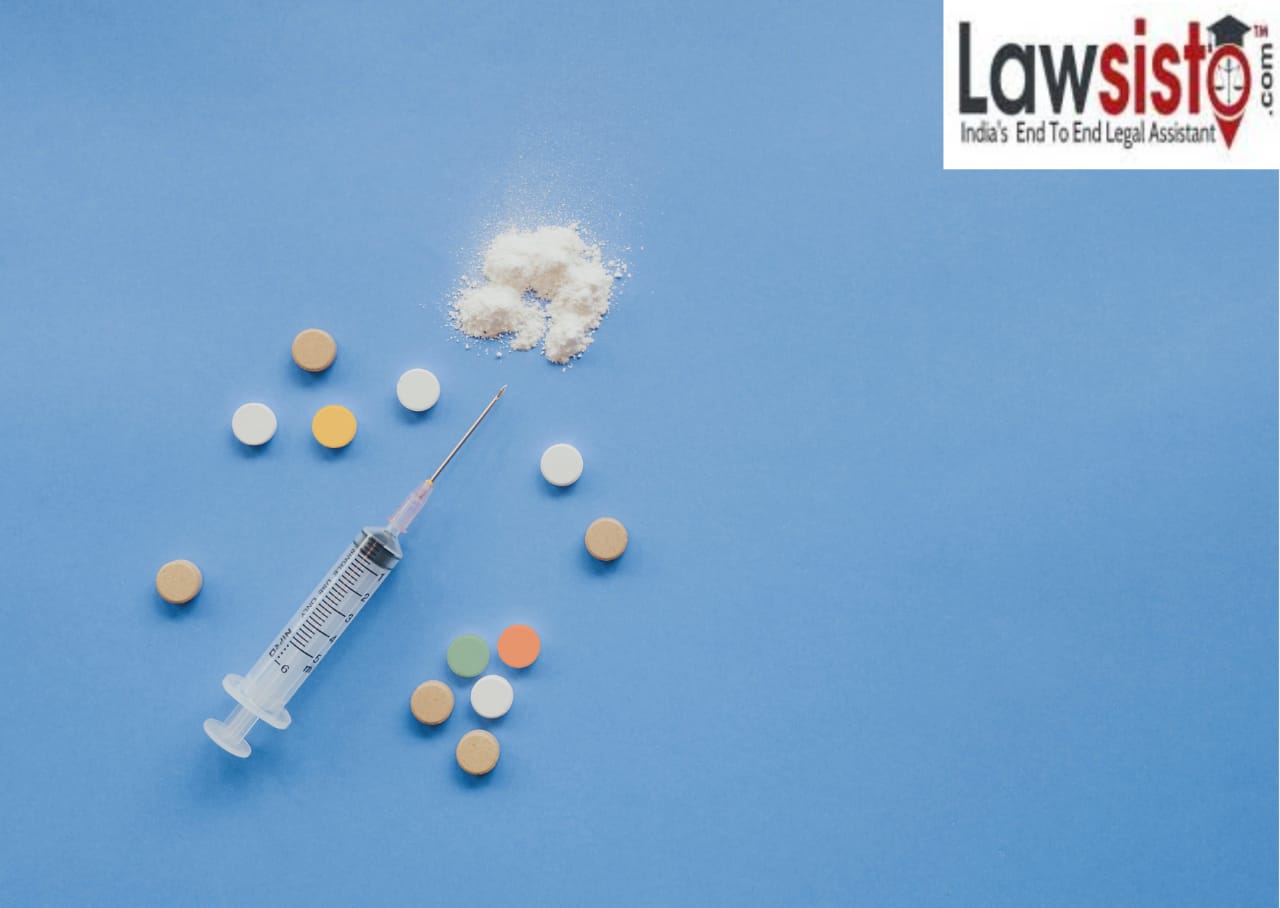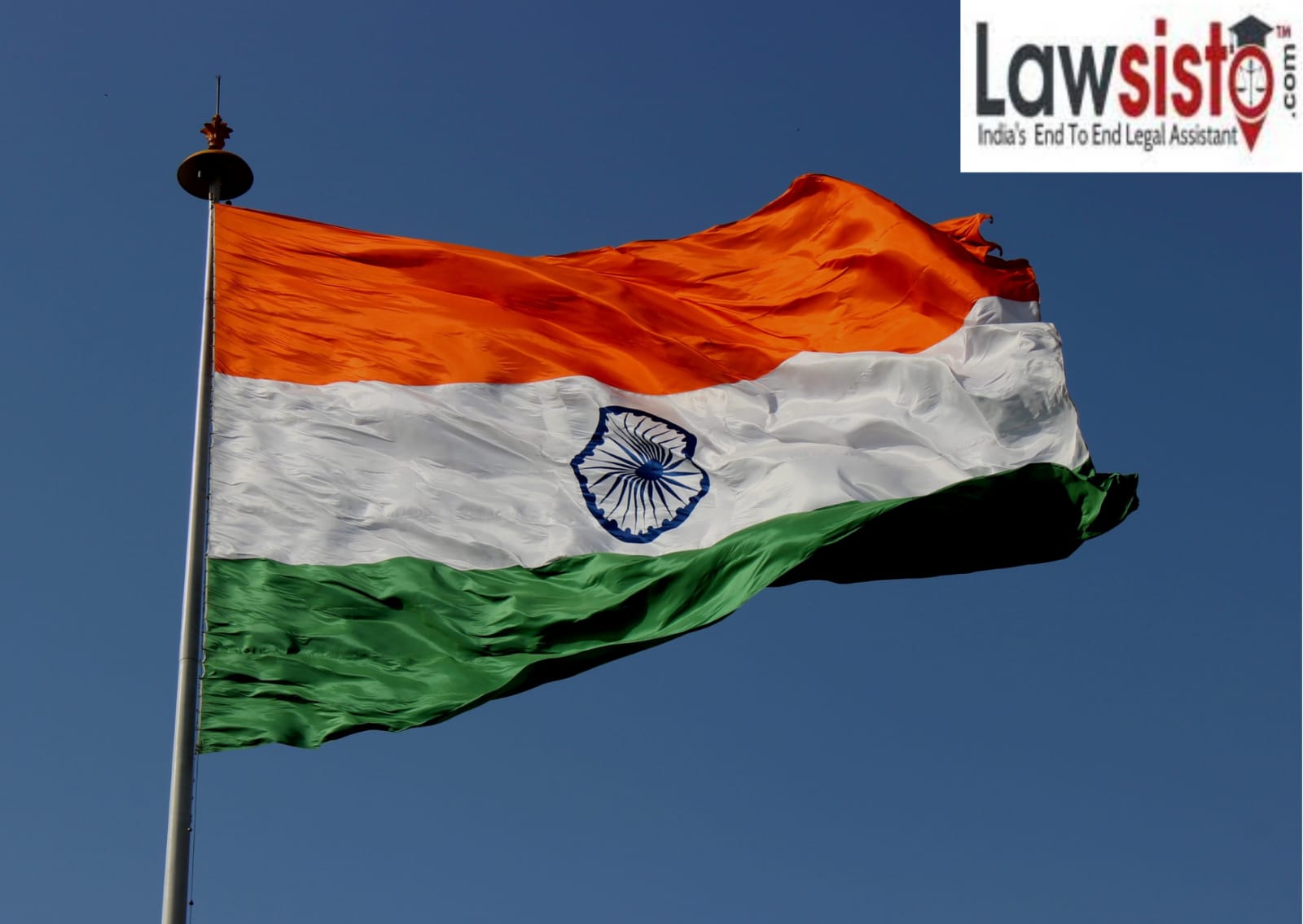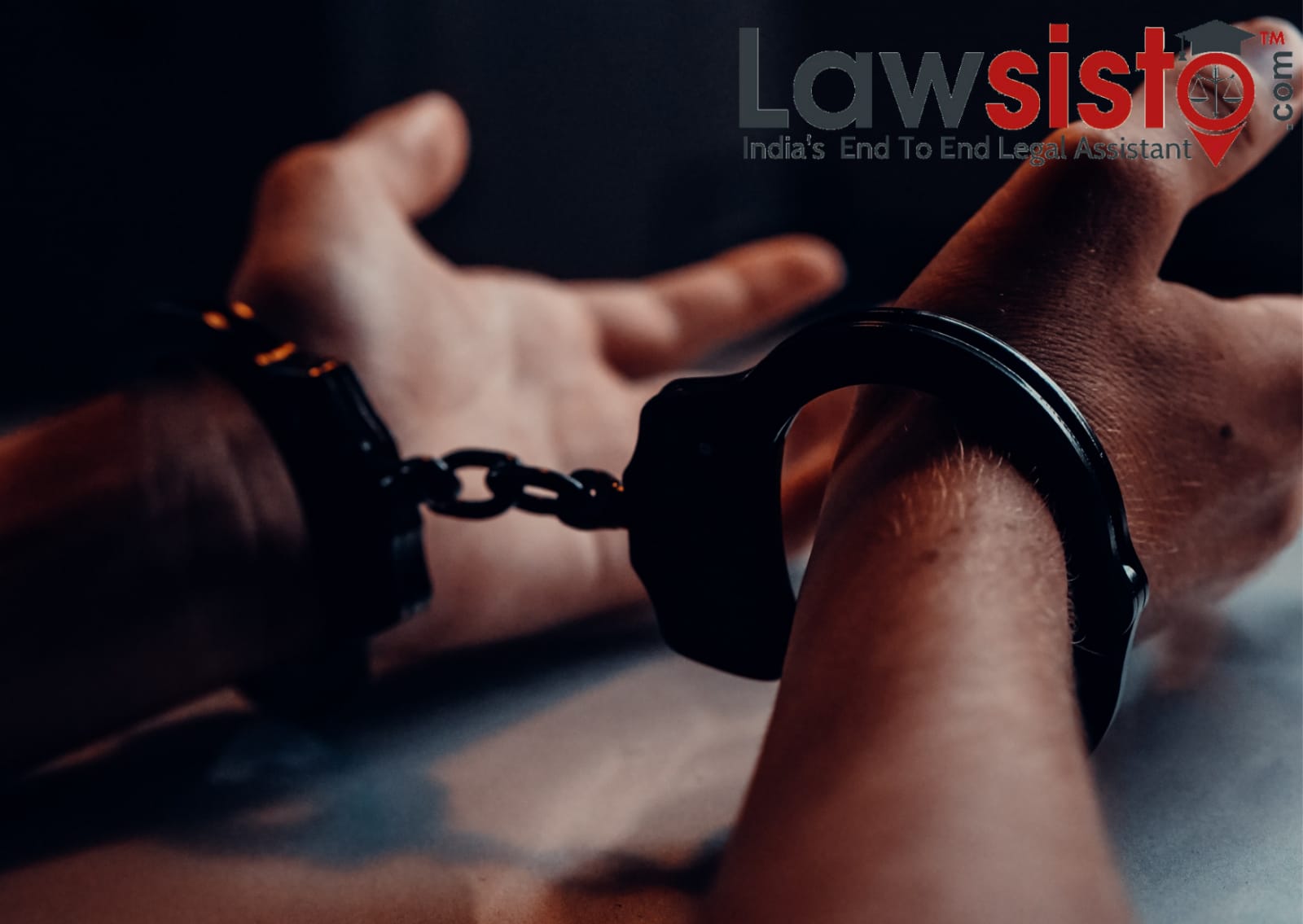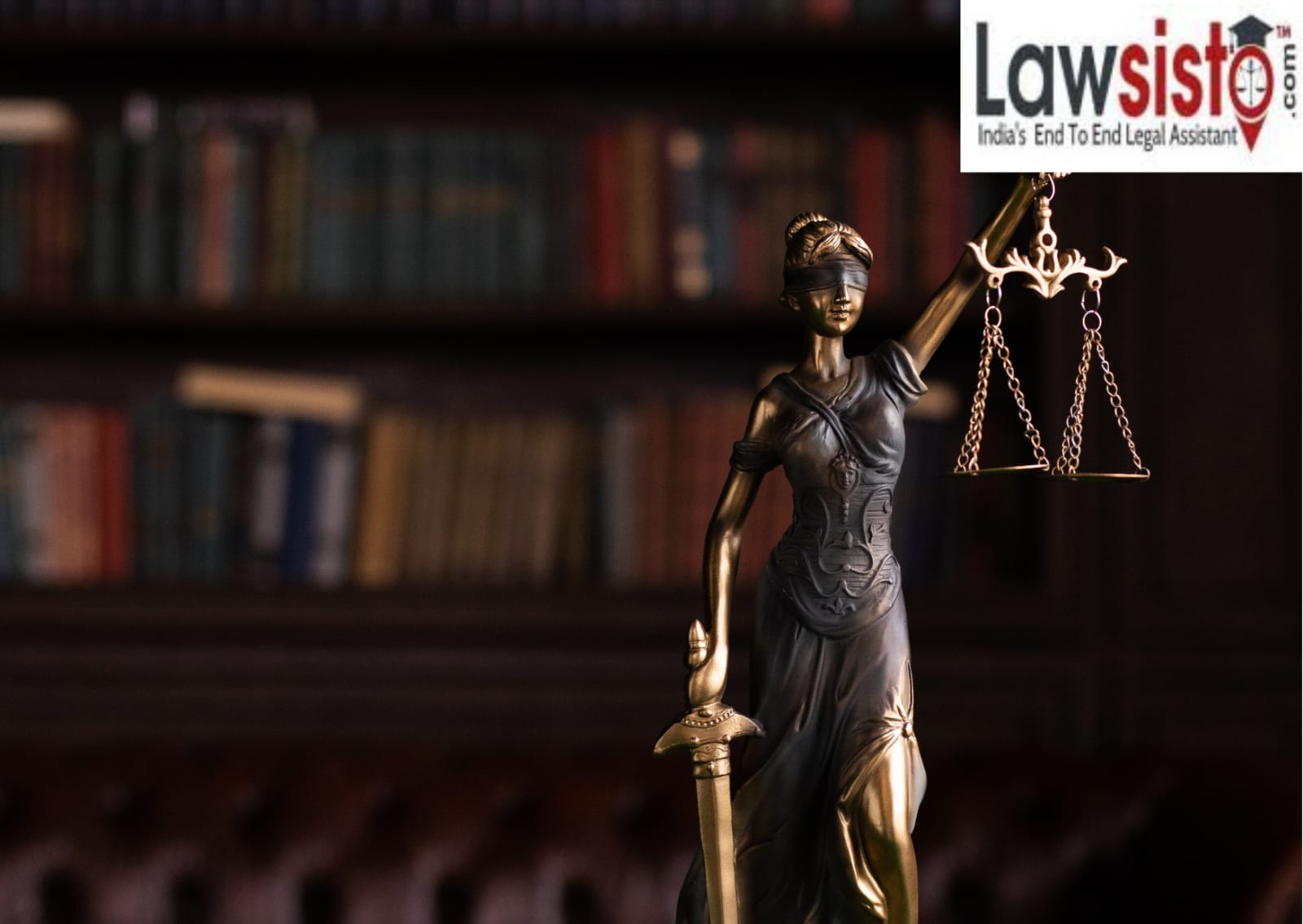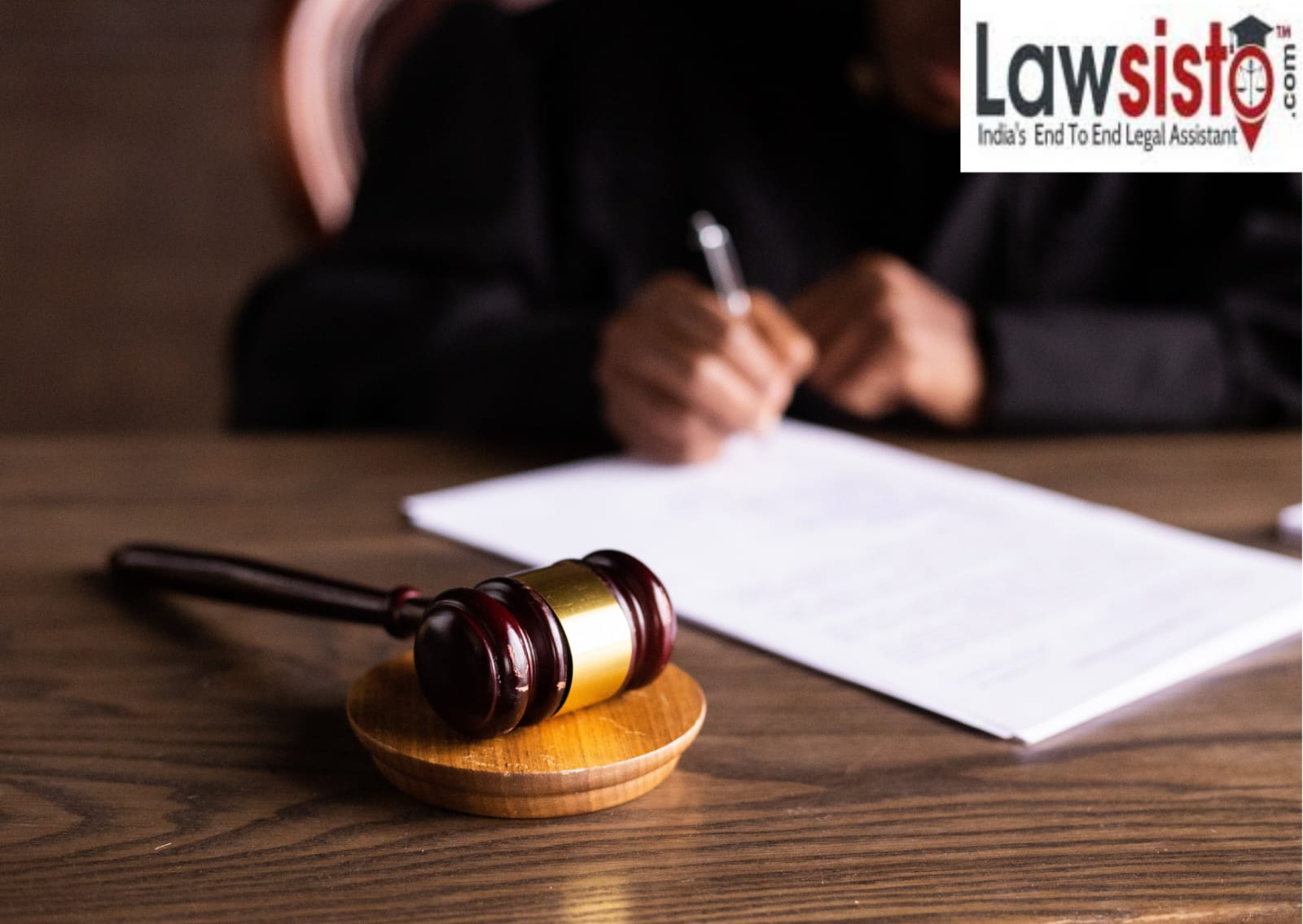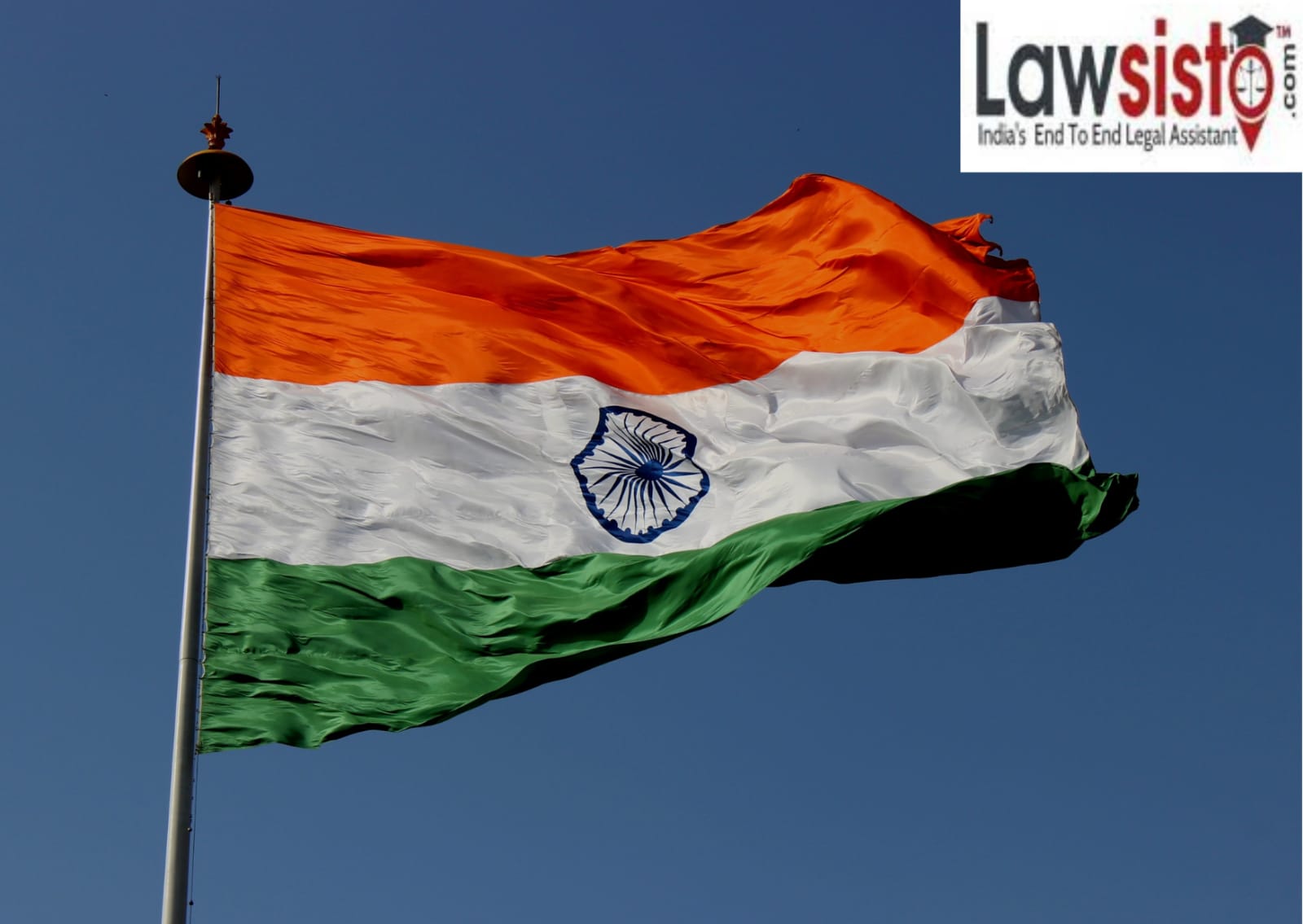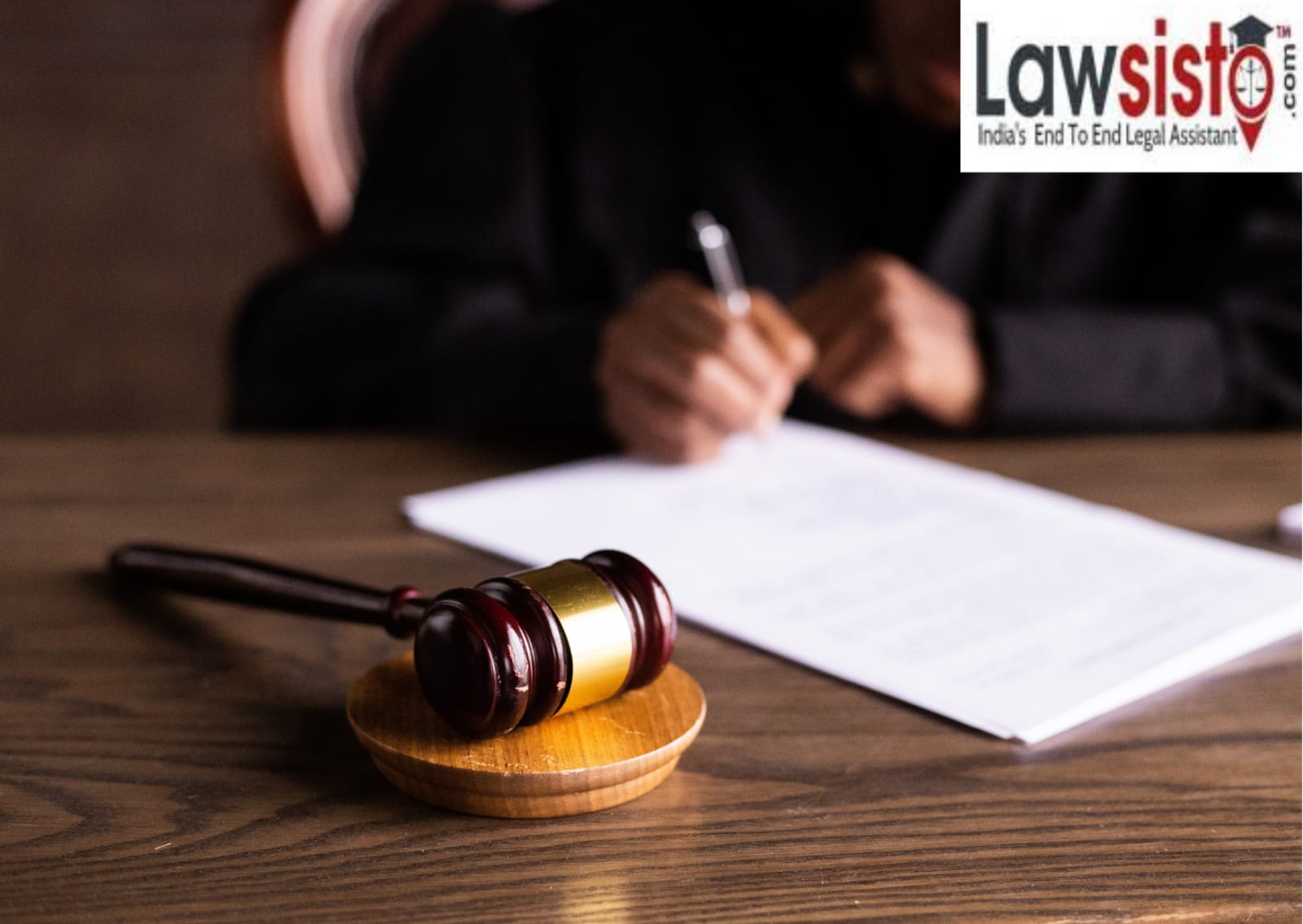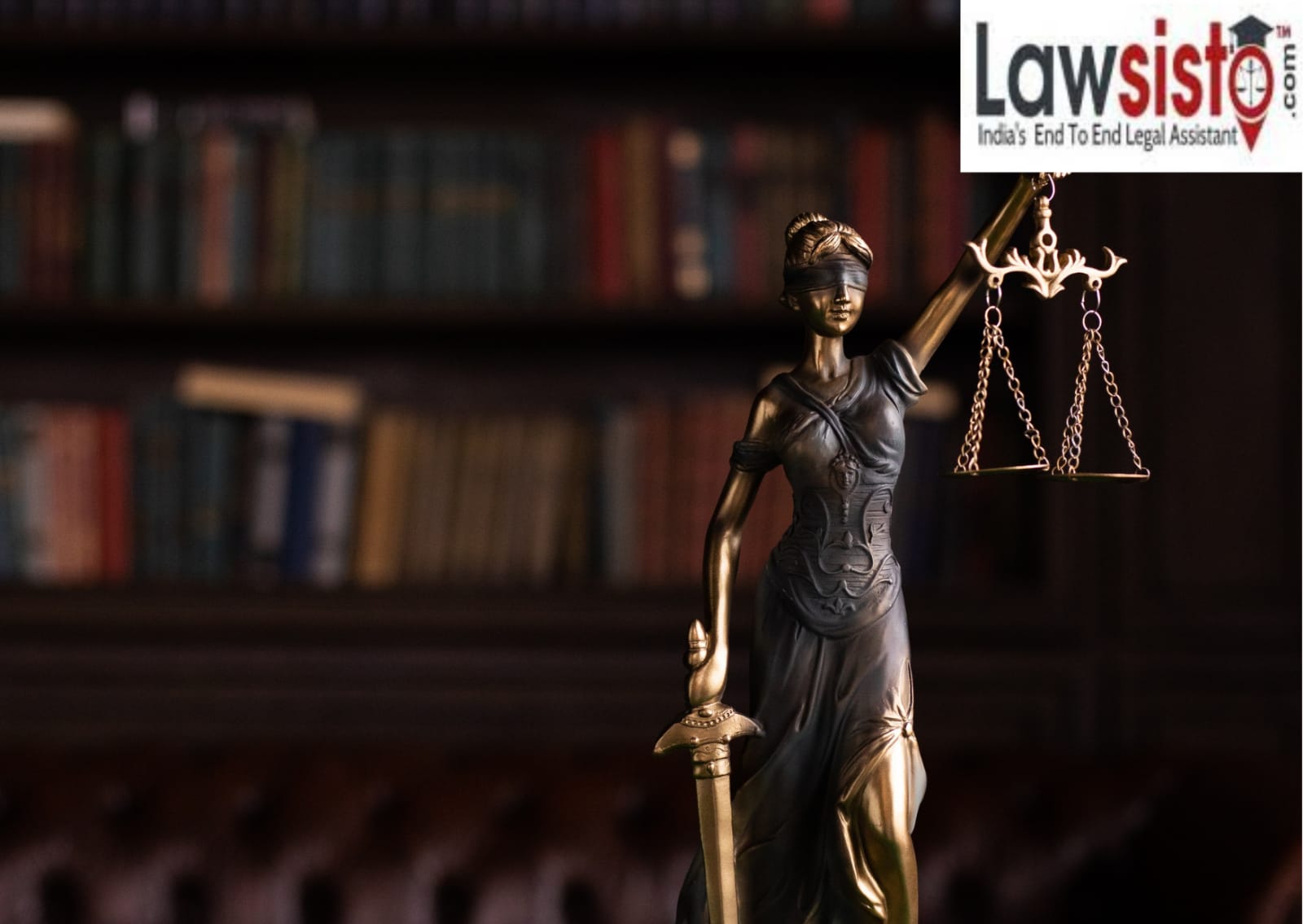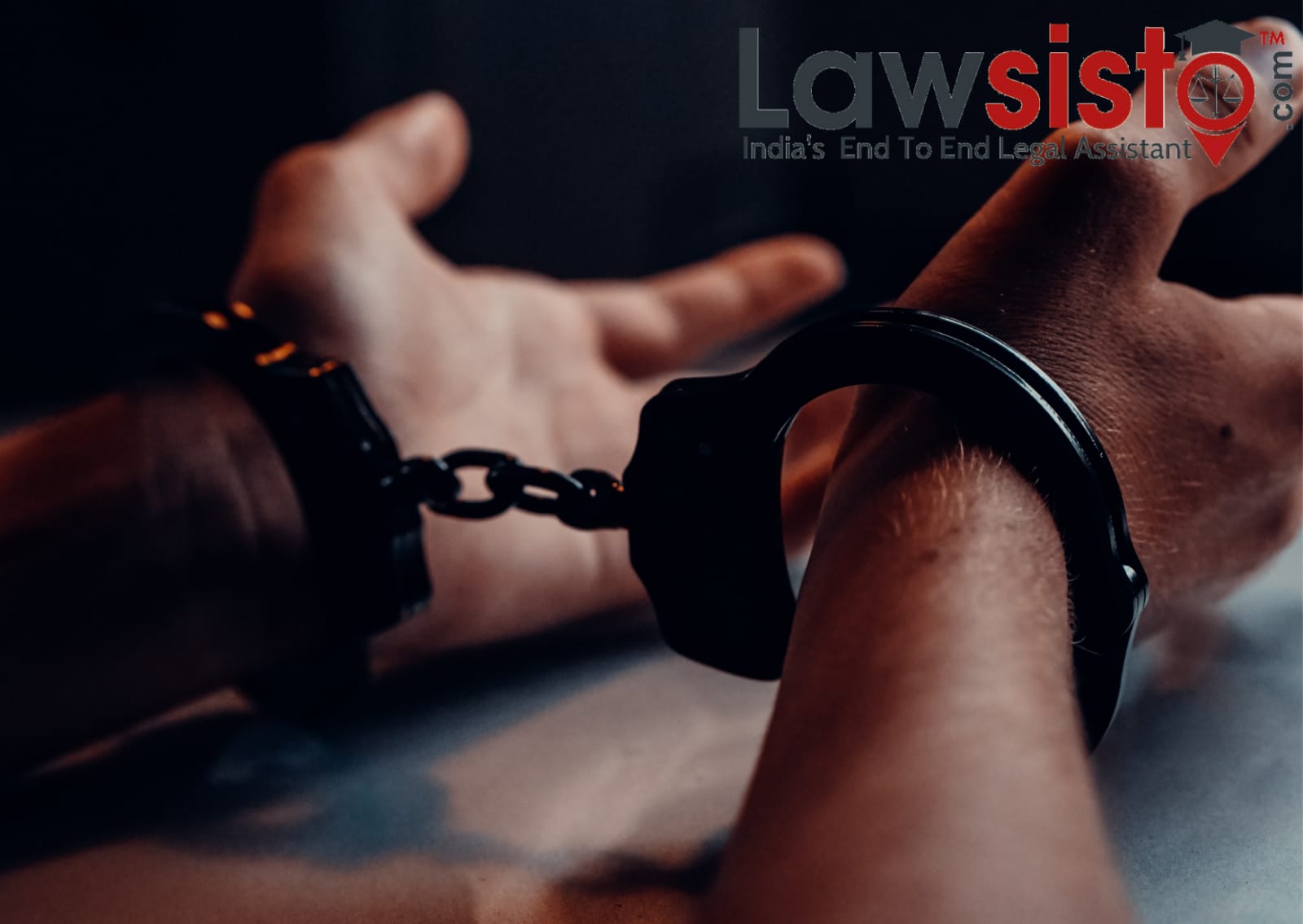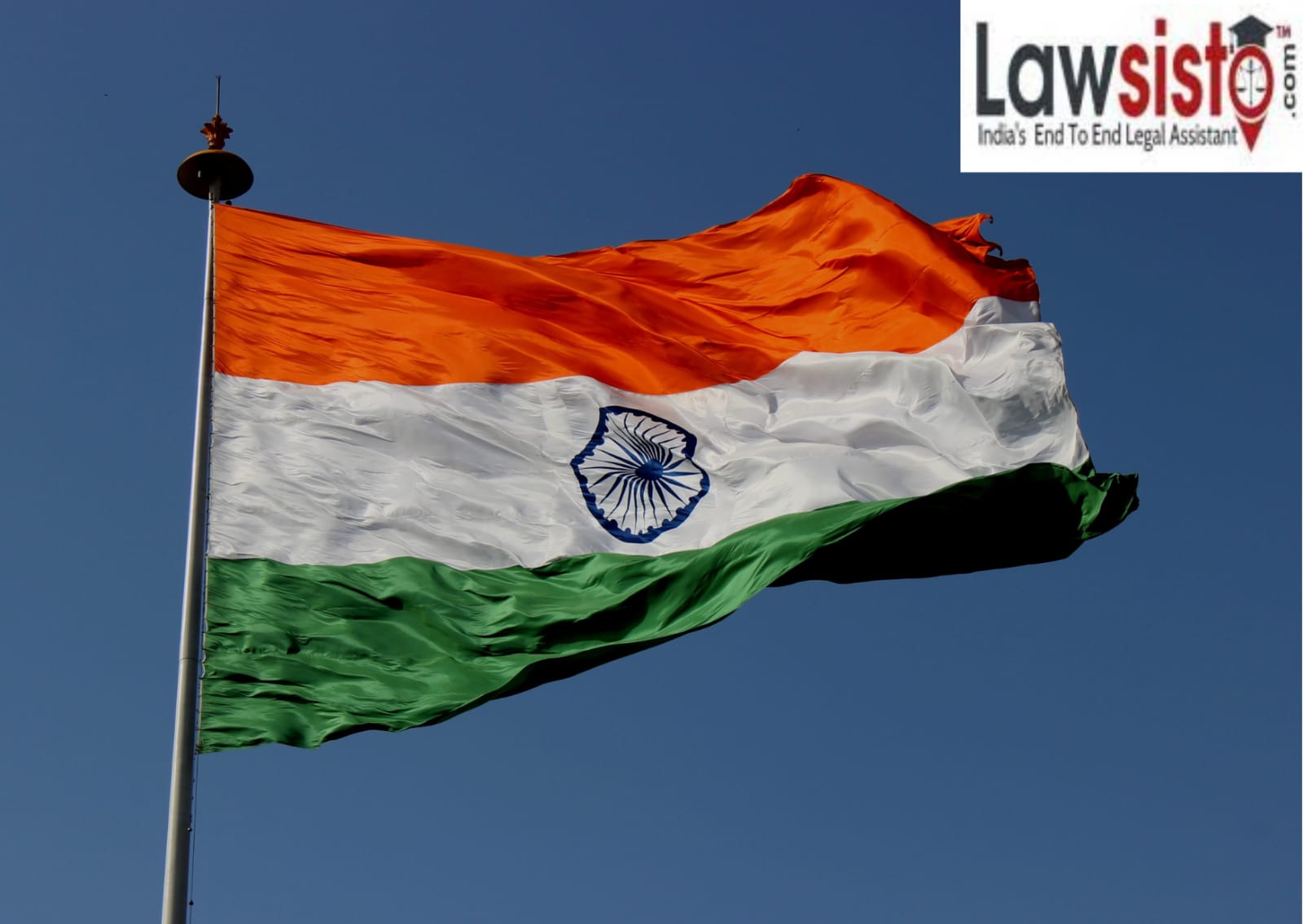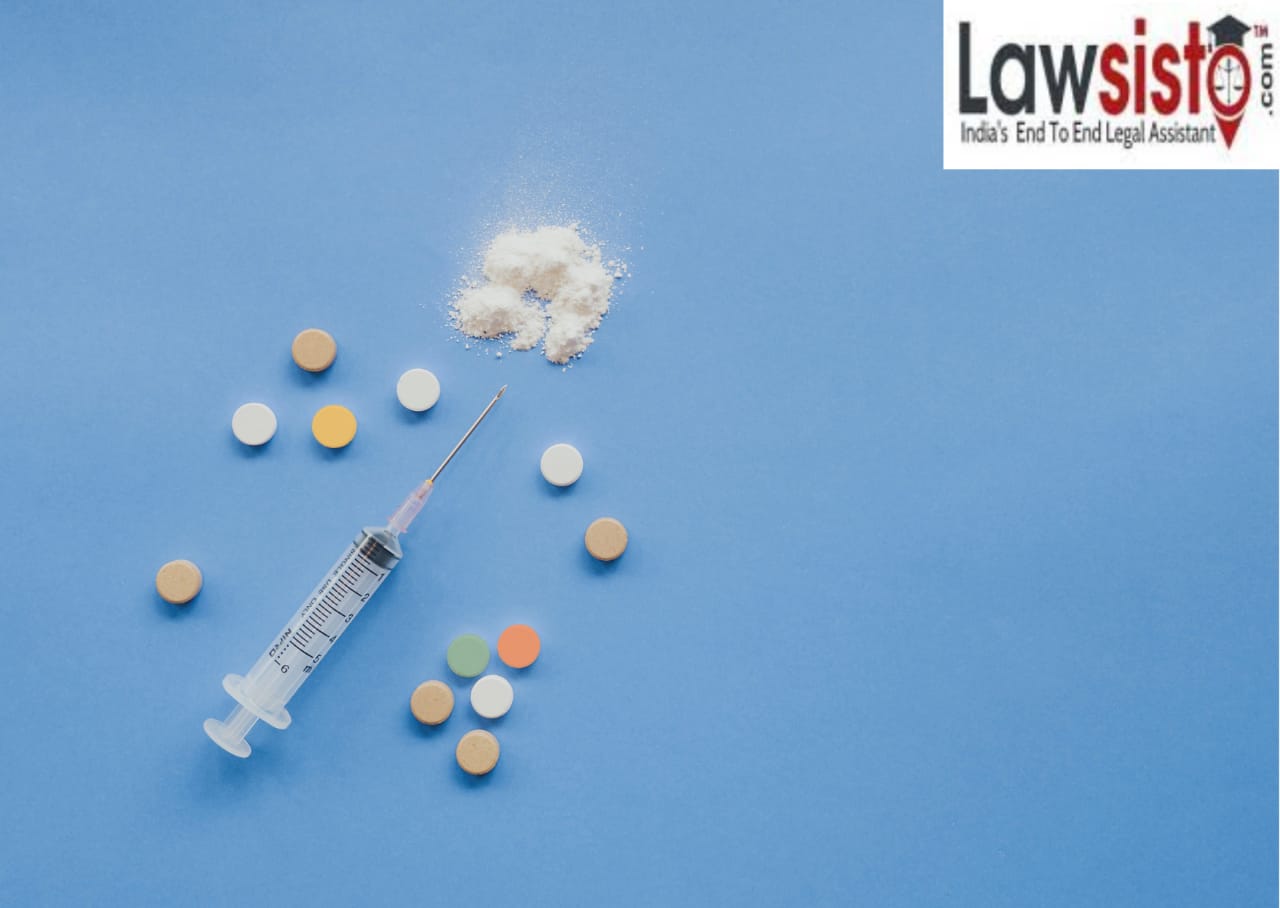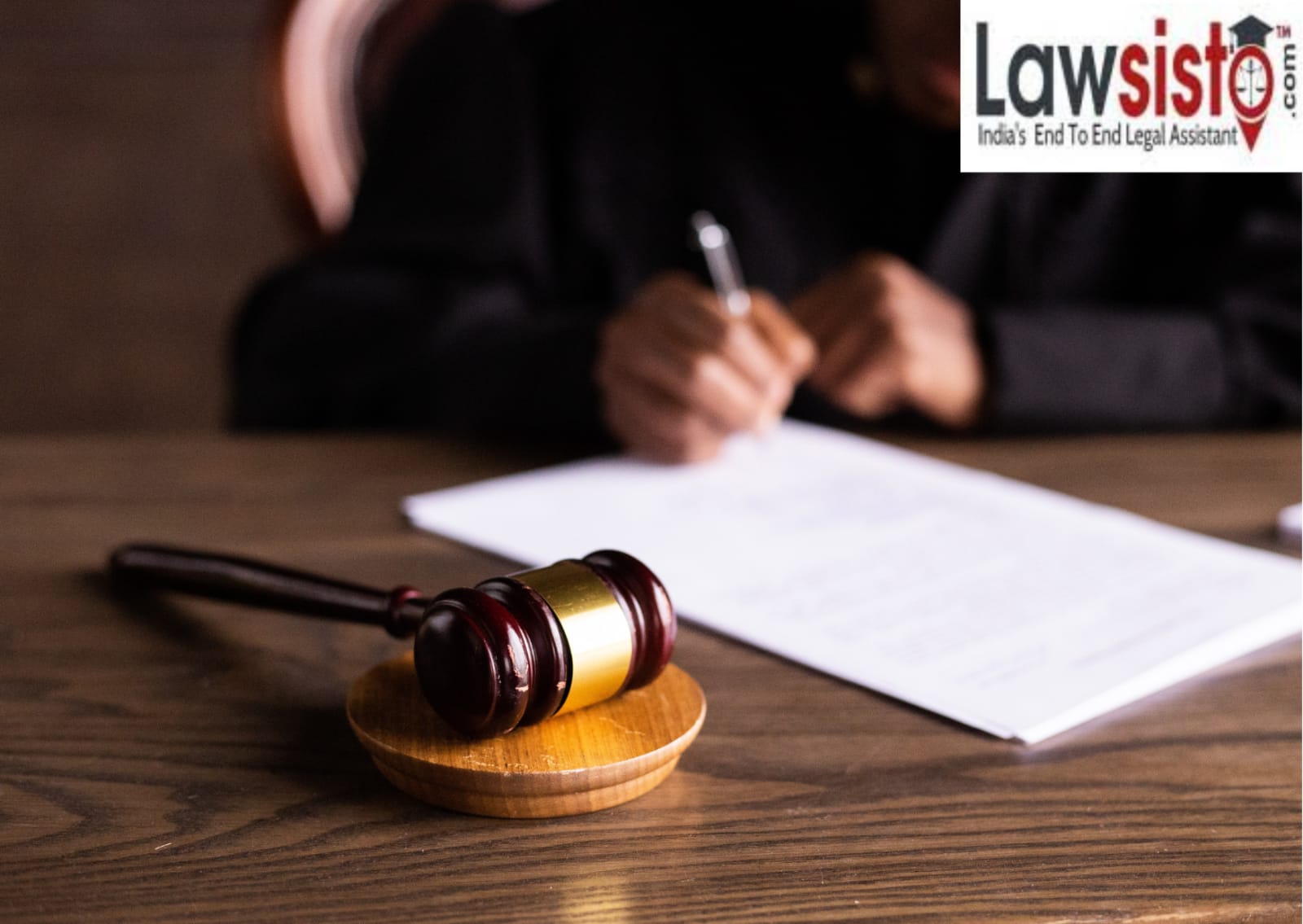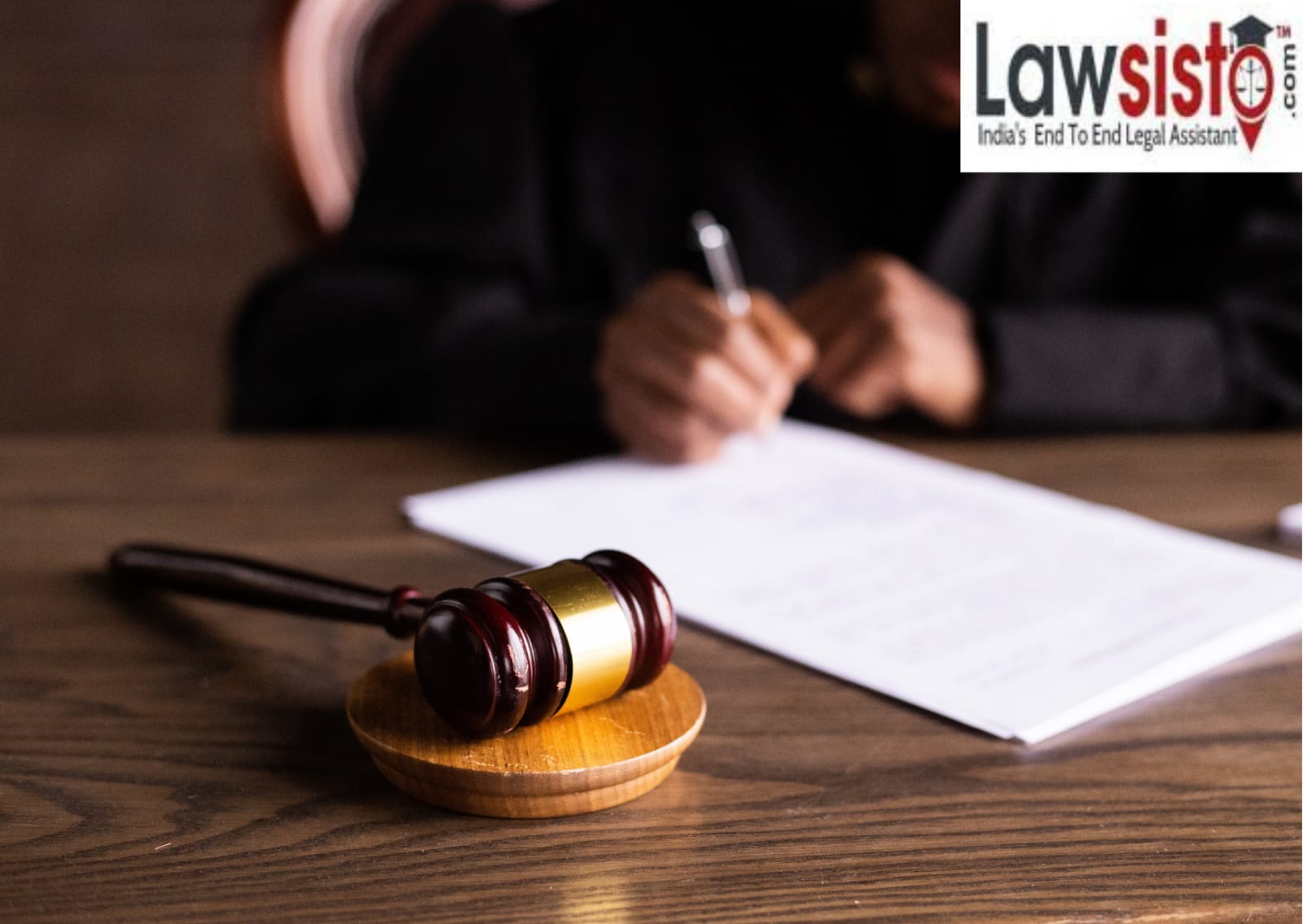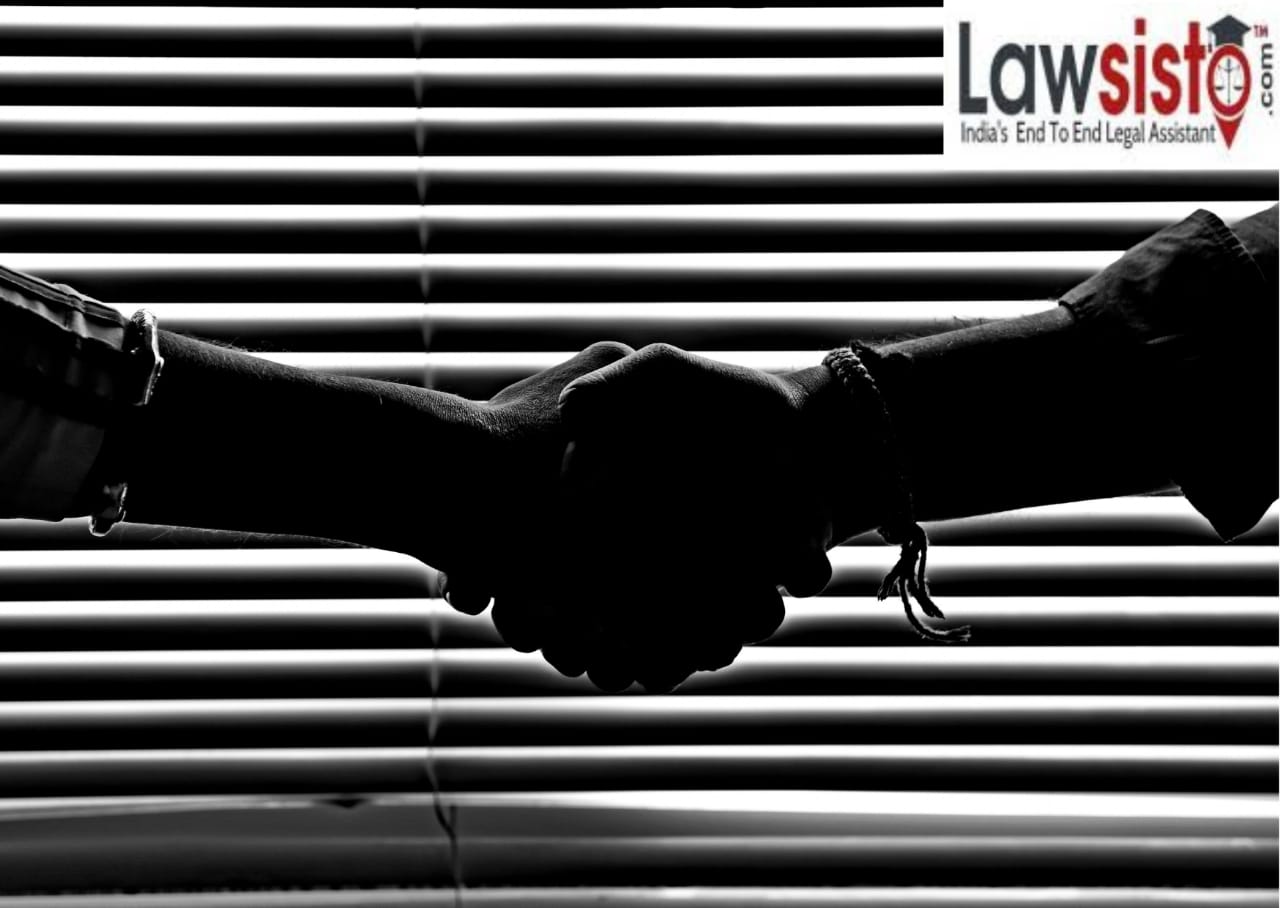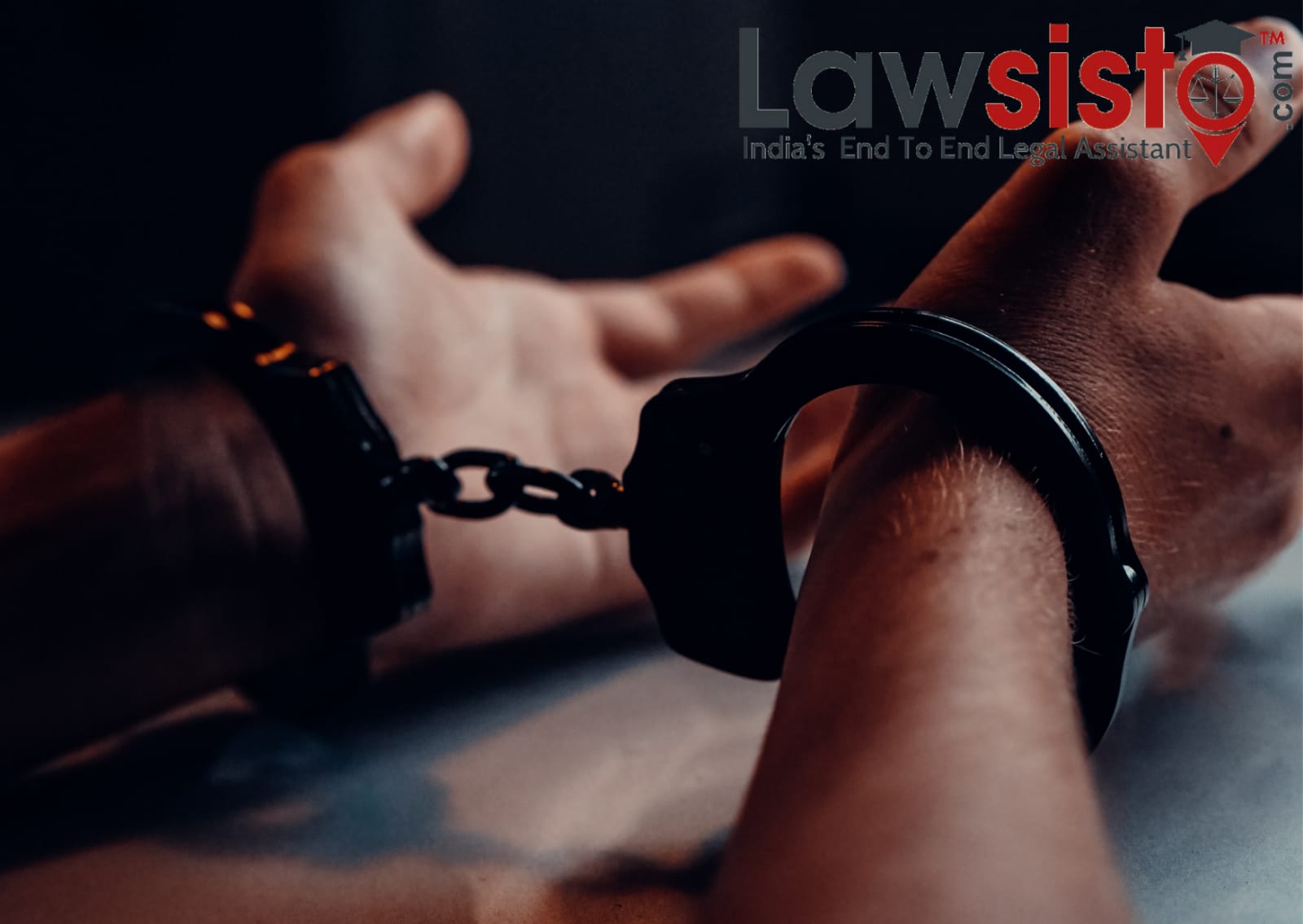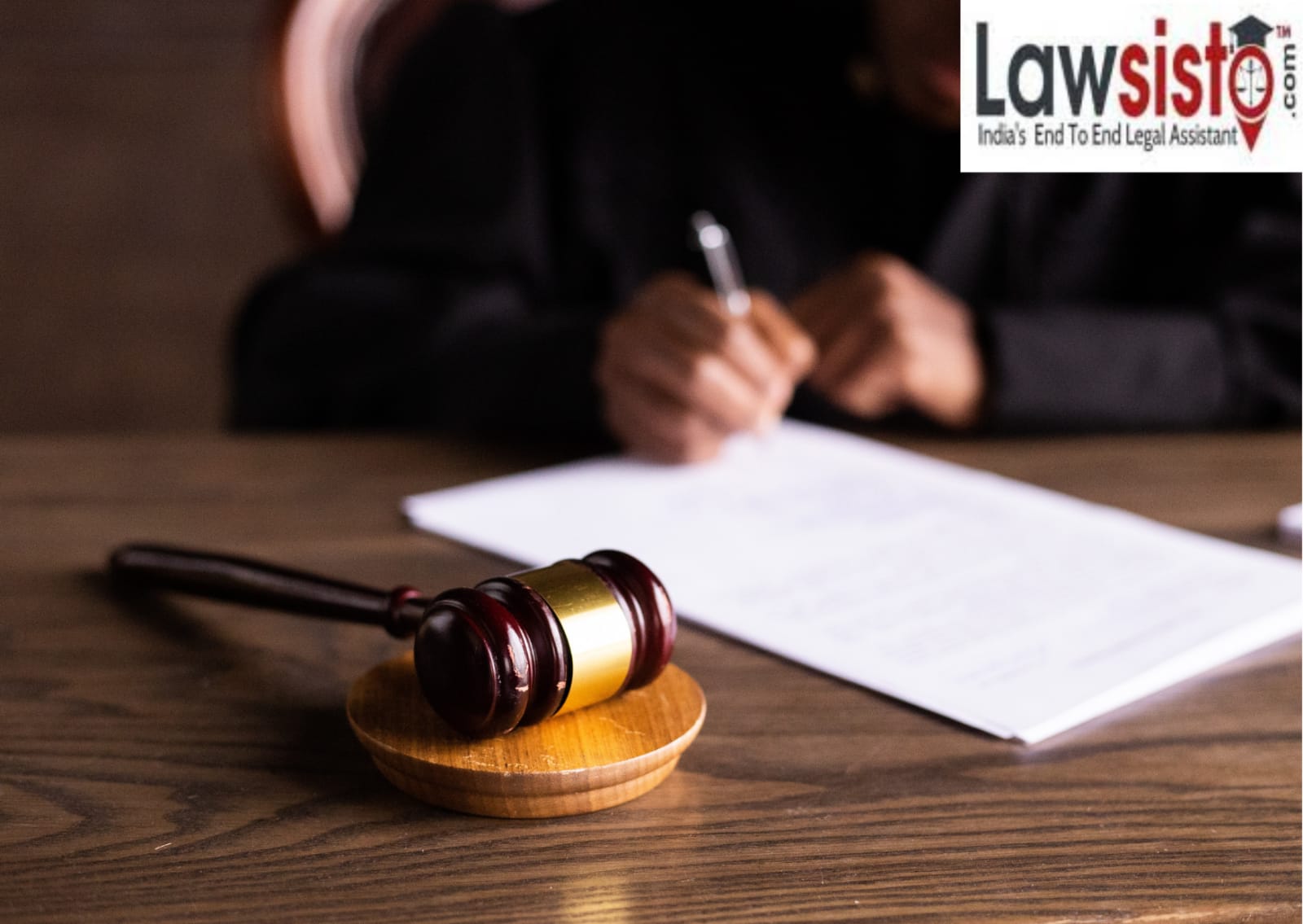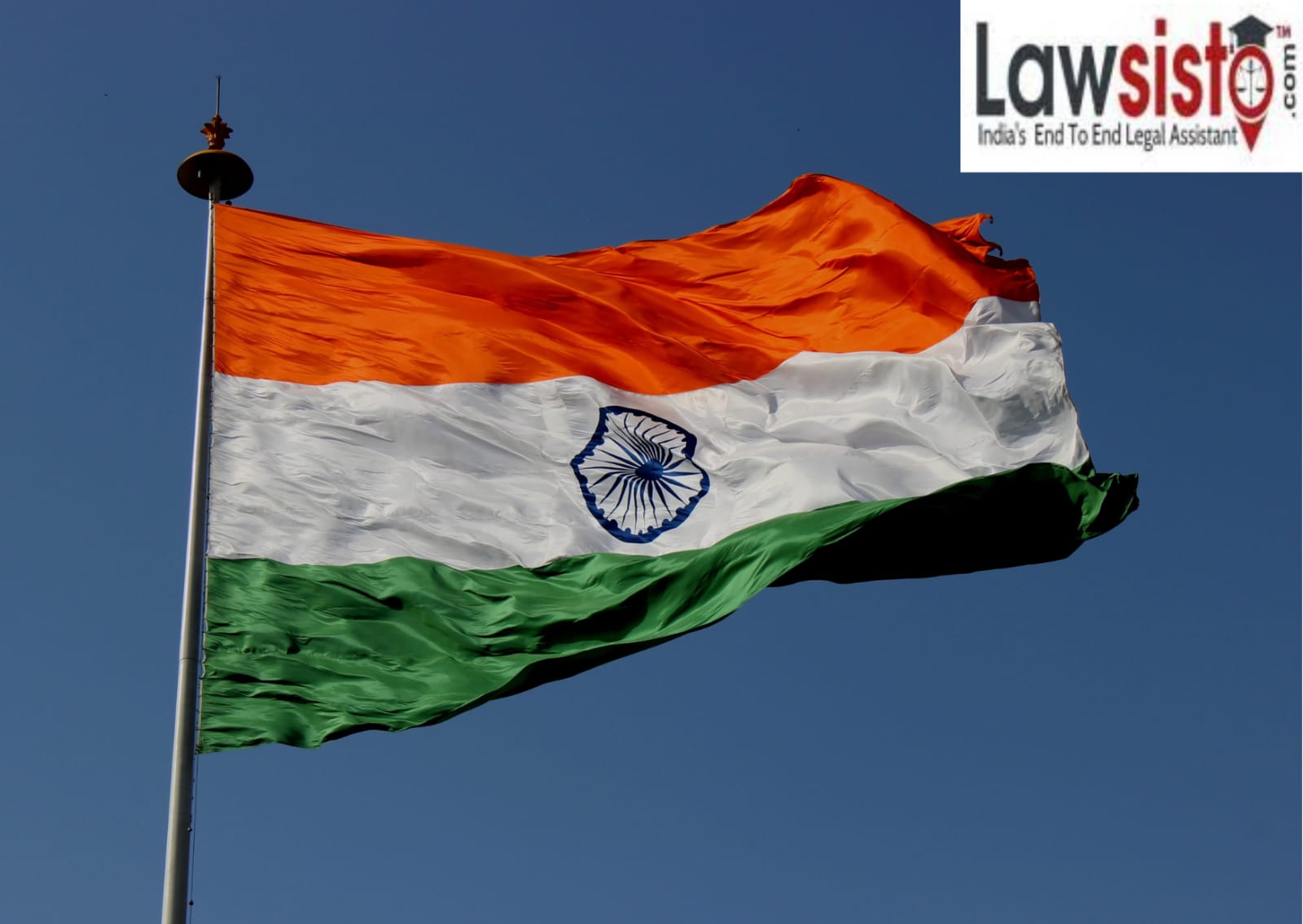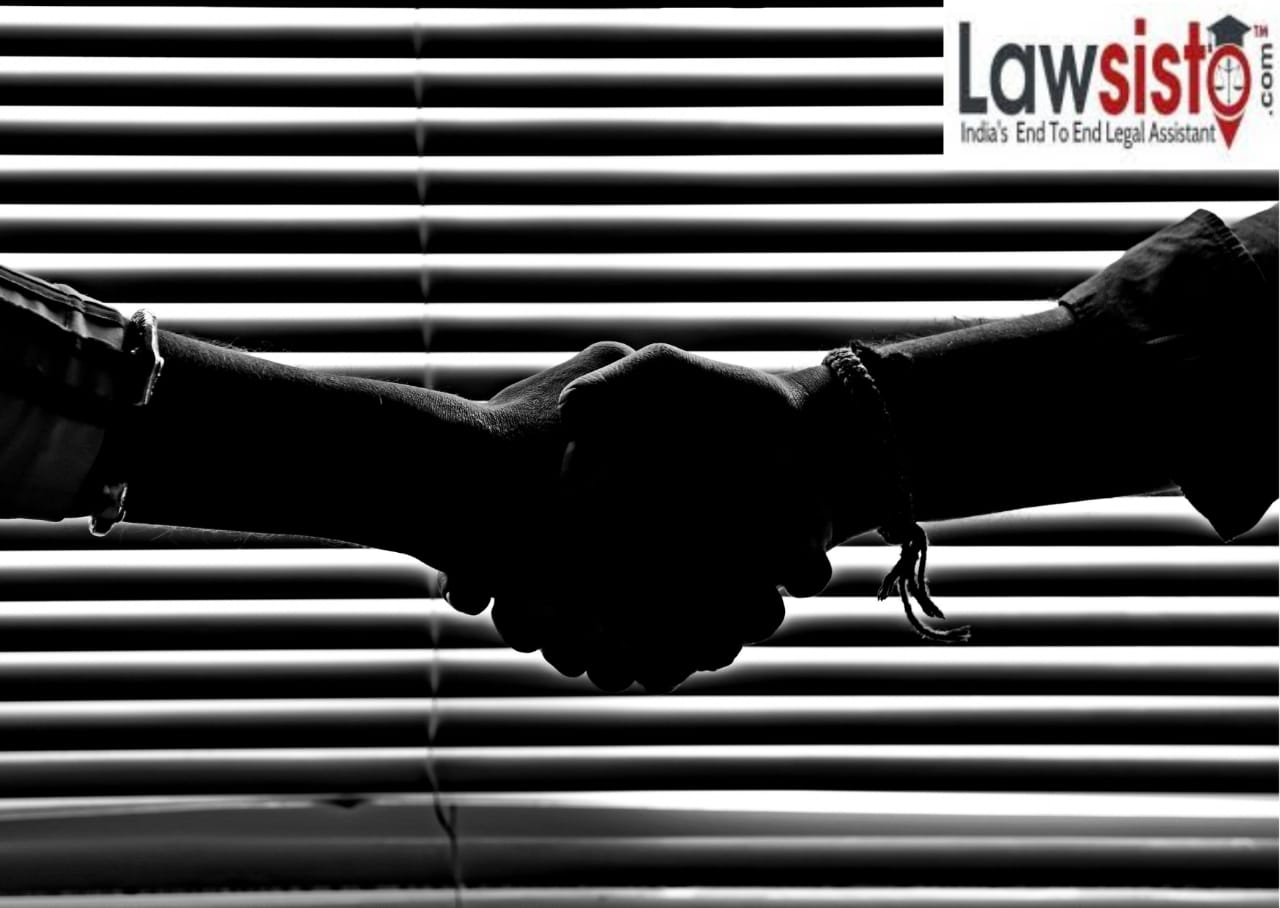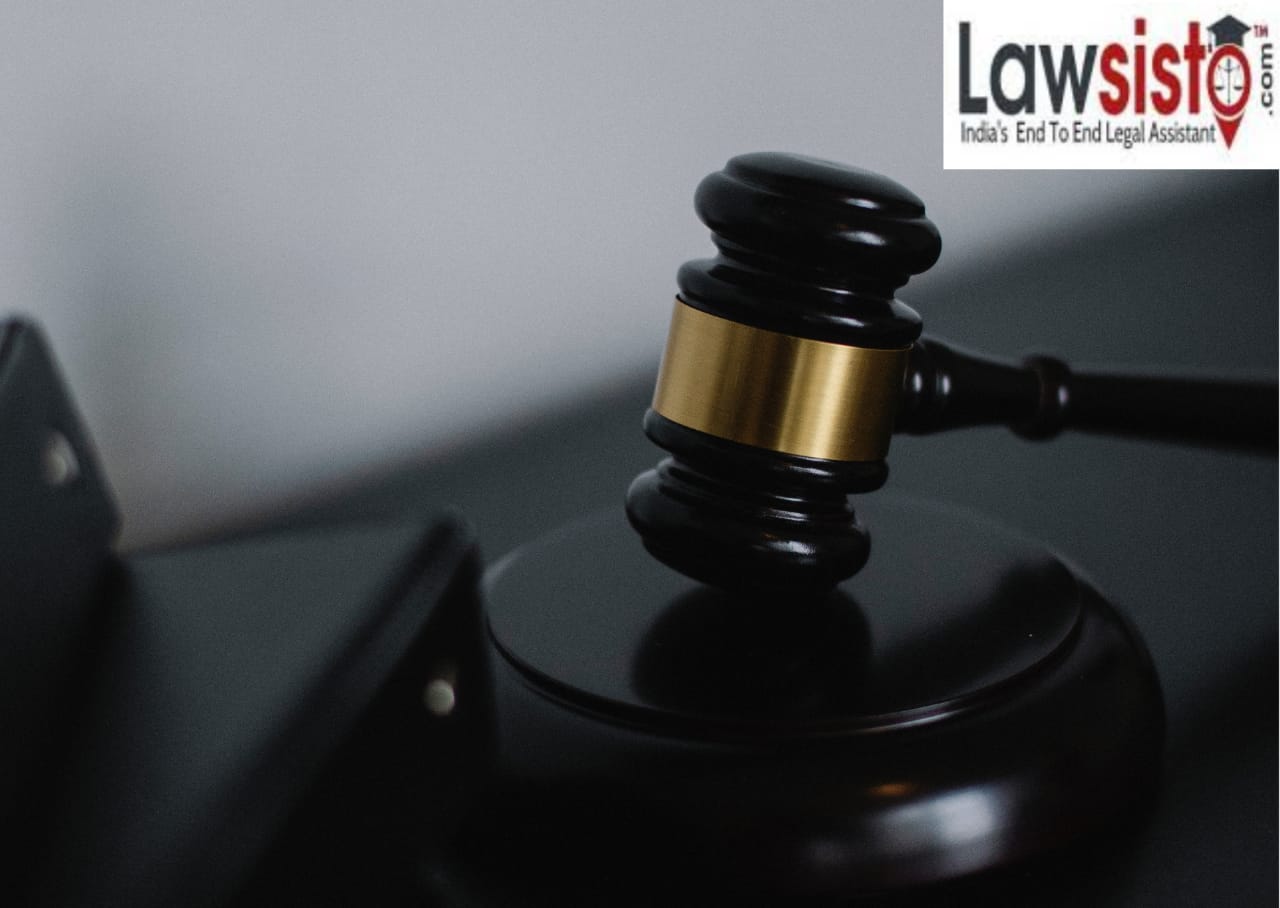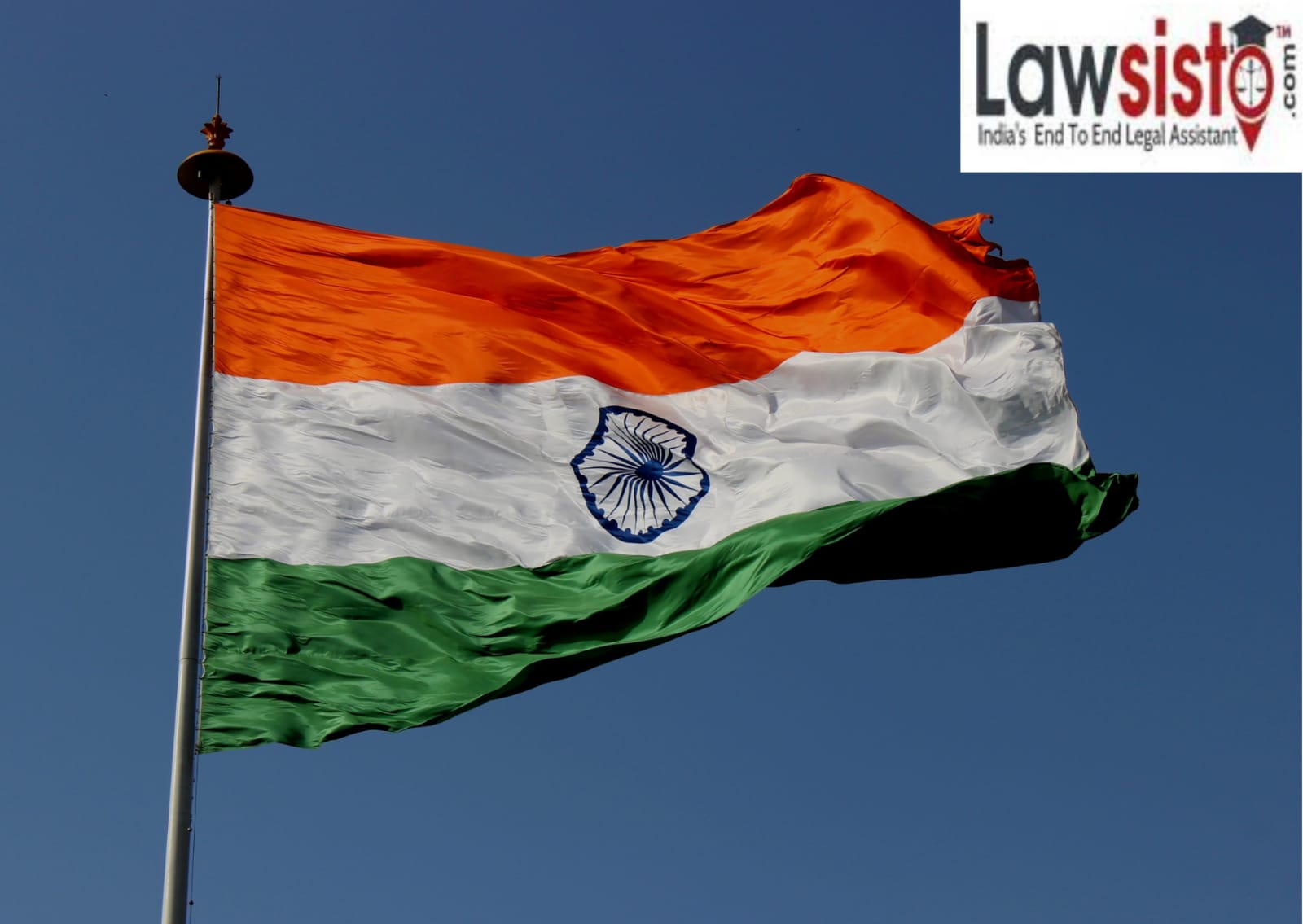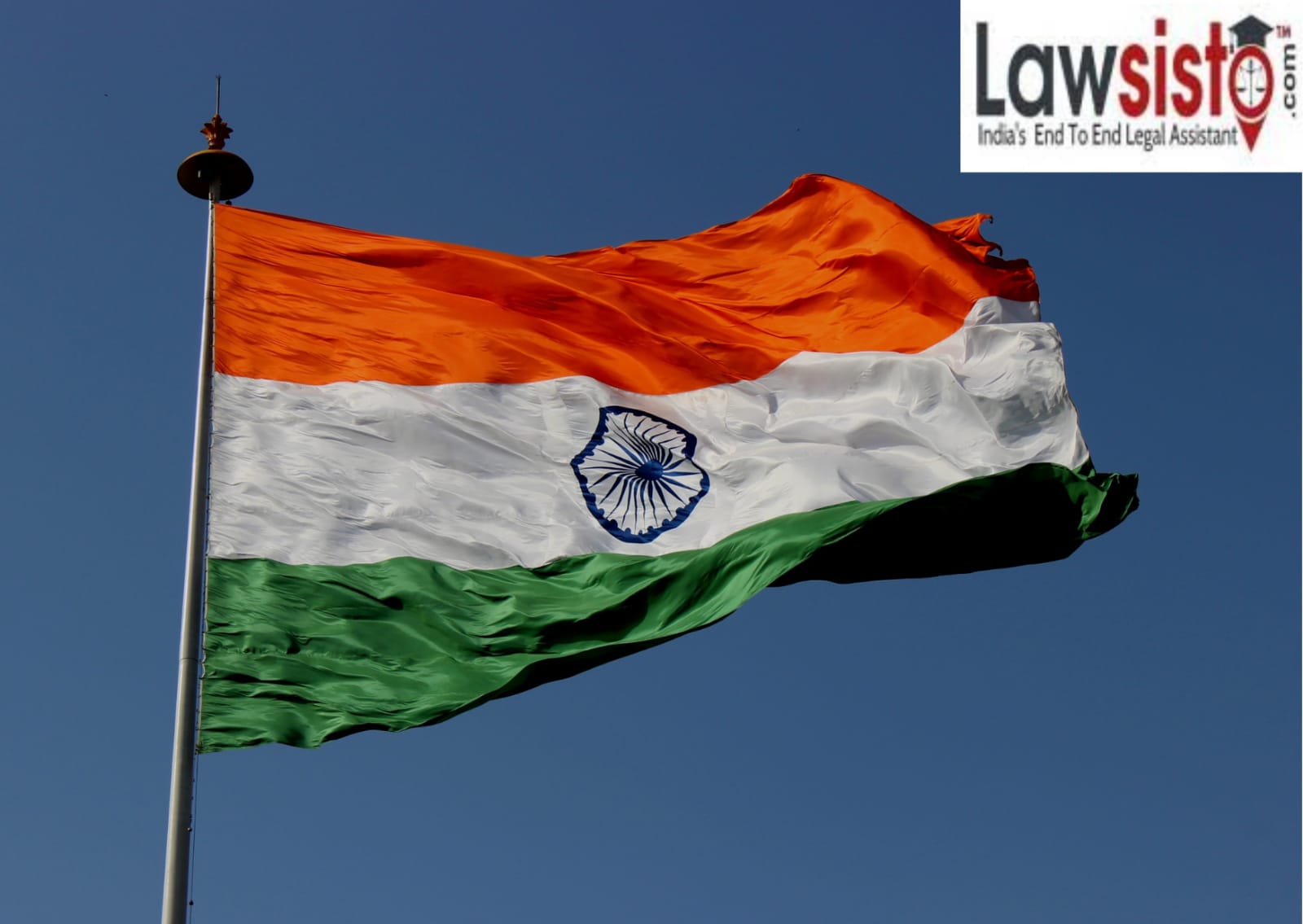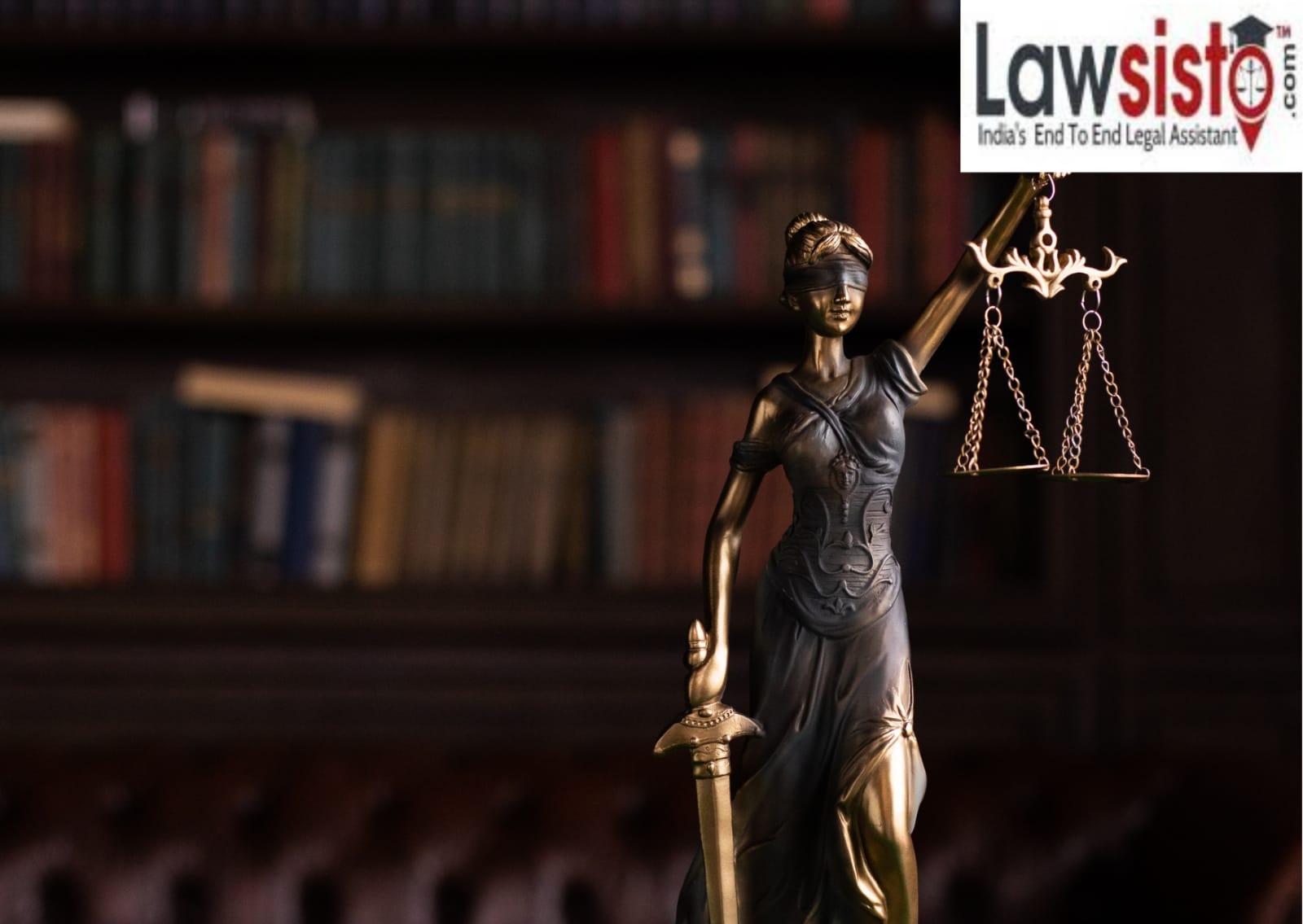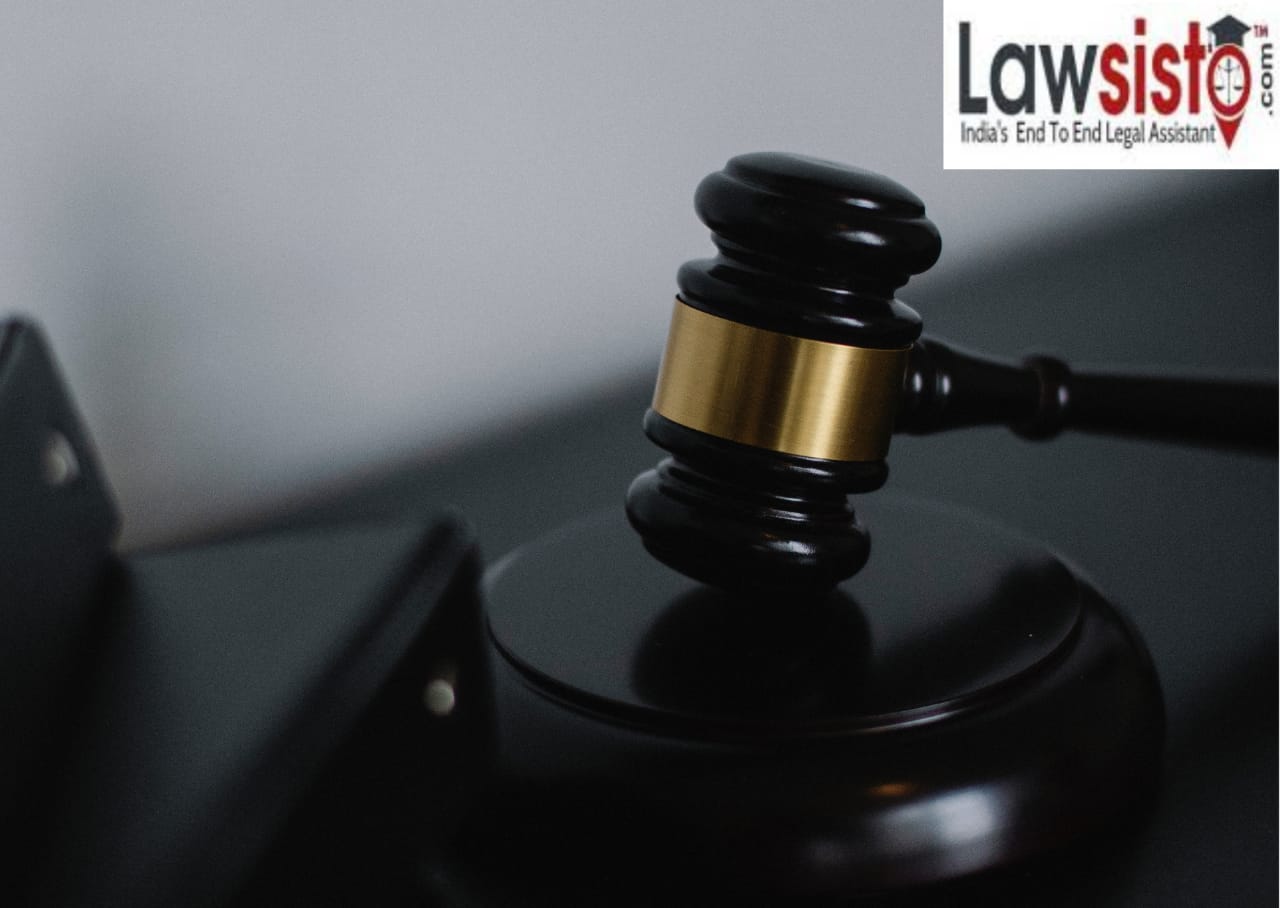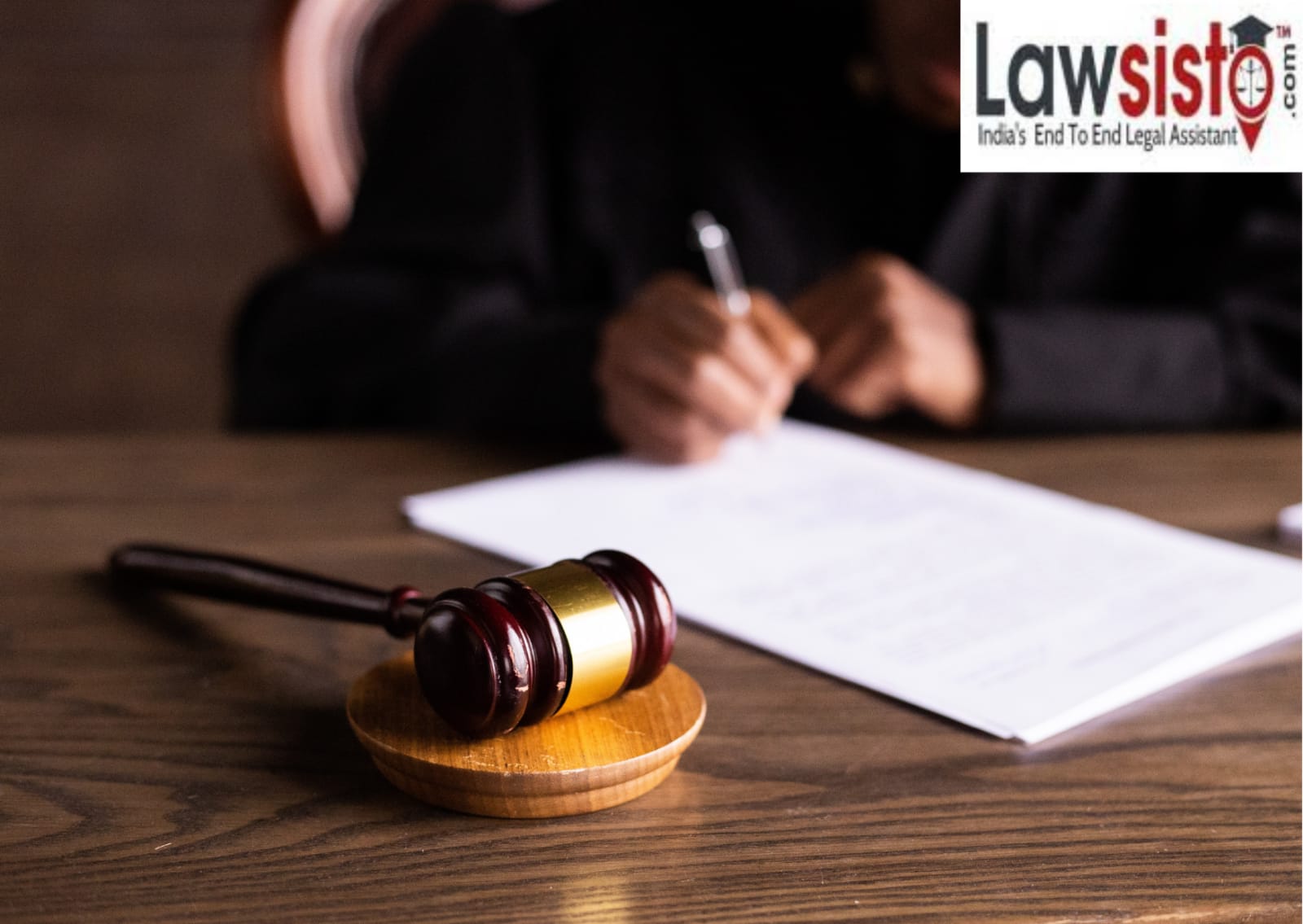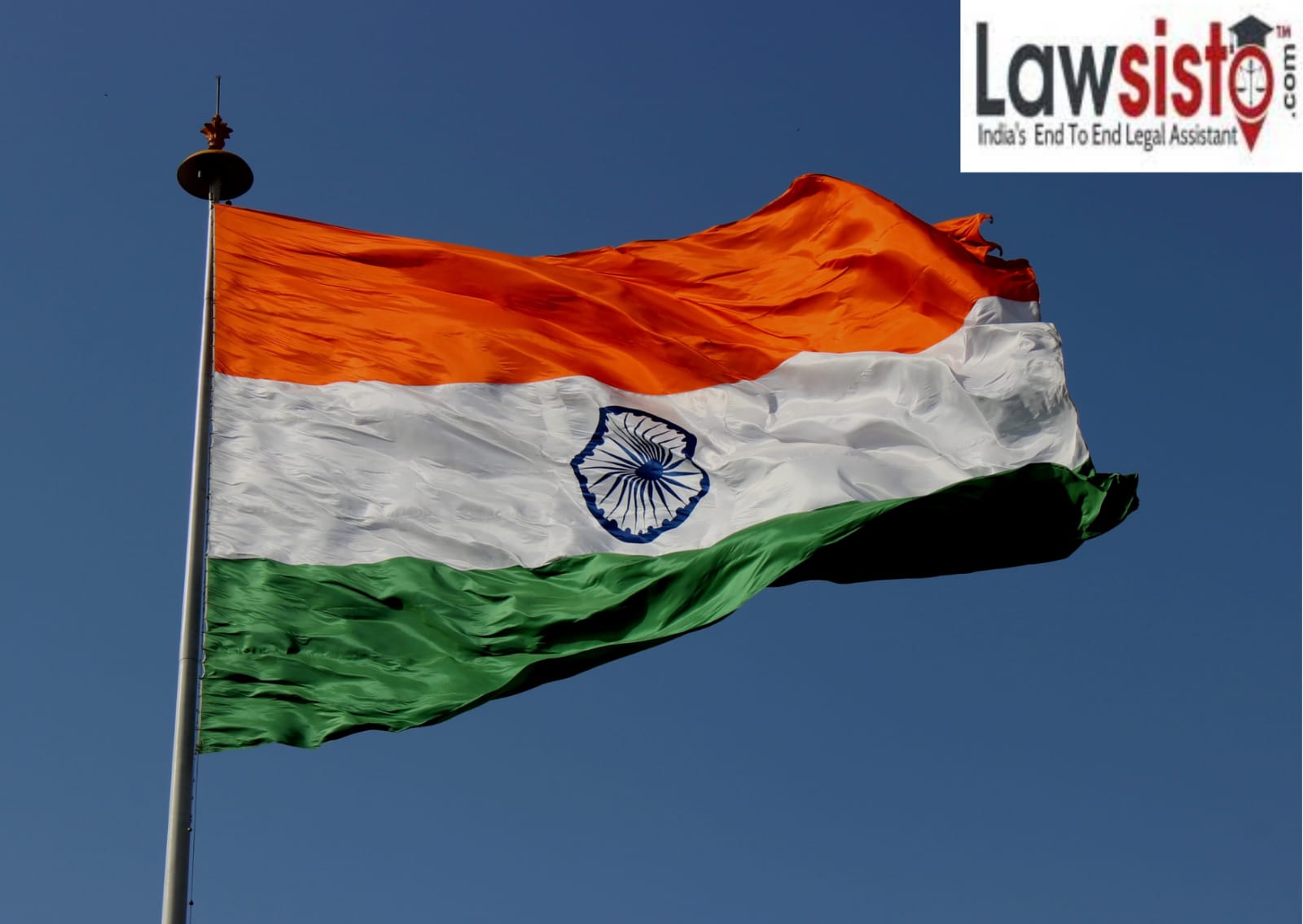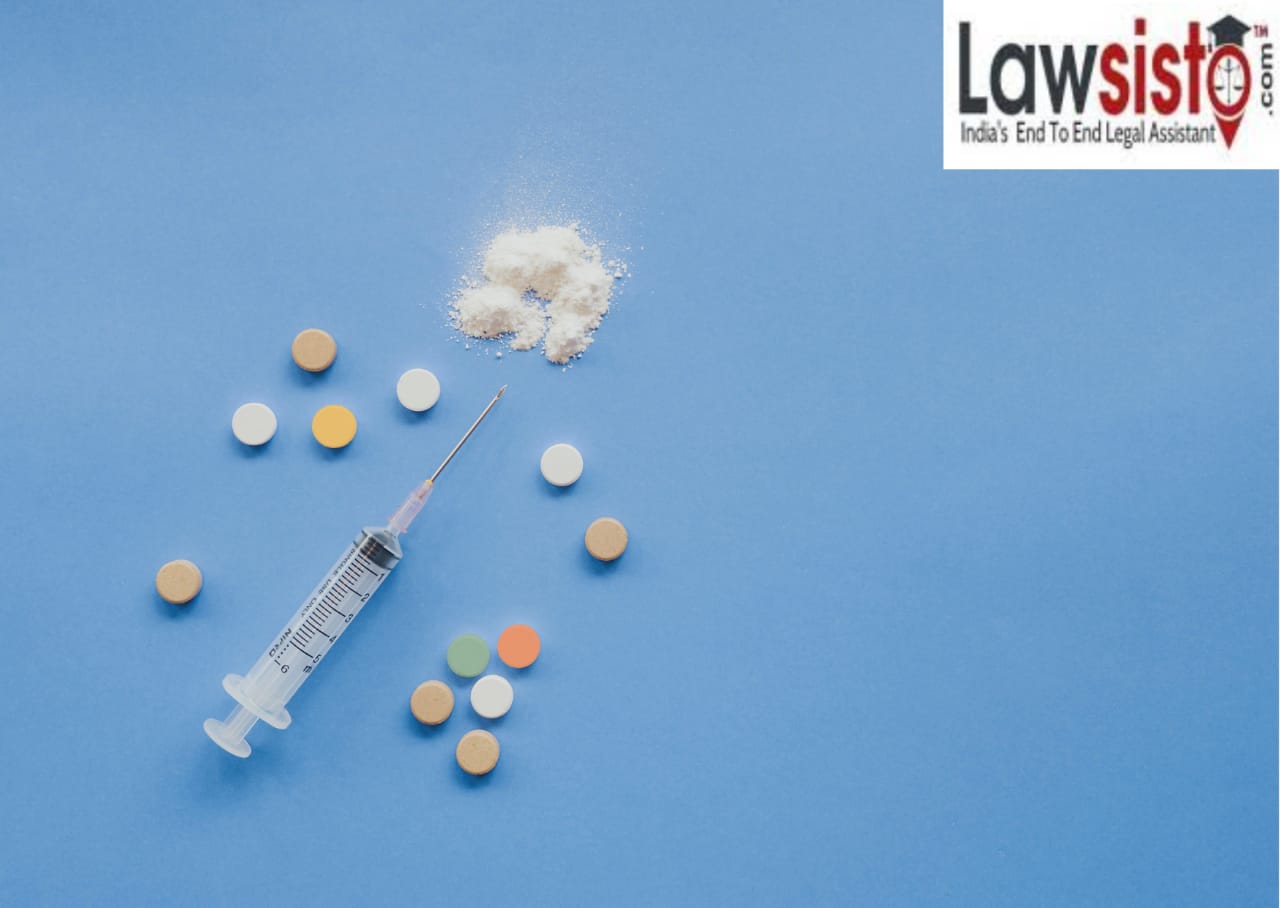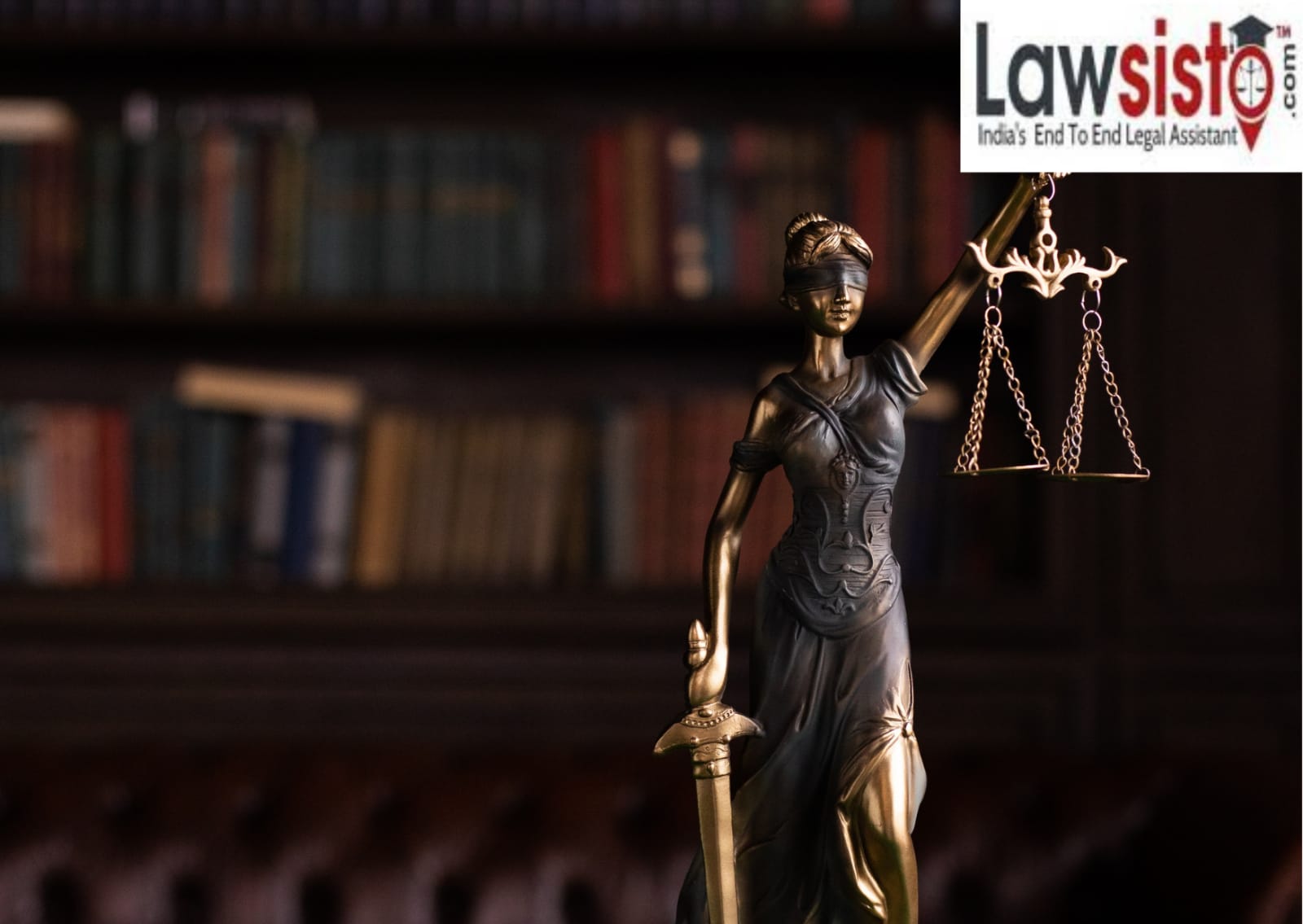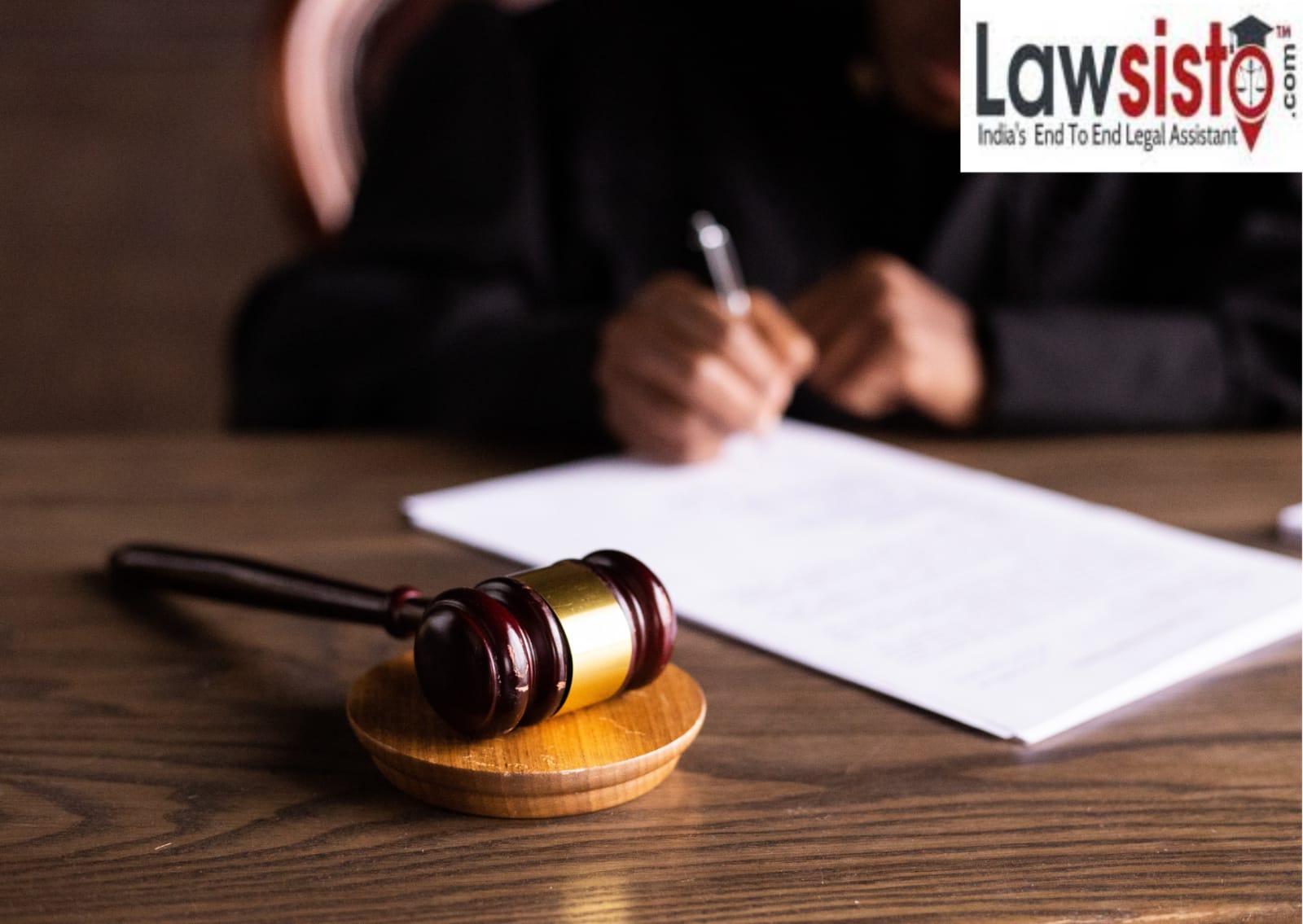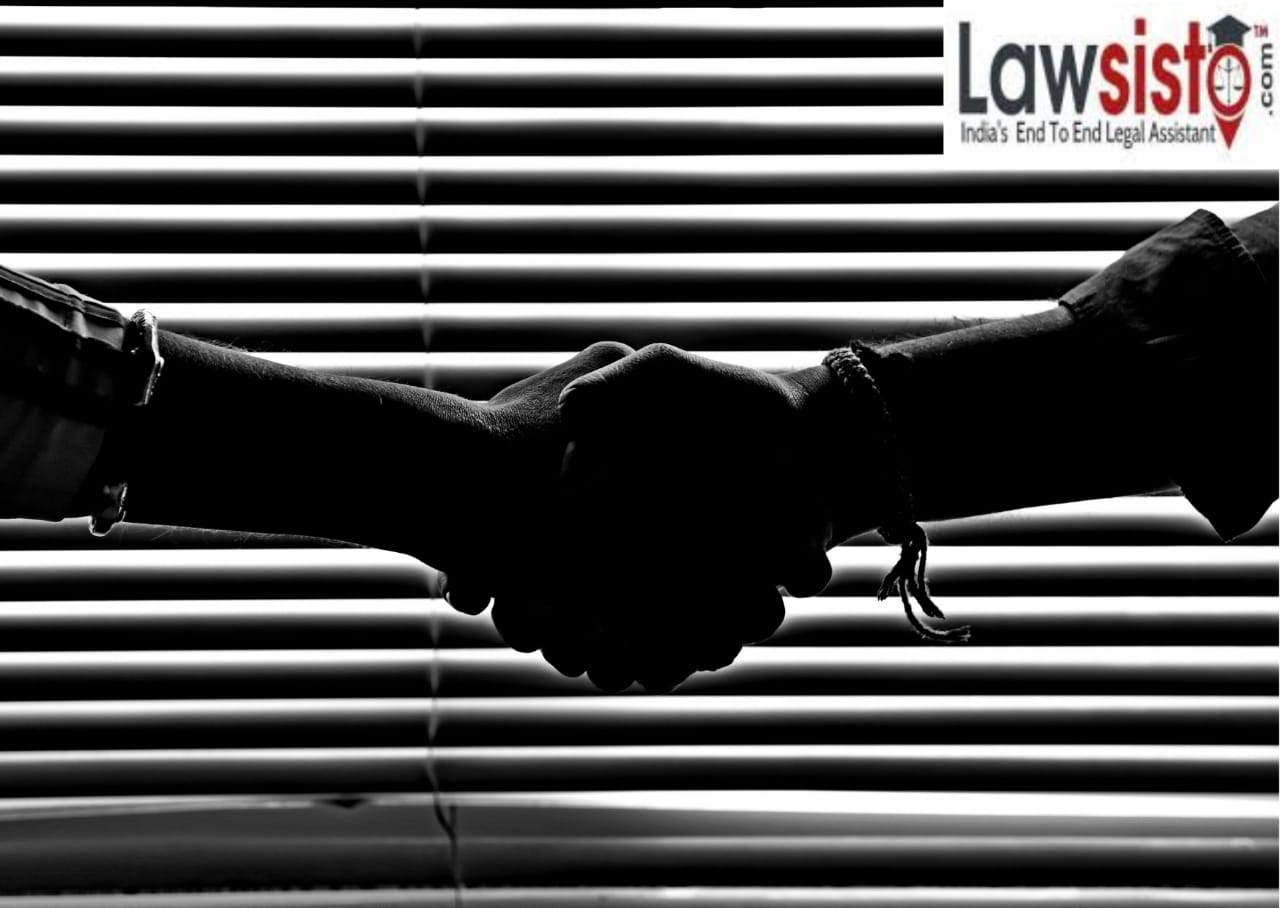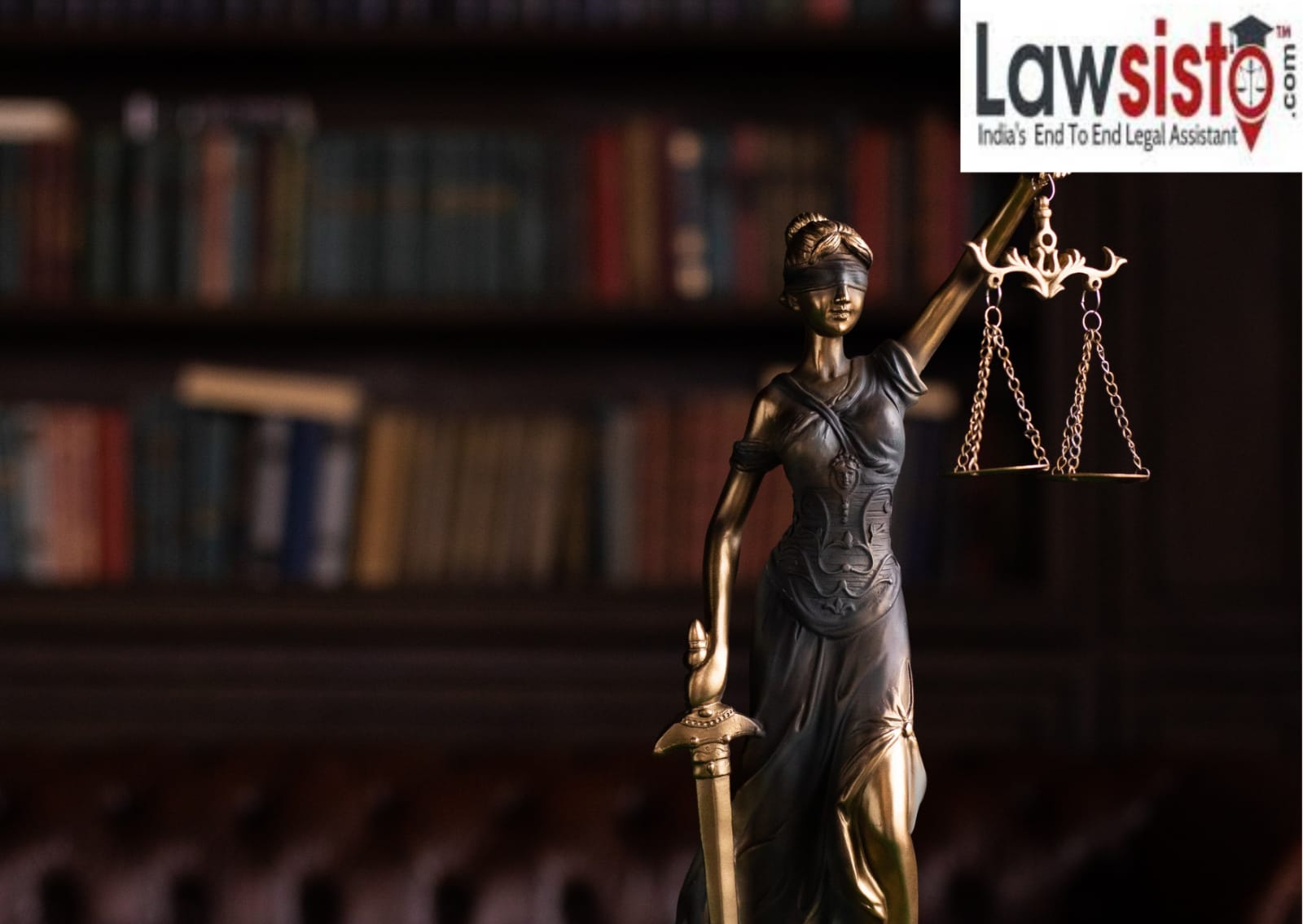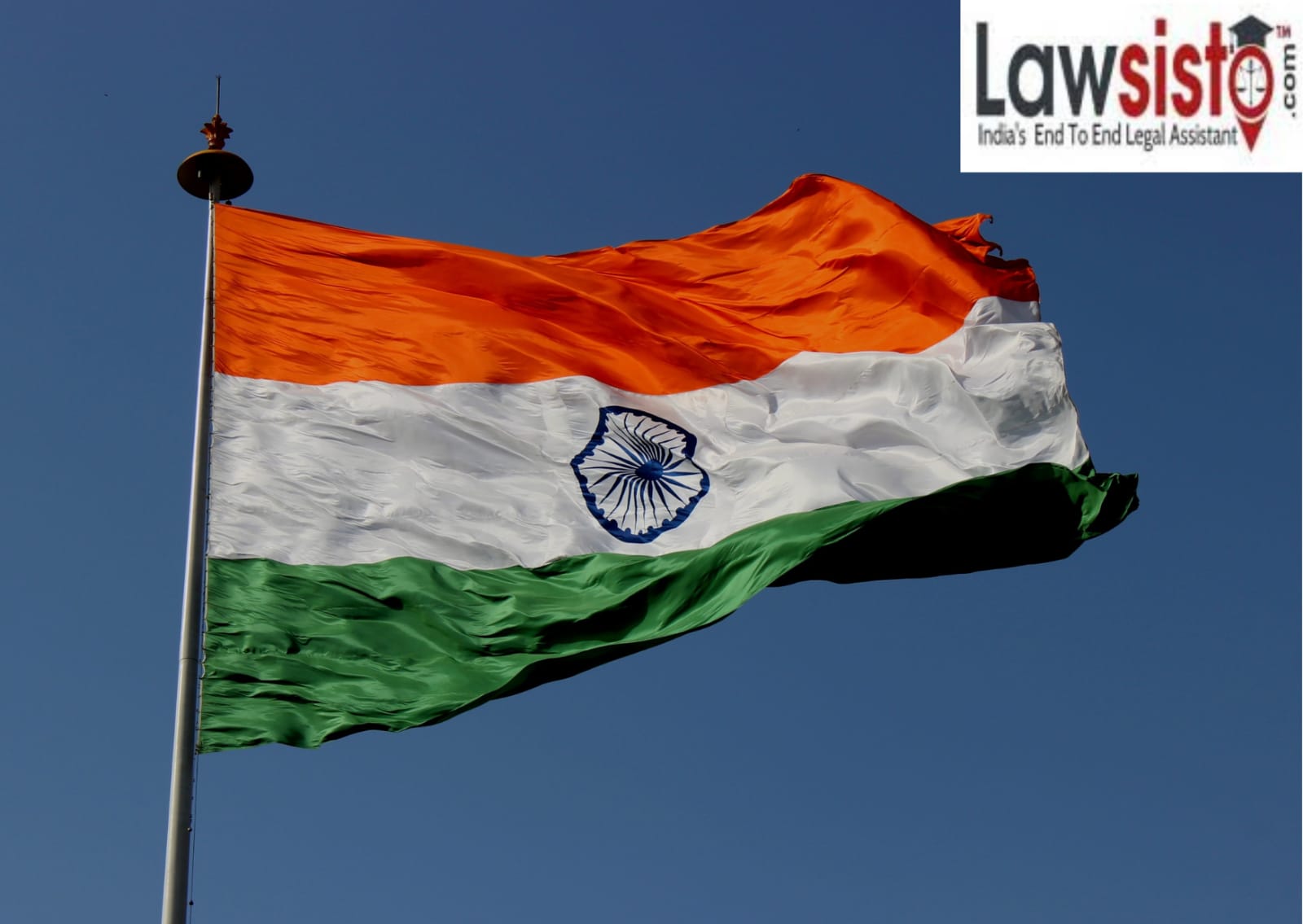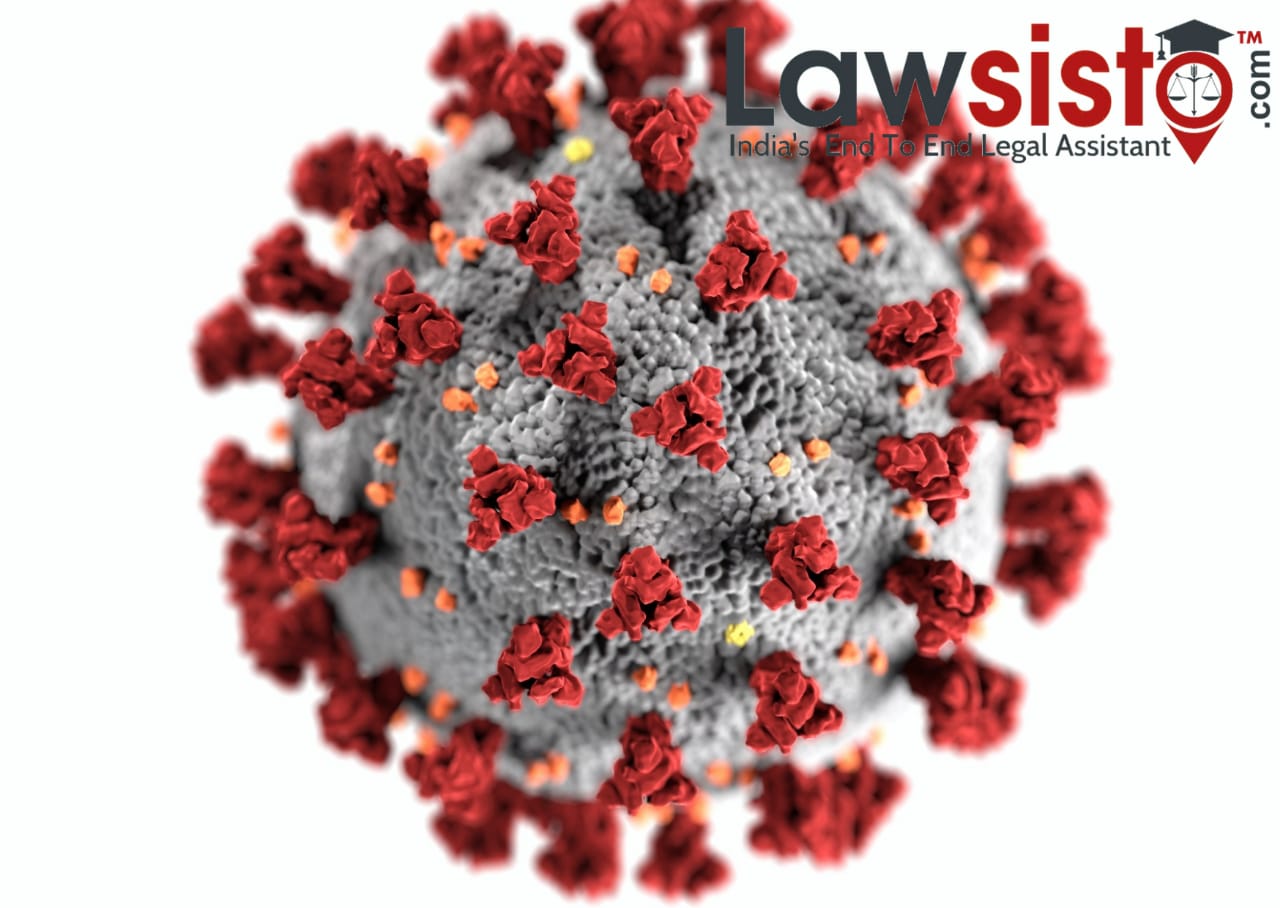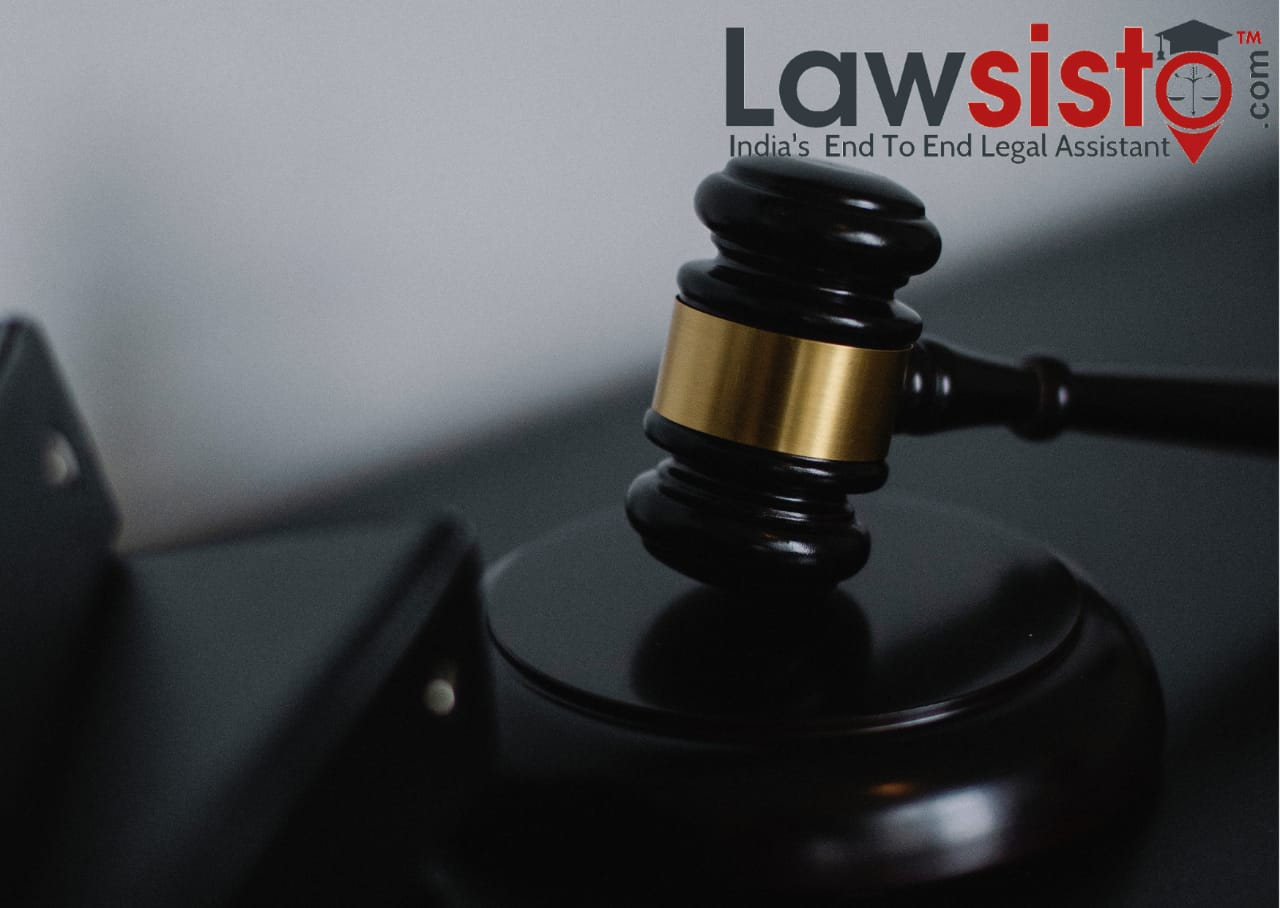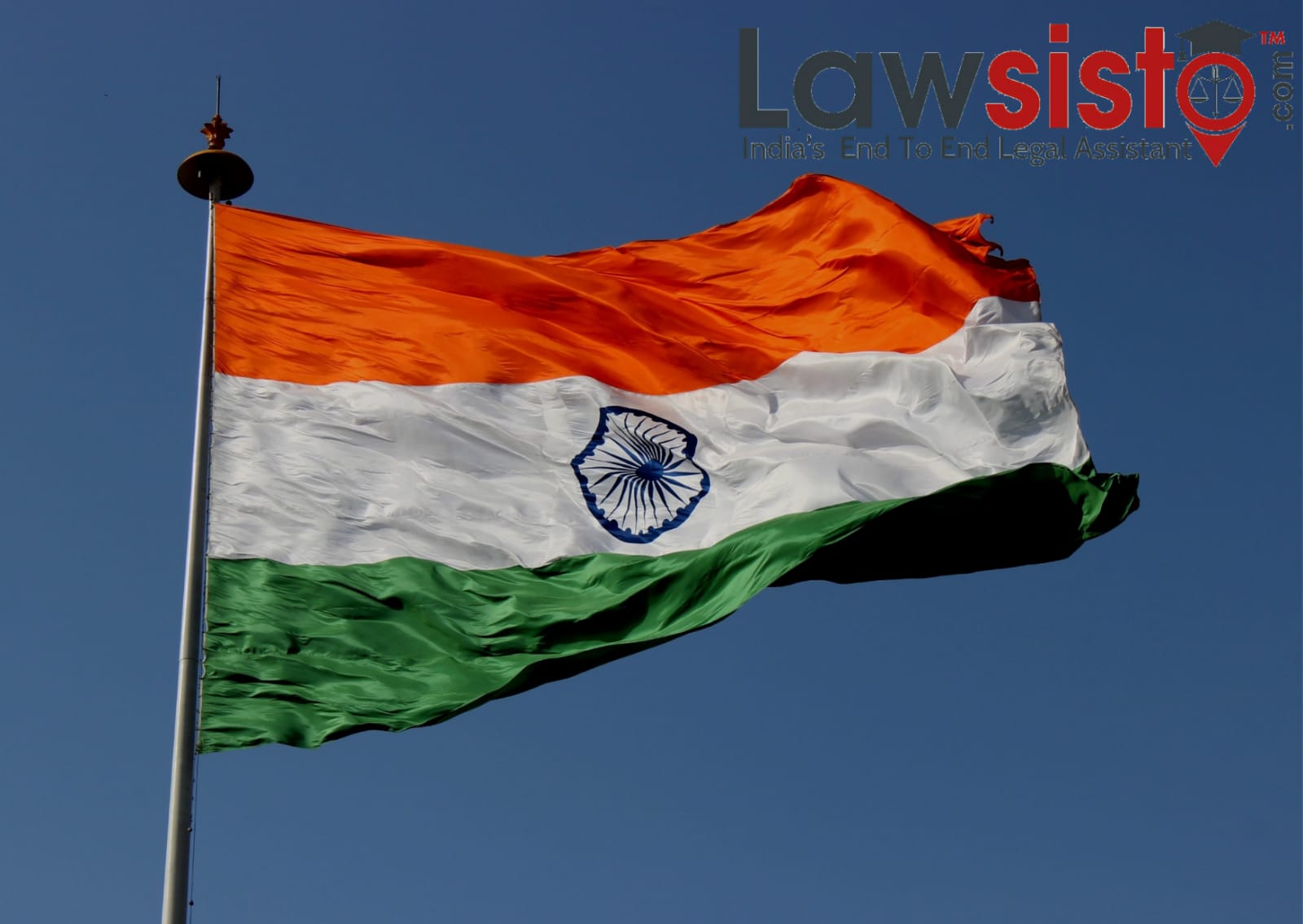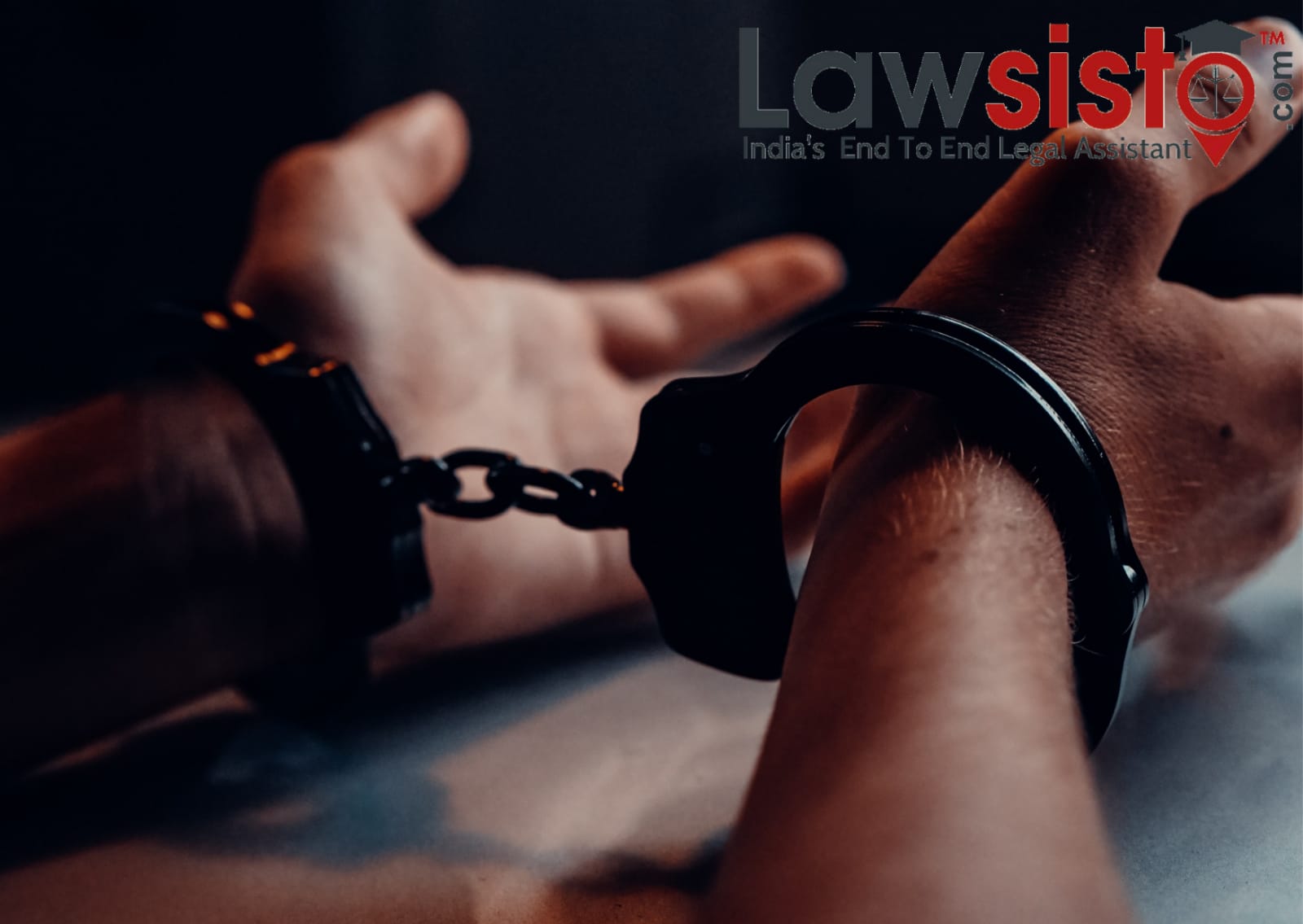Latest News
Defamation Laws In India
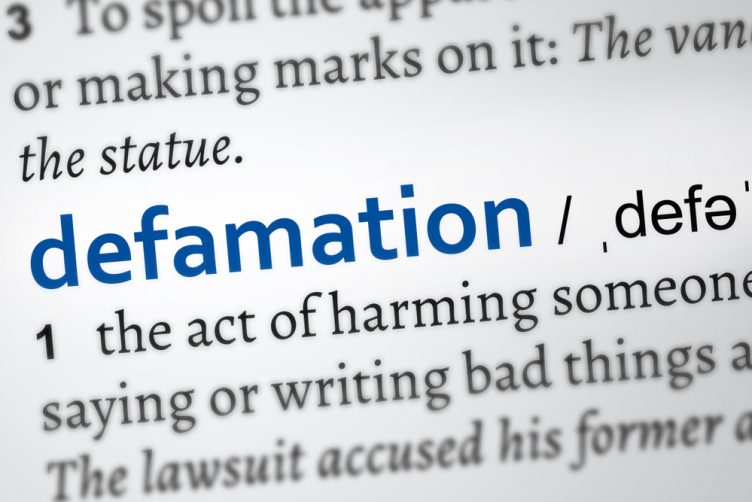
Just as a person’s property, the reputation of a person is a prized possession and in many cases more important than the property. Thus, in order to secure the right to reputation of a person, defamation laws have been put in place.
Defamation if occurs in the form of spoken words or gestures or in any transitory form then it is known as slander but if it is in writing or print then it is libel.
For defamation to exist it is essential; that the statement must be defamatory to cause injury by way of lowering his reputation, secondly, the statement must be directed to the person who is claiming that he has been defamed, thirdly, the defamatory statement must be known to some person other than the one who is claiming that he’s been defamed.
Defamation is both a civil wrong and a crime, although civil defamation just like in England, is uncodified in India, and is case law based. While the criminal defamation is punishable under sections 499 to 502 of the Indian Penal Code.
The definition of defamation is given under section 499 which says that whoever by words, signs or representations, makes or publishes any insults concerning any person with the intention or knowledge that it will harm them is said to defame that person, the punishment for same is fine or imprisonment for up to two years and is given under section 500.
Under criminal law, defamation is bailable, non-cognizable, meaning that arrest cannot be made without a warrant from the magistrate. Also once the arrest is made the person accused can seek bail and in case of compromise is reached between the victim and the accused the charges can be altogether dropped. The burden of proof though remains on the plaintiff, that the statement was derogatory and defamatory.
Along with the definition, section 499 also provides ten exceptions, for instance, good faith, imputation of truth, opinion on merits of a case decided in court, etc., the accused can use these to prove that statement was not defamatory.
In addition to section 499 and 500, IPC also provides with sections 501 and 502 which punishes the act of printing or engraving defamatory matters, for example, the publisher of a newspaper would be liable under section 501 and in case a person is involved in the sale of the defamatory matter then he will be liable under section 502 and both these offenses are punishable with imprisonment up to two years or with fine or both and are non-cognizable and bailable offenses.
In the case of civil defamation in India, the law remains uncodified and thus is dependent upon judge-made law. If a person is seeking a remedy under civil law then he can file a suit in the High Court or lower court seeking damages by way o monetary compensation. In case of a civil suit it does not need to be proved that intention for defamation was there or not, once it is proved that a defamatory statement has been made, the suit subsists.
One aspect of defamation is the defamation that is faced in cyberspace which is termed as ‘cyber defamation’ or in common parlances are called ‘trolls’. Cyber defamation takes place on mediums like Facebook, Twitter, etc. and sometimes entails publishing of private emails as well. The defamation law in case of cyber defamation applies similarly as it is applied in case of physical defamation. In addition to the Indian Penal Code certain sections of the Information Technology Act, 2000 are also attracted in the case of digital defamation.
Section 66A of the Information & Technology Act, 2000 was quashed by the Supreme Court in the case of Shreya Singhal vs. Union of India[i], with regard to the ambiguity involving the word ‘offensive’ and section 66A stated that sending any offensive message to a computer or any other communication device would be an offense. Such a use of the term led to the misuse of this section at the hands of the government and acted as a fetter on the freedom of speech and expression.
Law of defamation protects those who feel that they have been wronged by someone’s statement and which has caused an injury to their reputation and thus this law in a way protects those who have a public image or their goodwill which is damaged due to someone’s false remarks. This law should be put to good use and not just remain a tool in the hands of the powerful to curb the right of speech and expression of others.
[i] AIR 2015 SC 1523
